Specialization in design and chocolate sculpture: Modeling, textures and edible sculptures

Learn to create edible sculptures with advanced design and modeling techniques in chocolate, highlighting unique textures and flavors
Explore the fascinating world of chocolate through a specialization that will help you master its art and design in all its forms. Learn to create innovative and enticing textures with BRIK chocolate, while discovering the artistic potential of cacao. Immerse yourself in the creation of unique artisanal chocolates with flavor and color combinations thanks to the techniques of Juan Gutiérrez. Improve your 3D modeling skills by designing detailed animal figures with Marc Suárez, who will also teach you how to create edible sculptures that challenge creative boundaries.
Develop a professional approach to presenting your culinary creations with Victoria Granof, an expert in creative direction and styling for food brands. This specialization gives you all the tools you need to build a stunning portfolio, from creating visually stunning textures to the commercial presentation of artistic products. Join this journey where chocolate becomes a means of artistic expression, taking your skills to new levels and opening doors to opportunities in artistic pastry and gourmet chocolate.
What will you learn in this specialization?

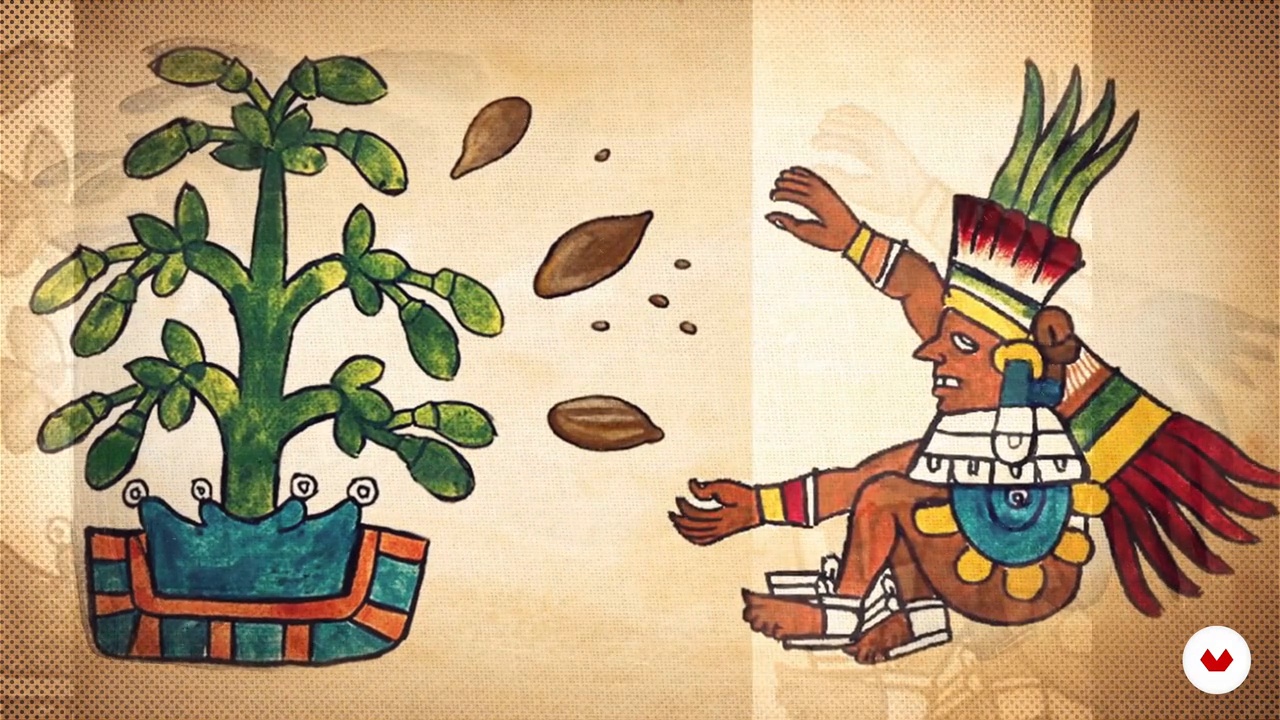
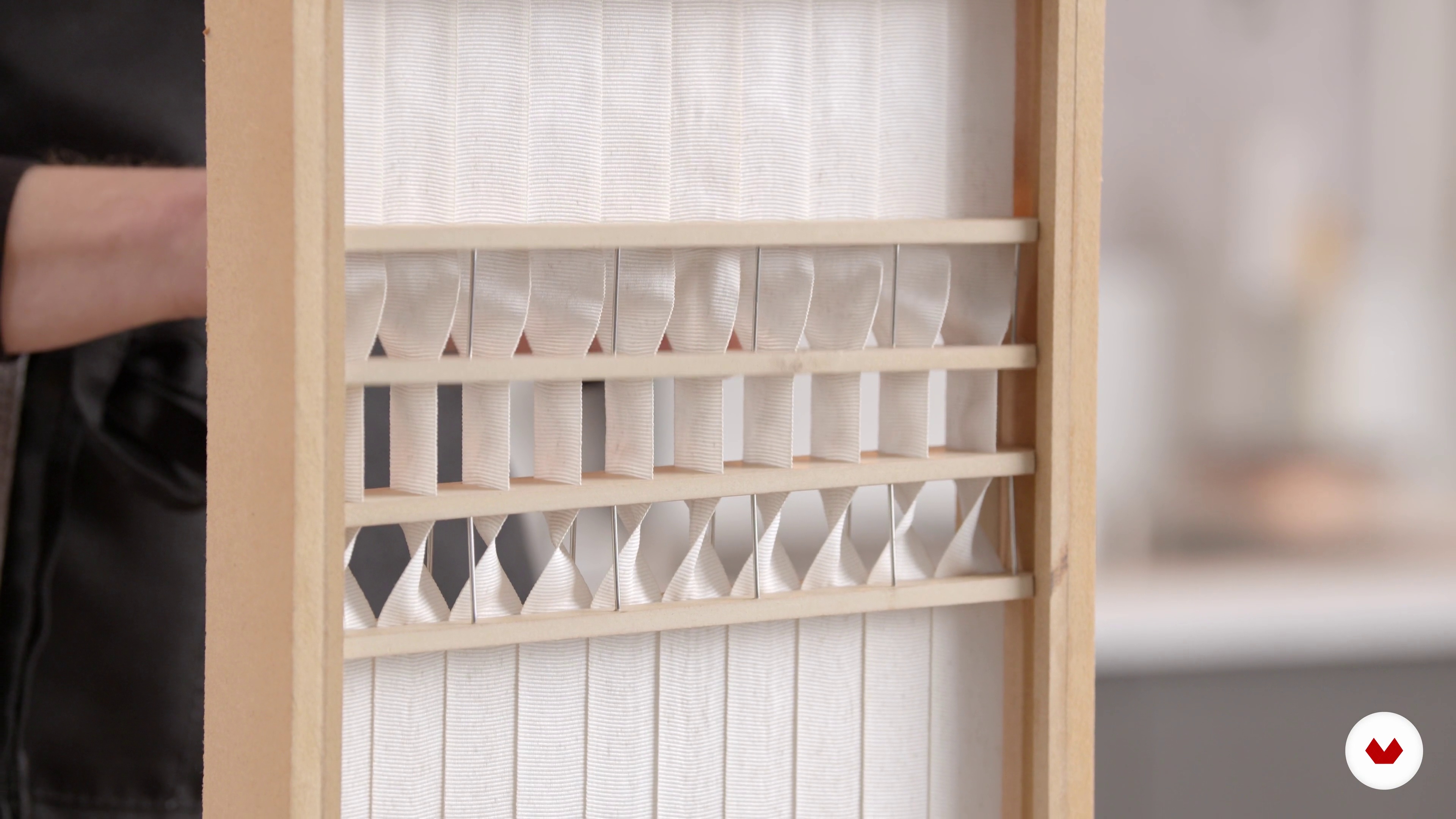
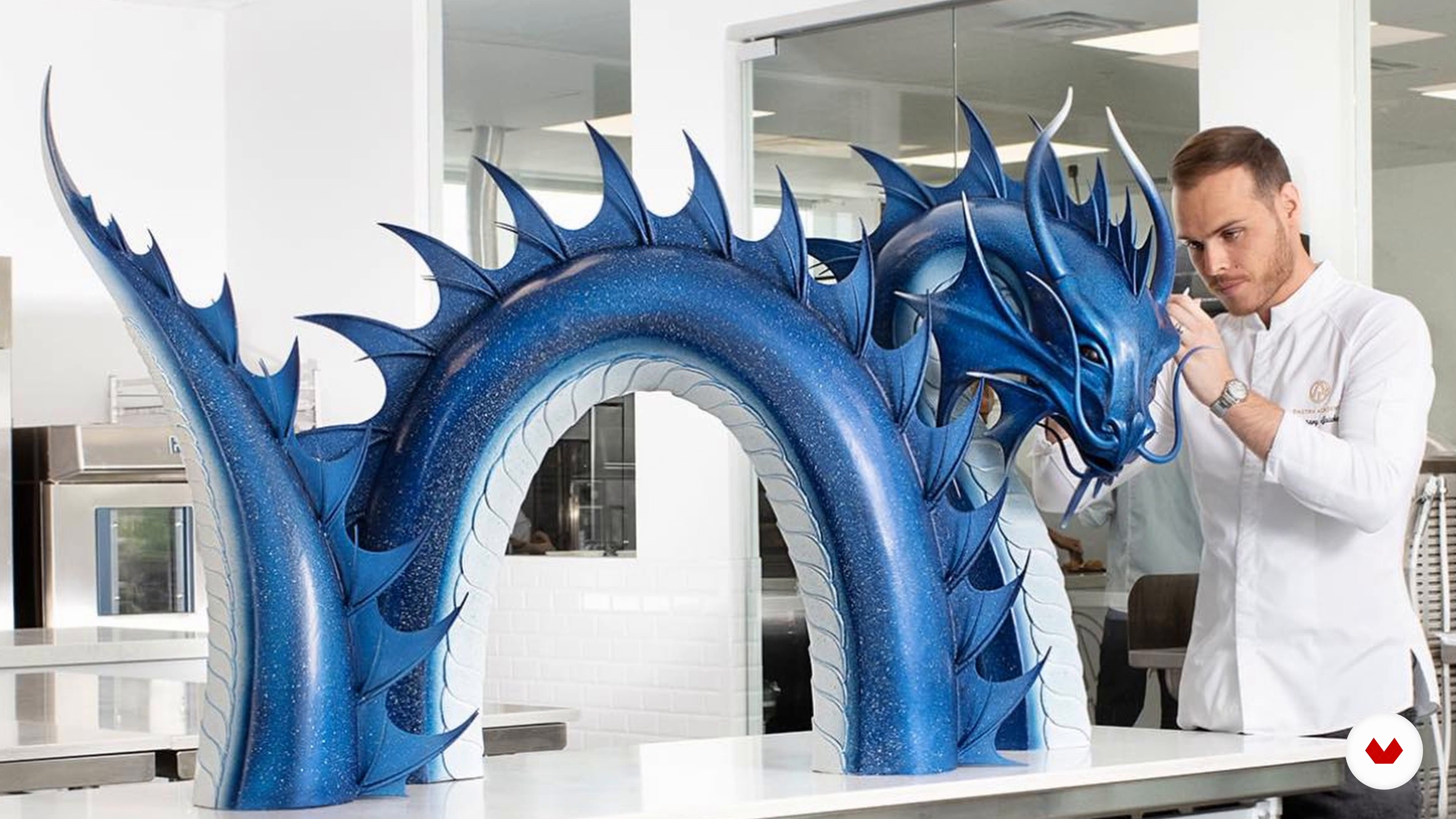
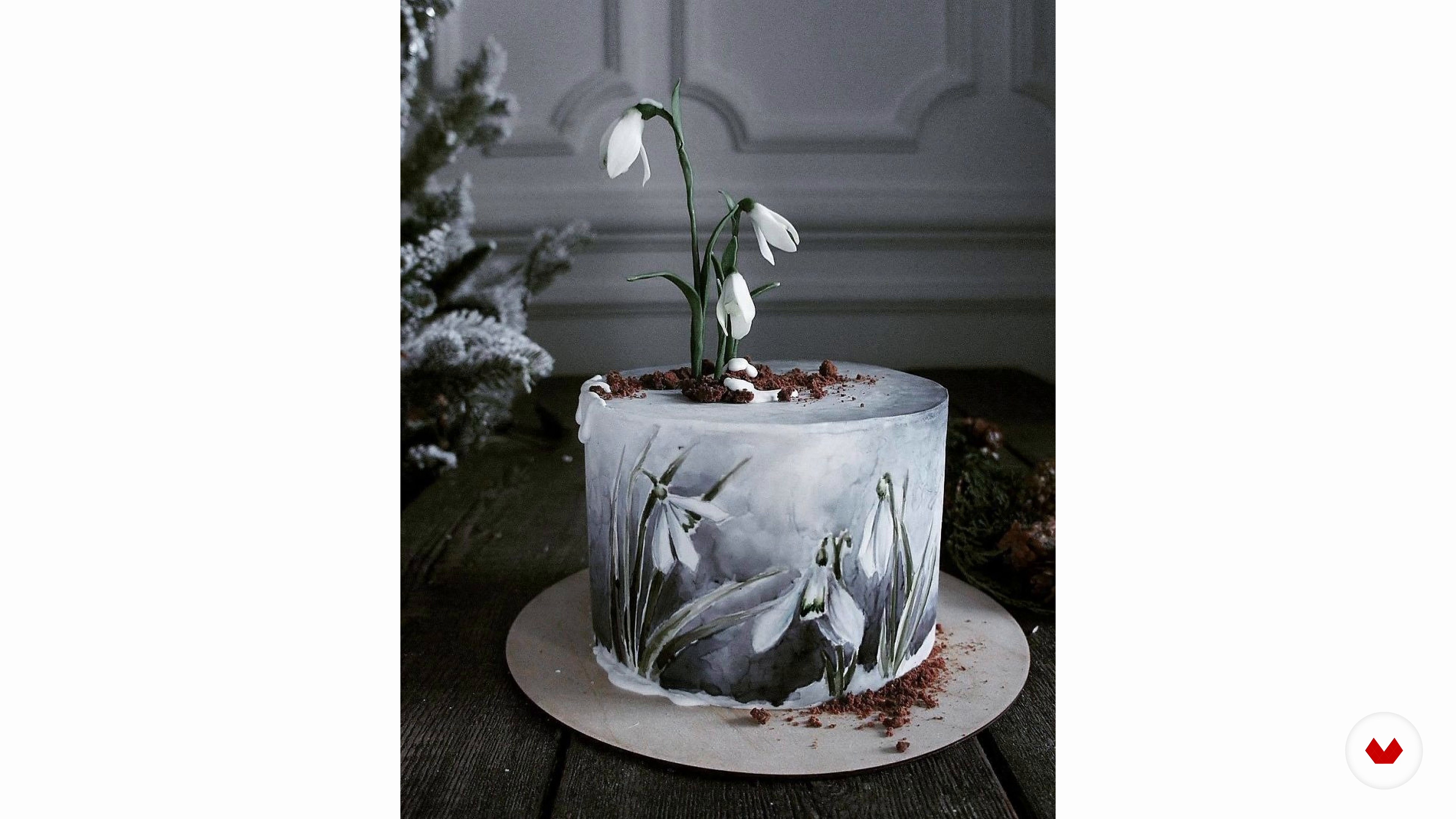
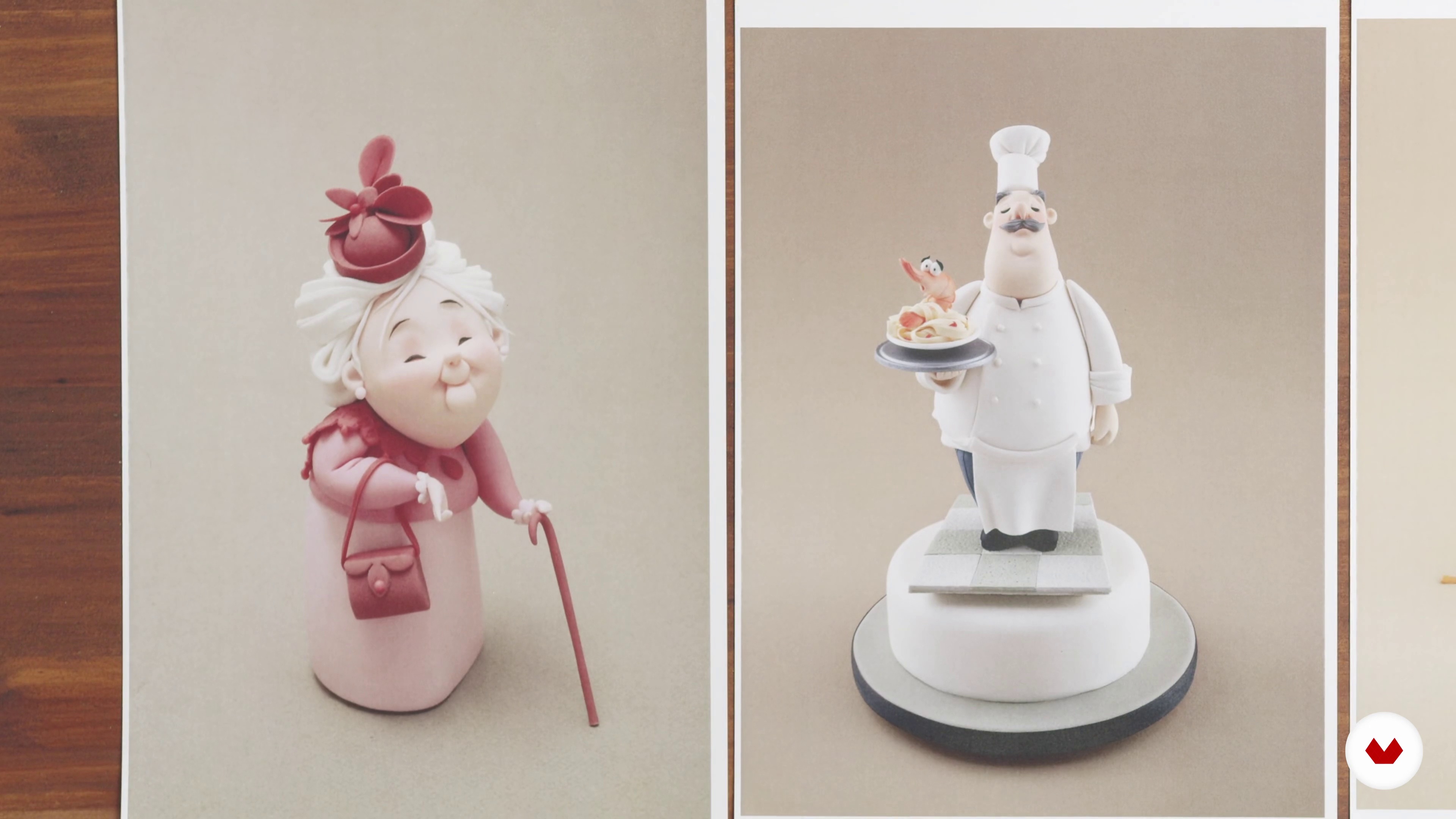
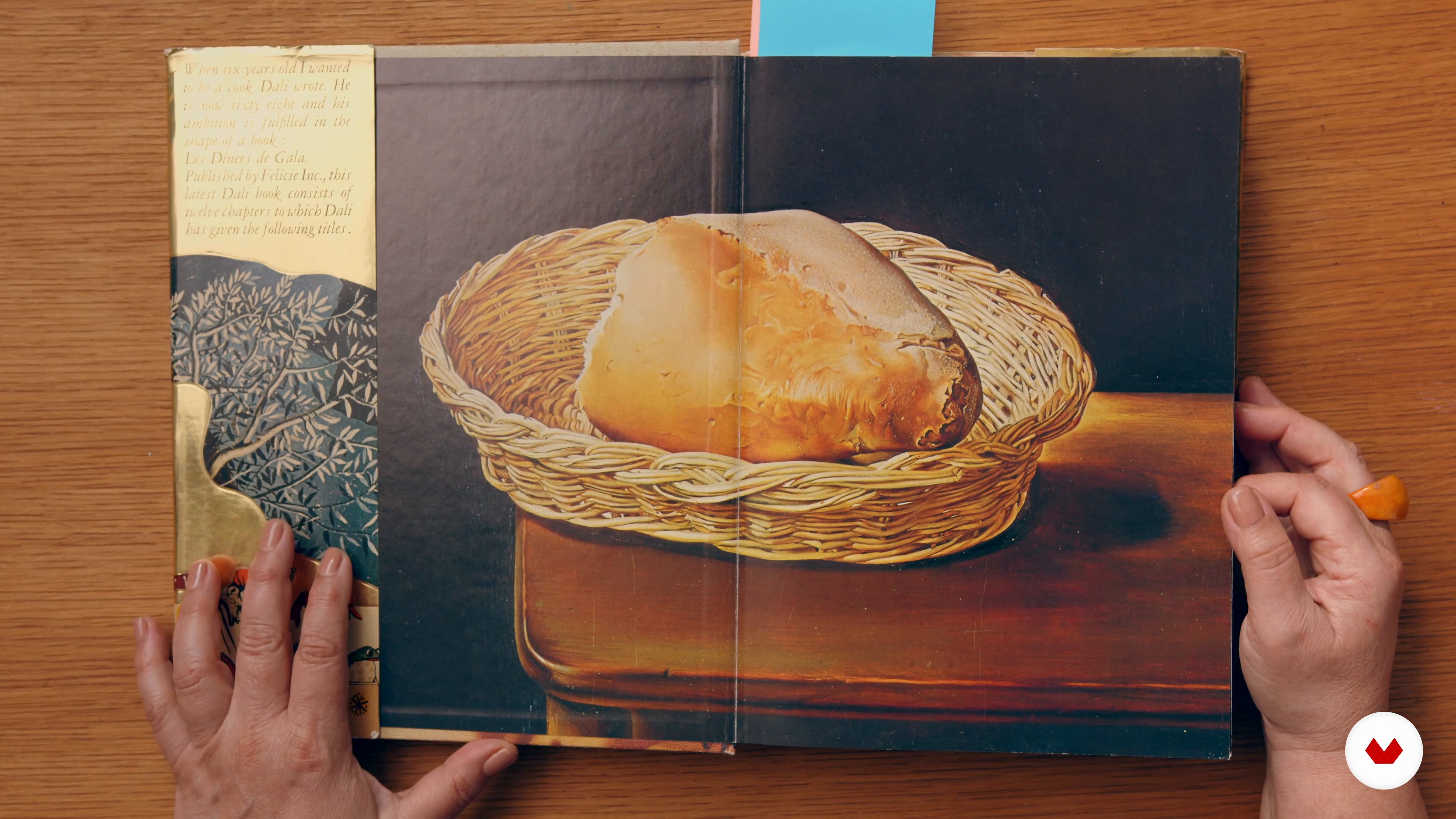

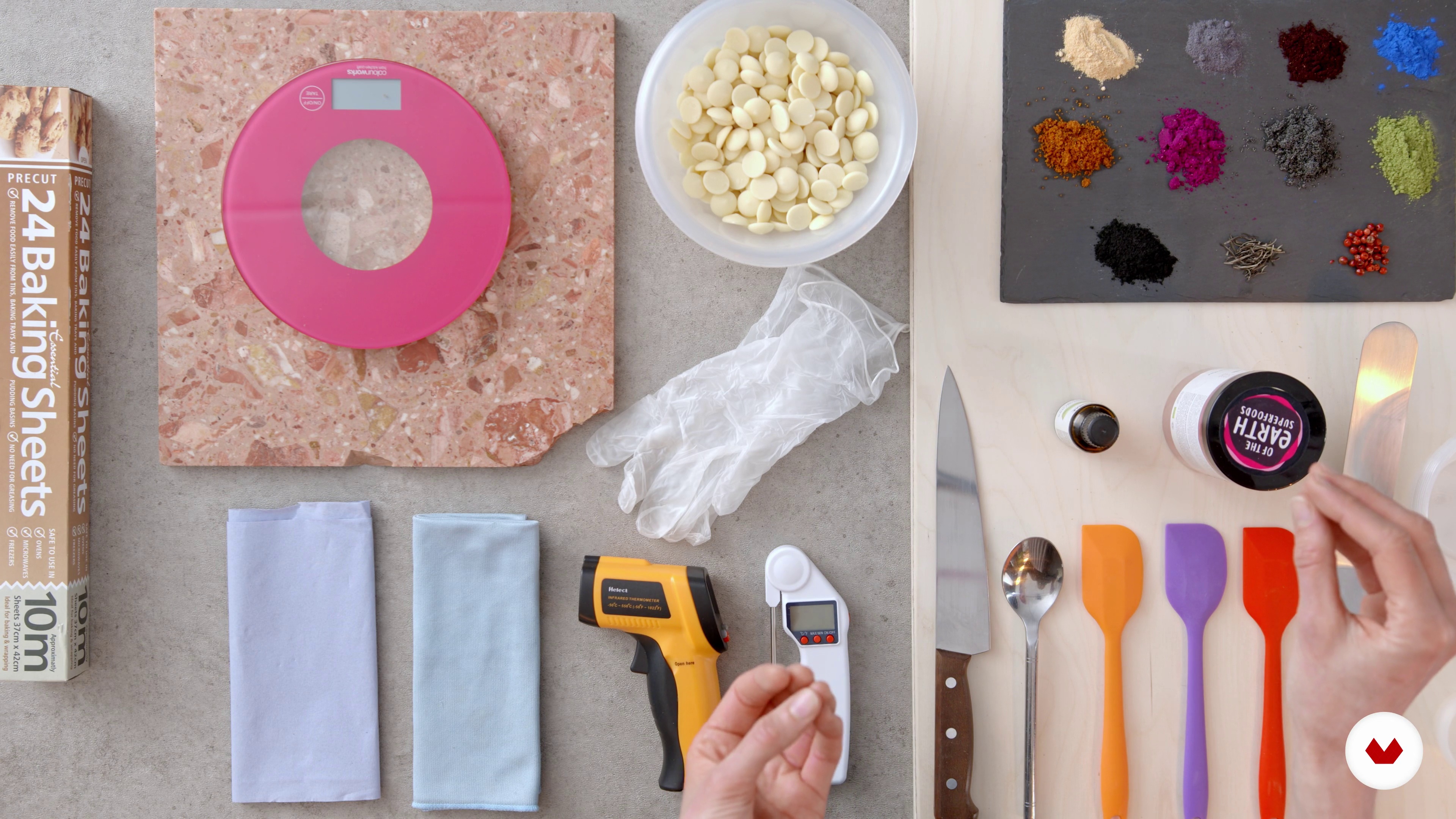
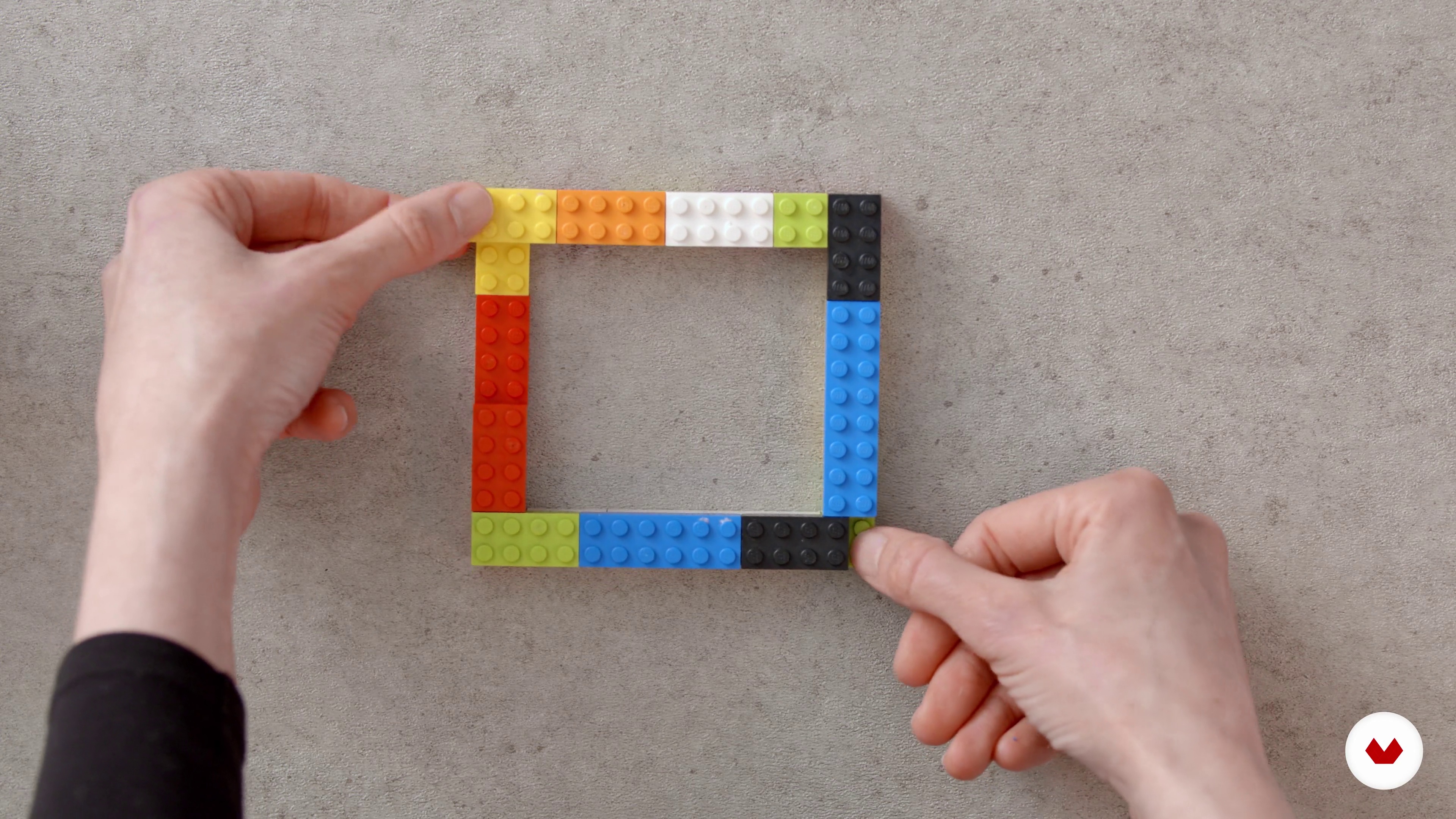
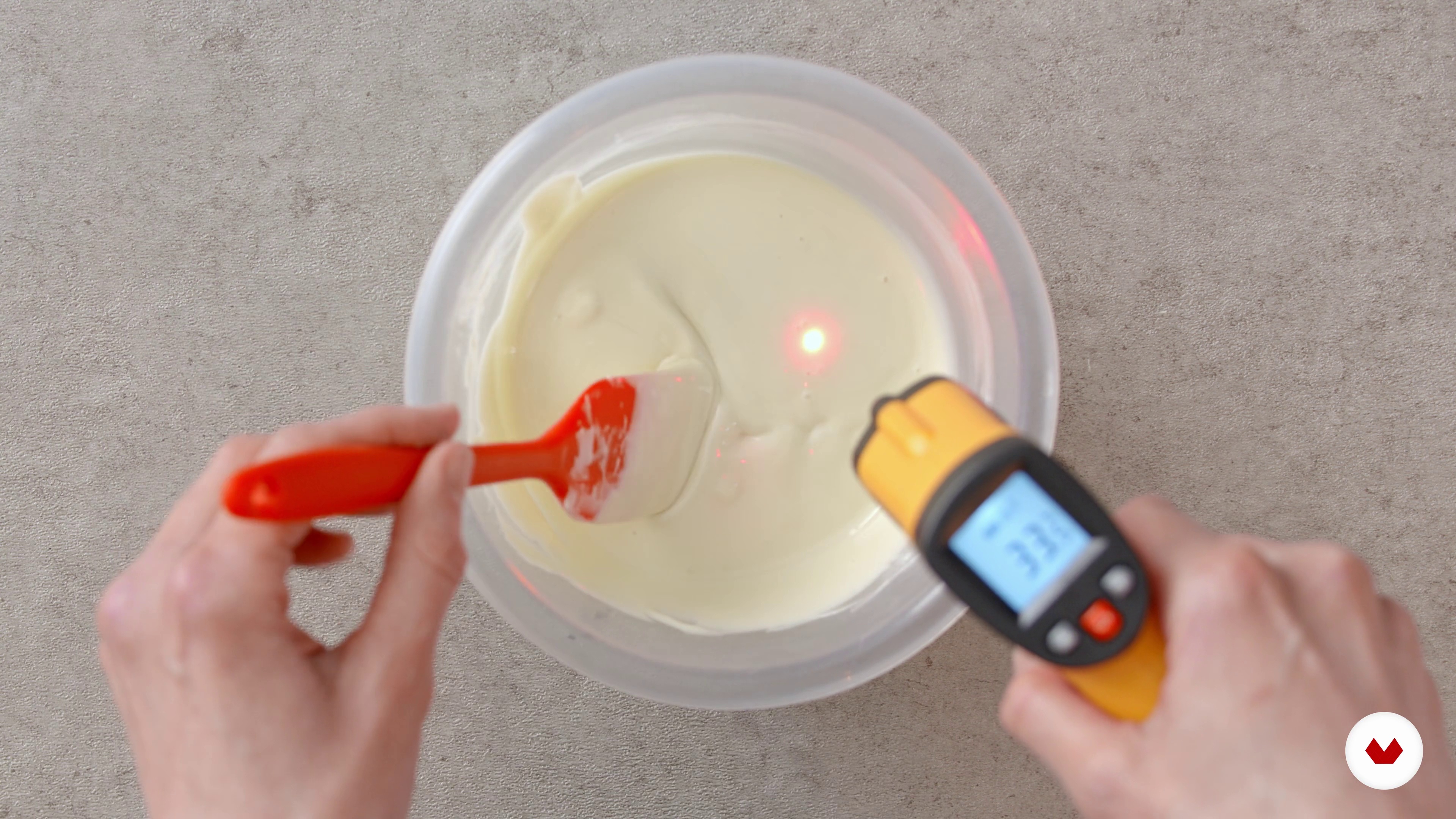
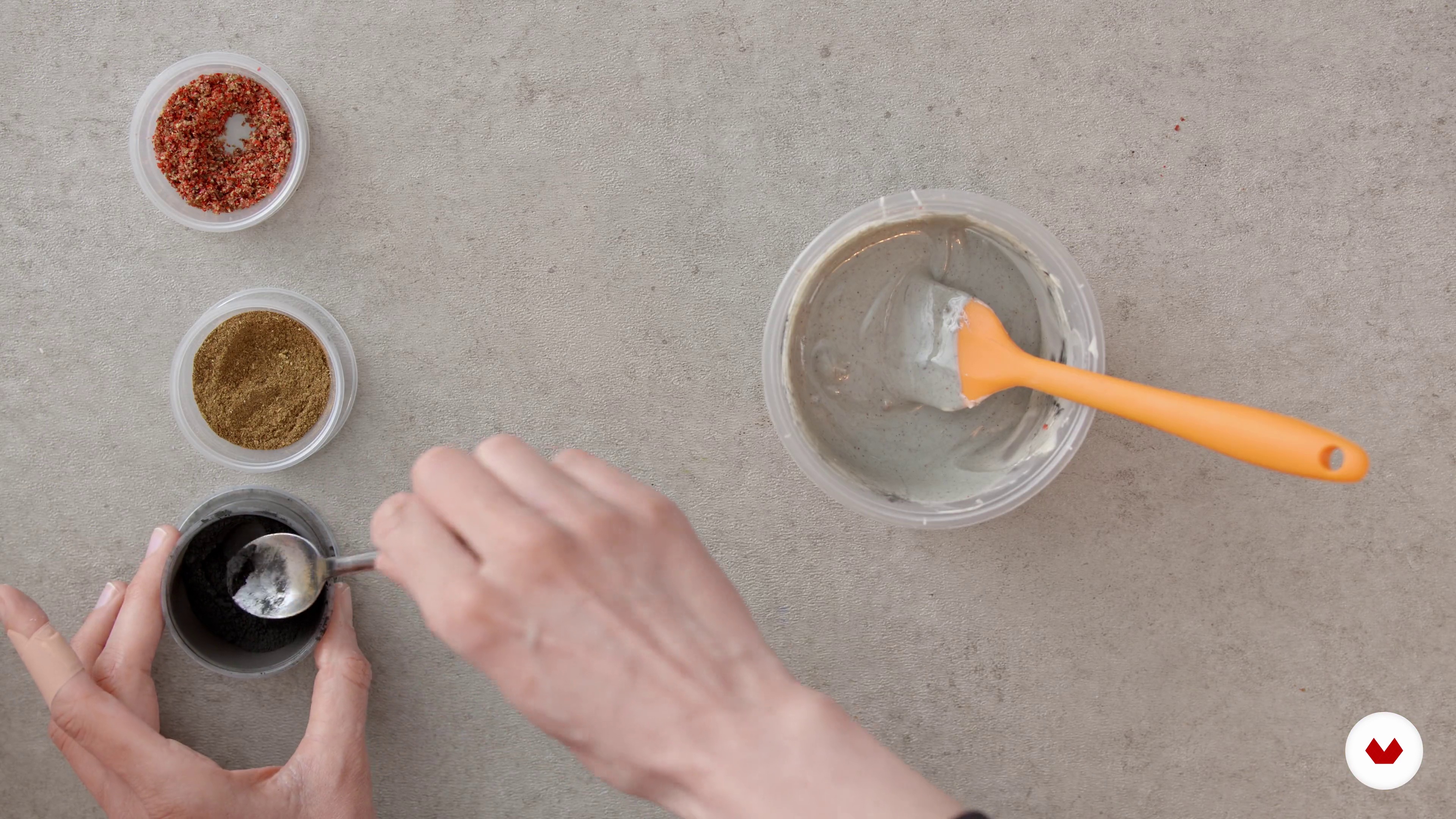
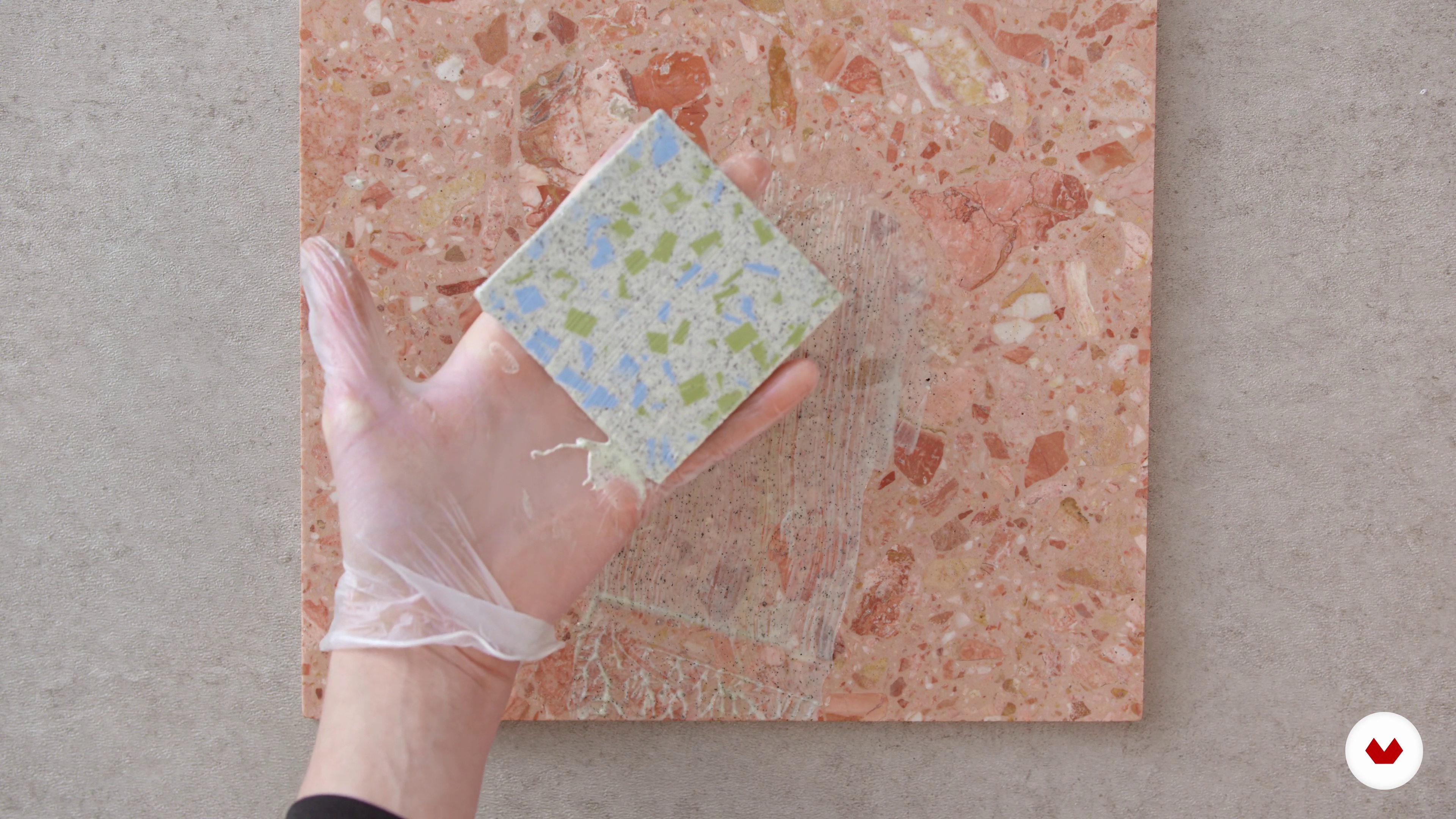


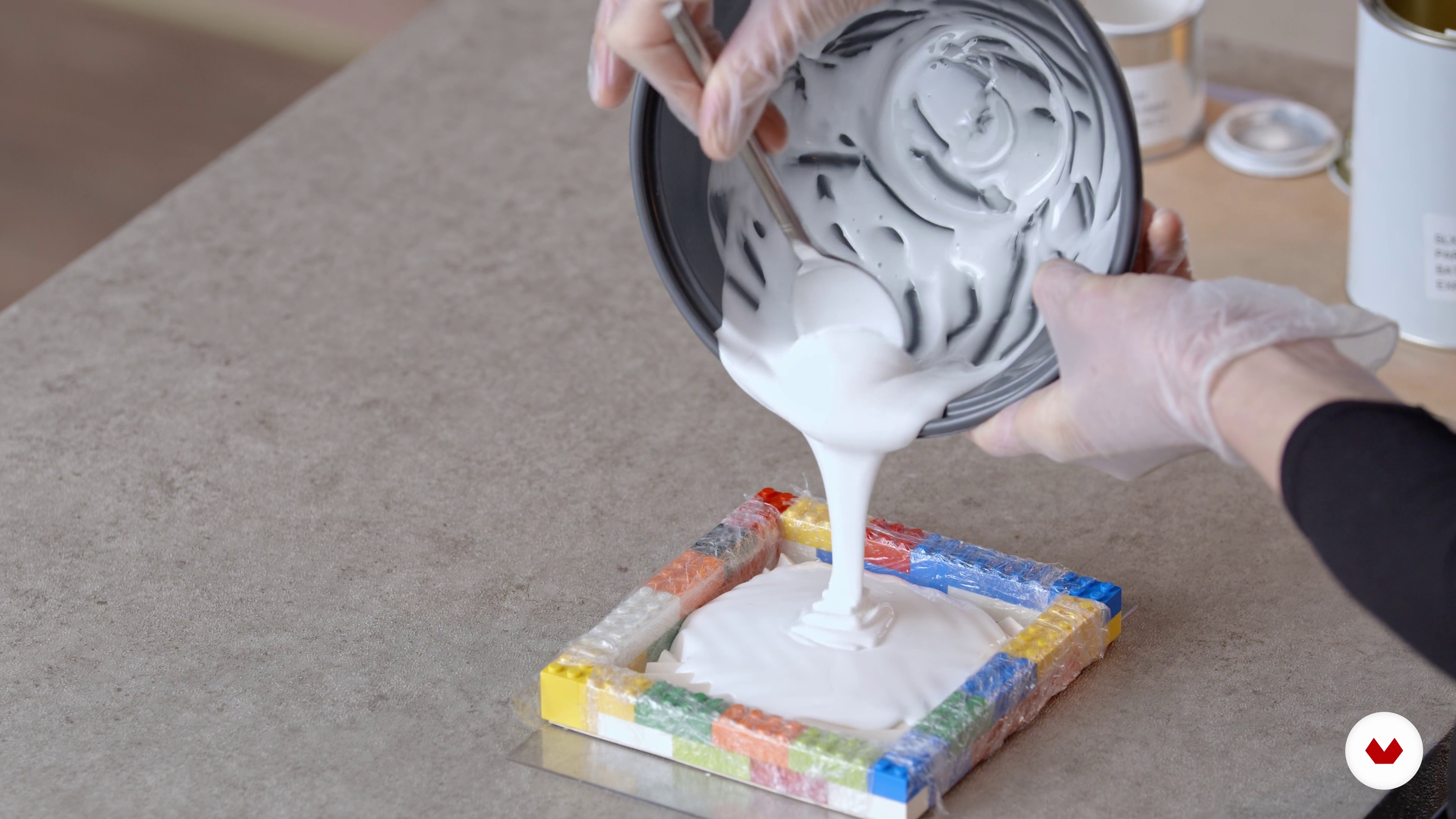
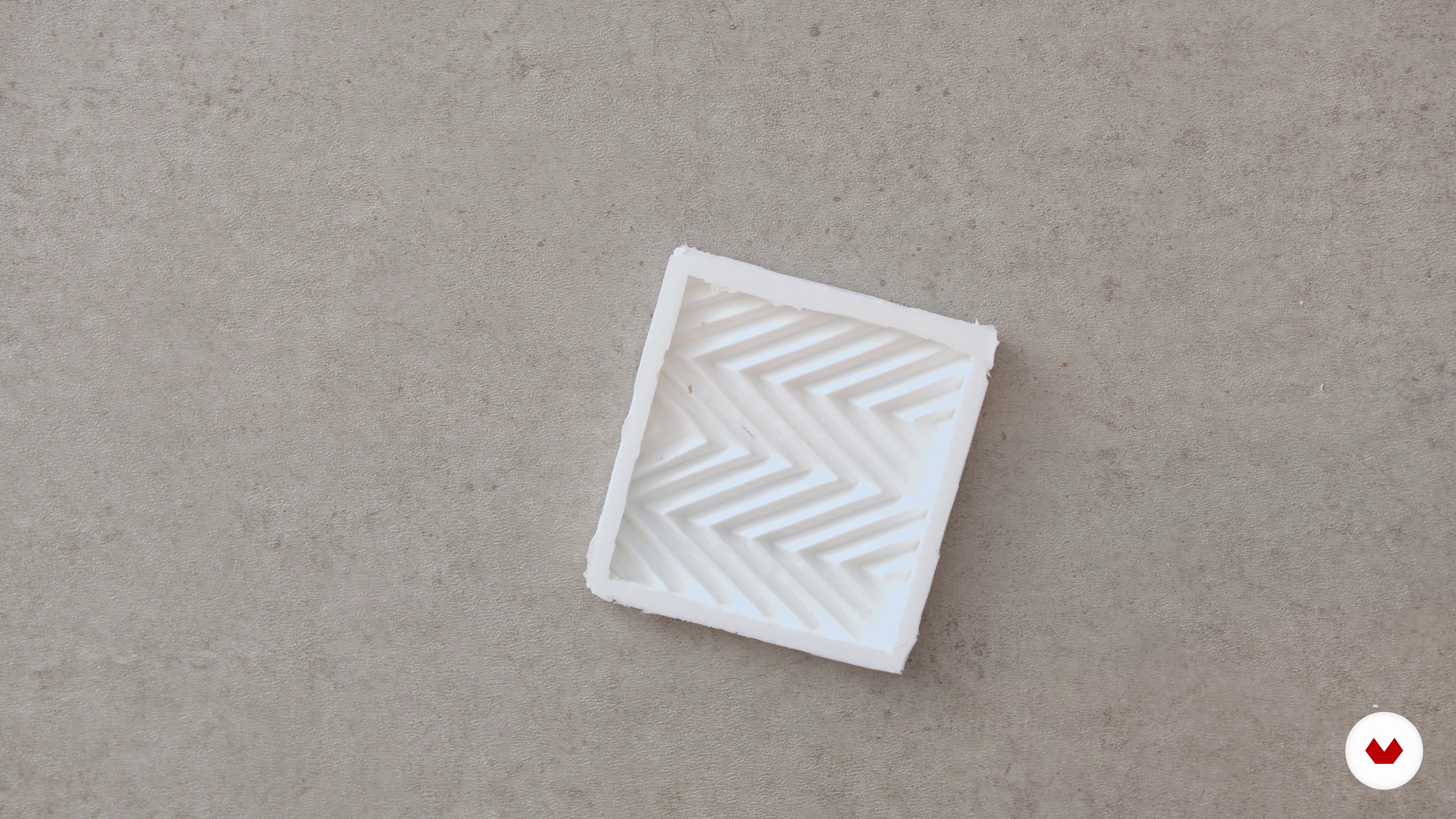
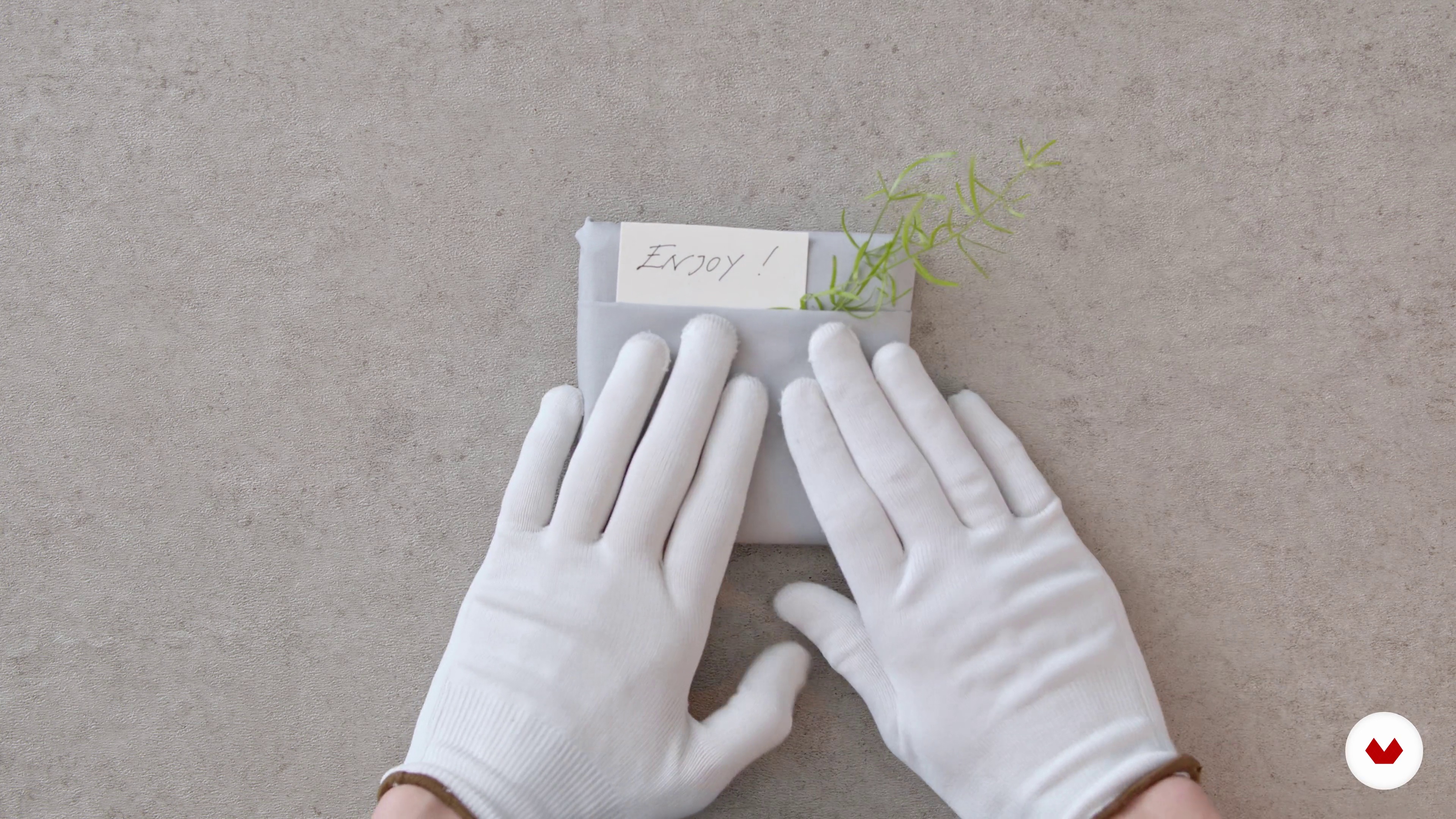
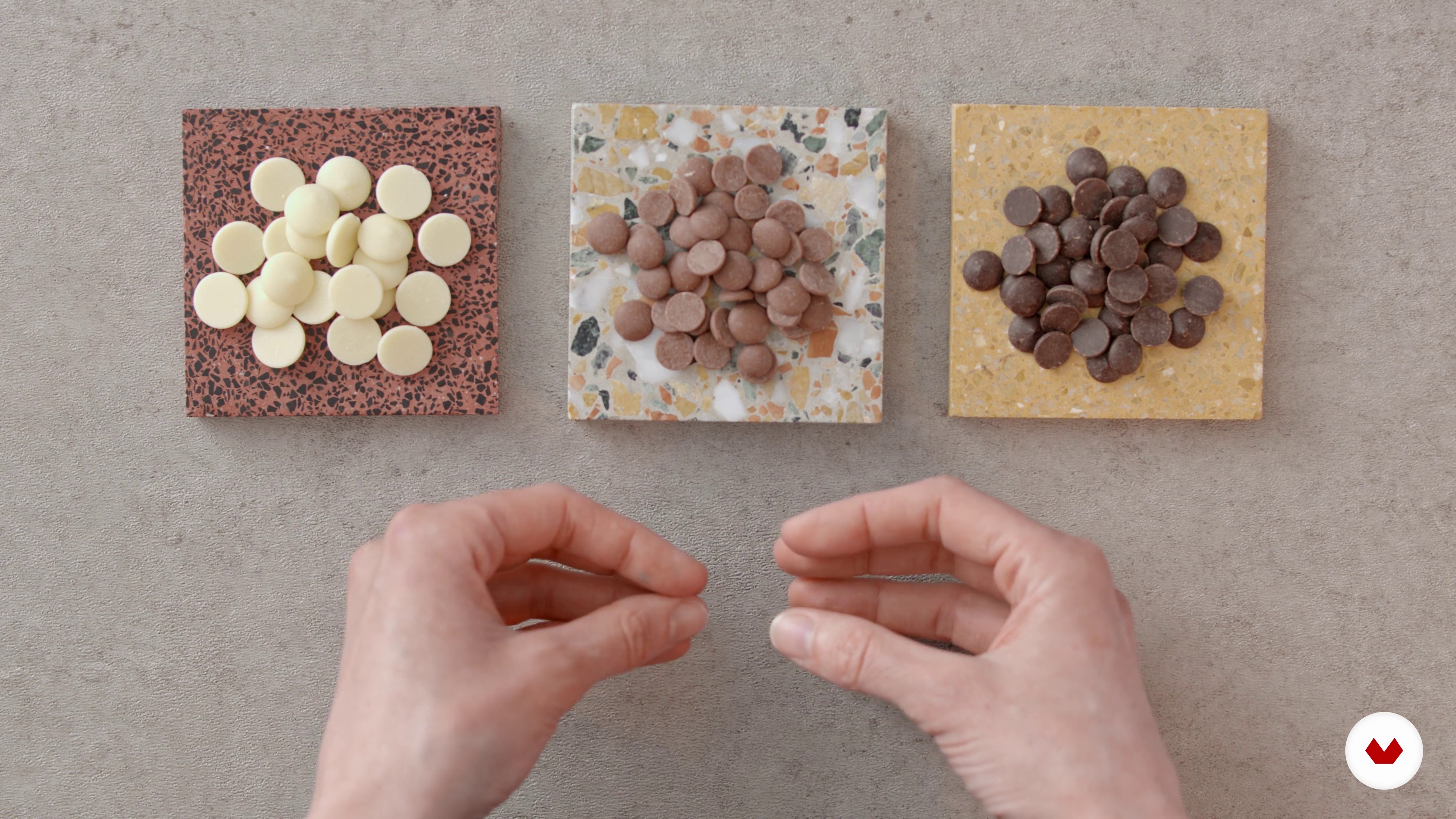

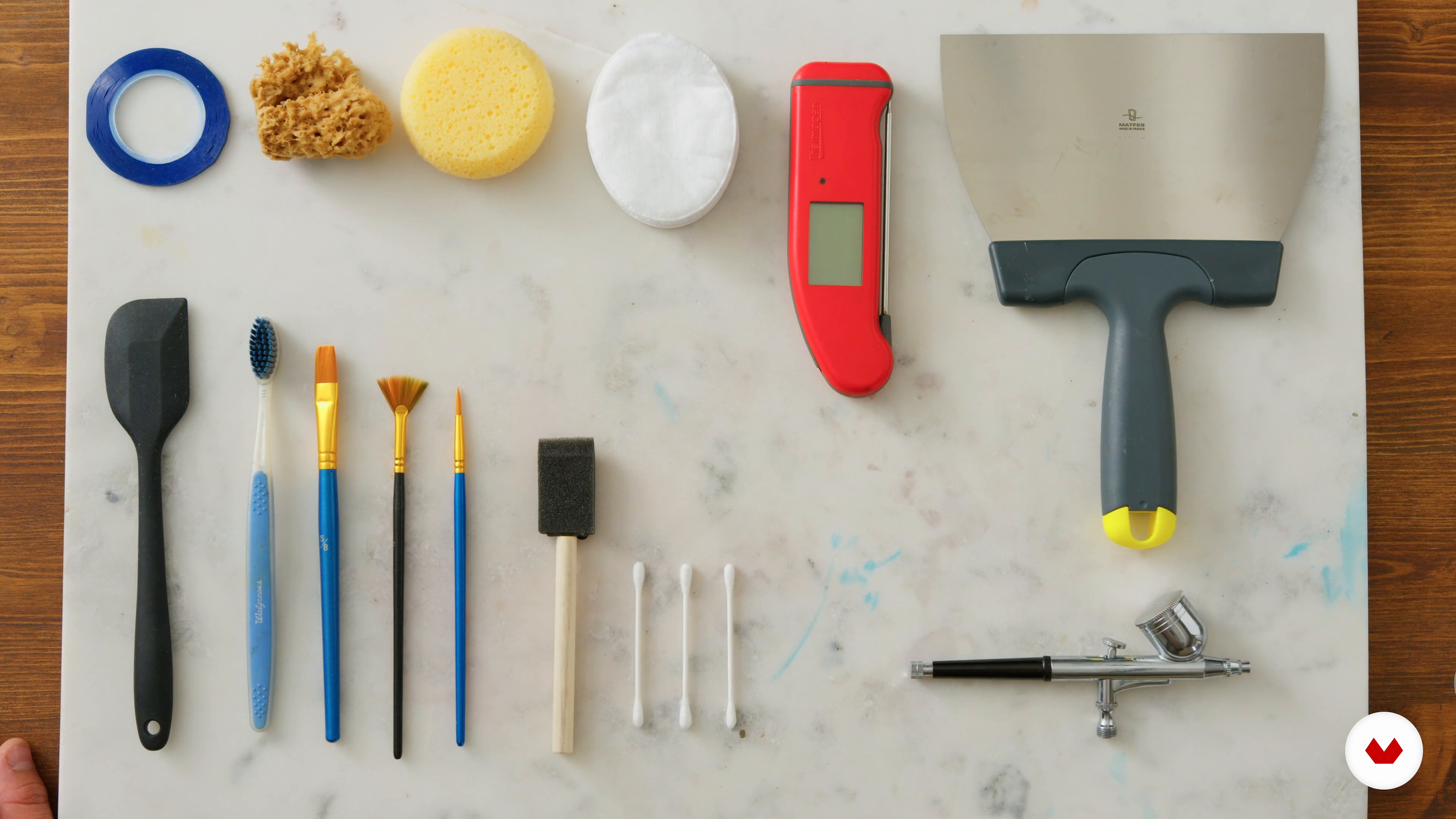
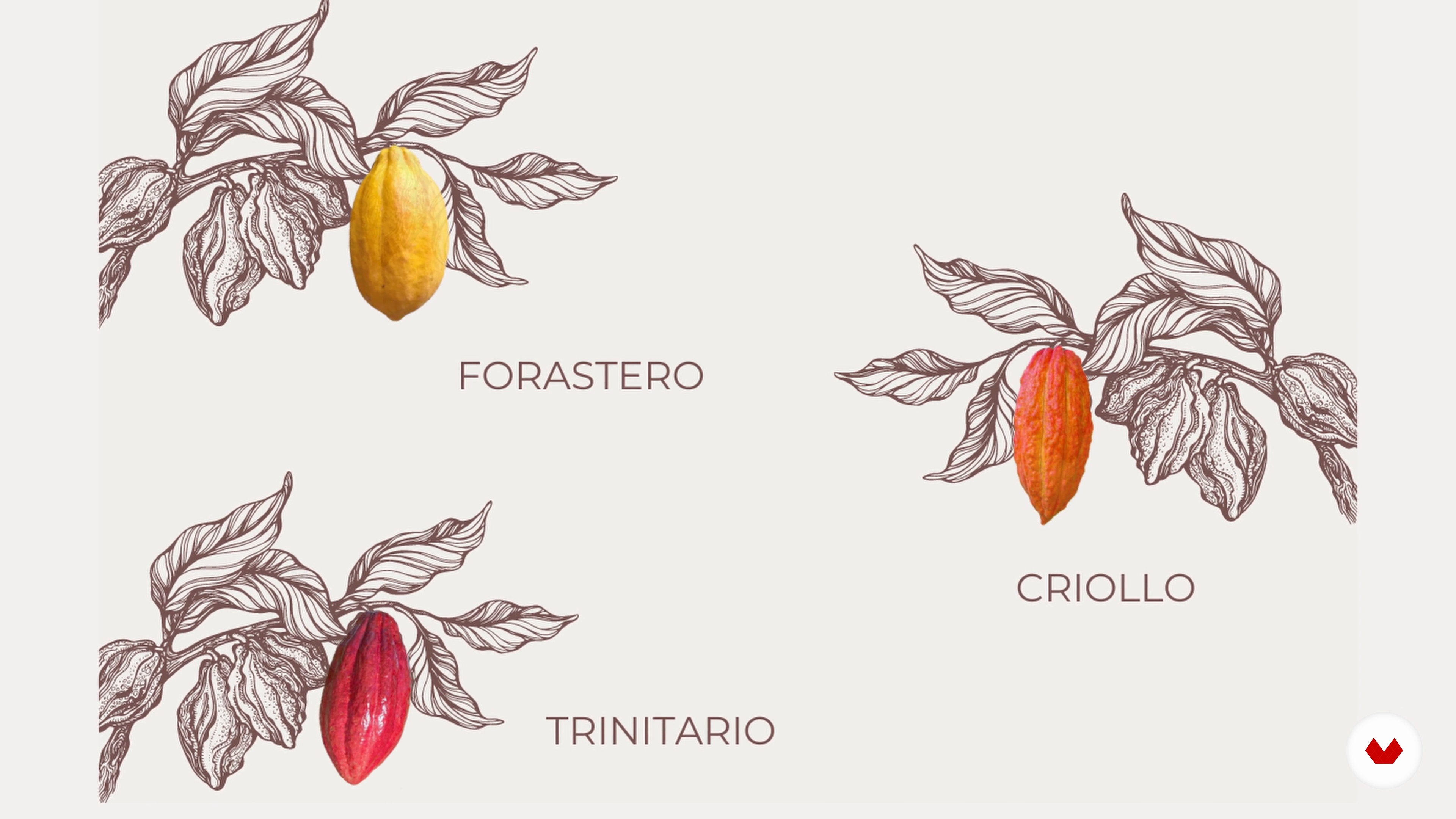
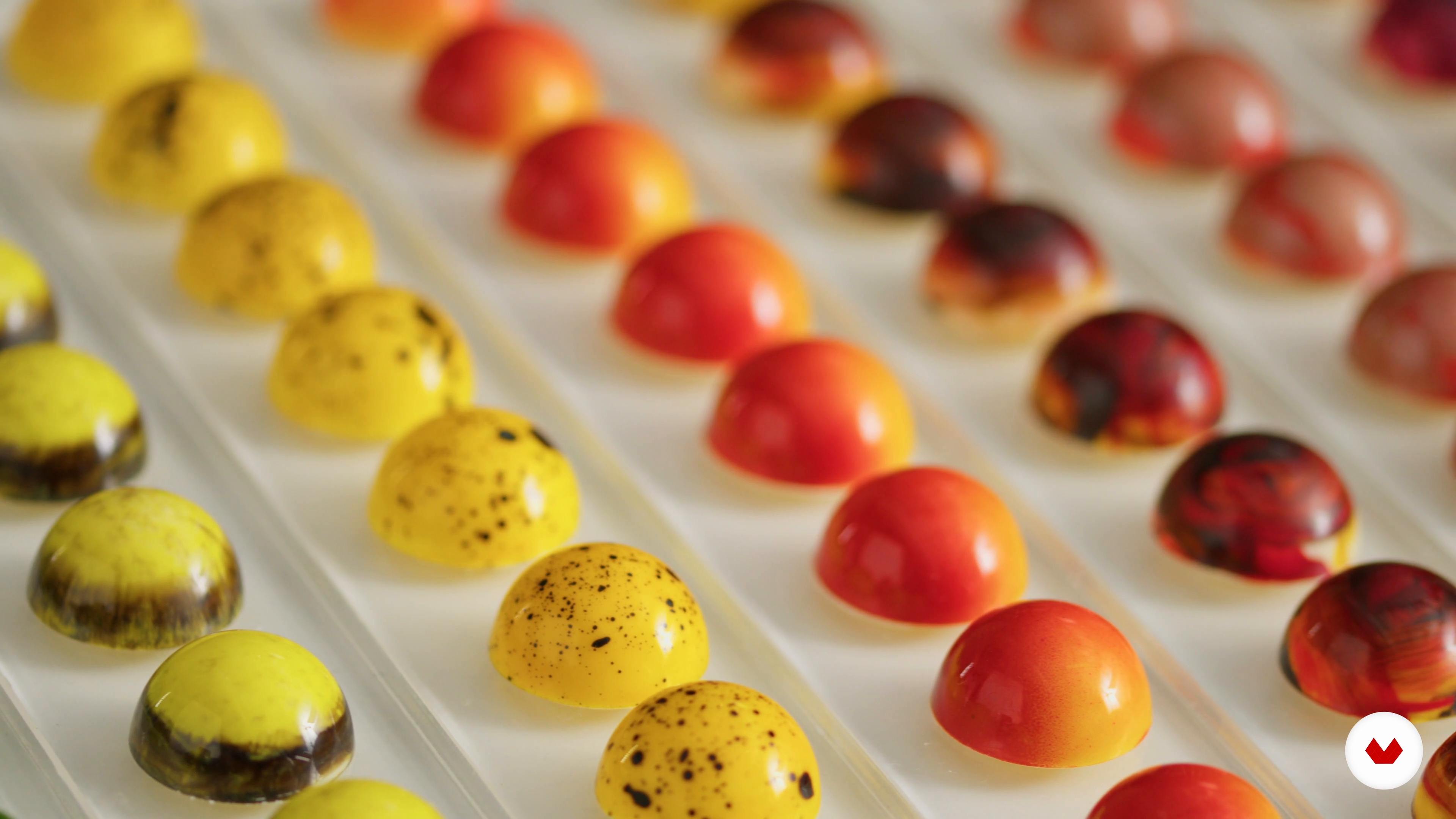
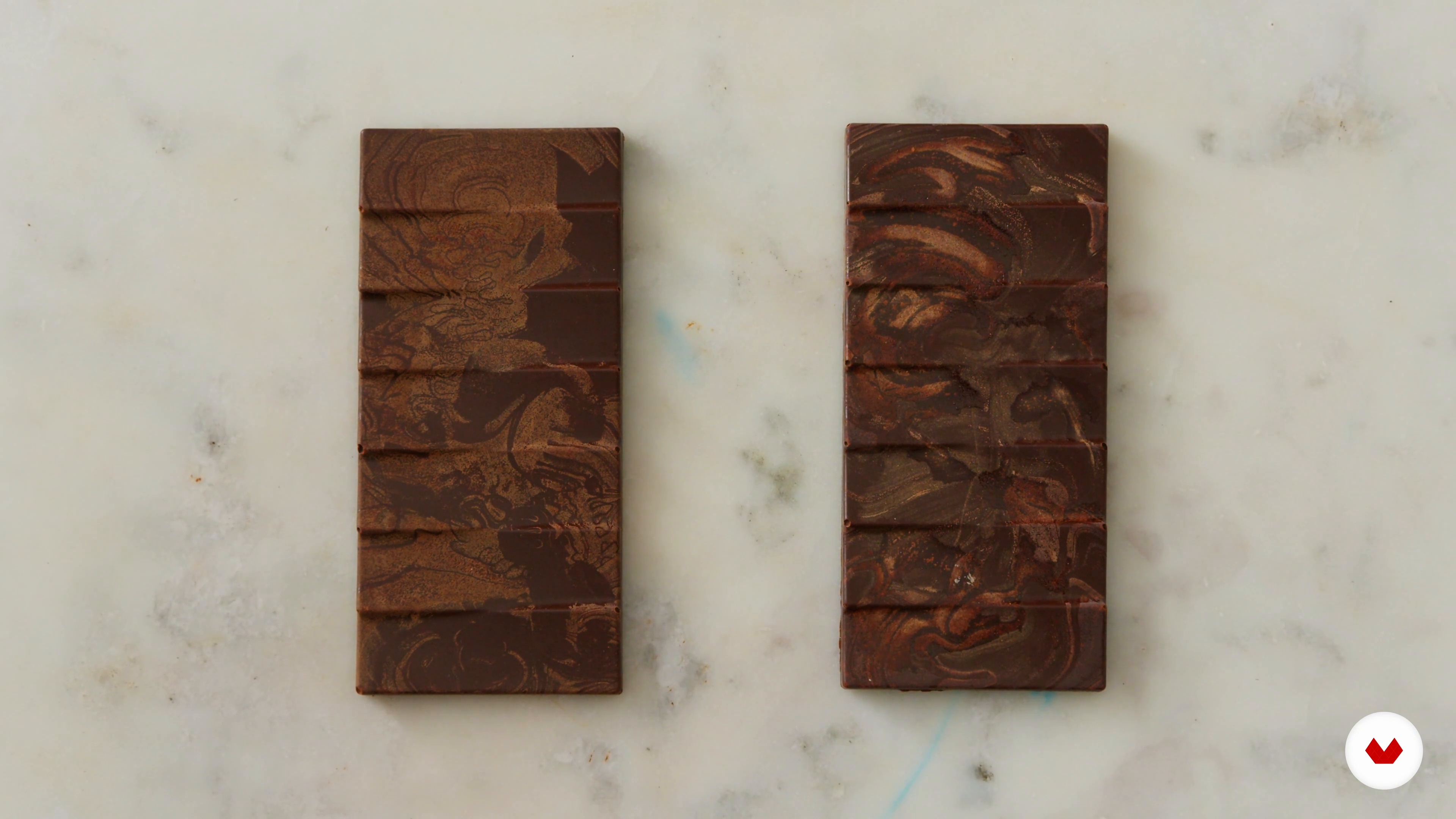
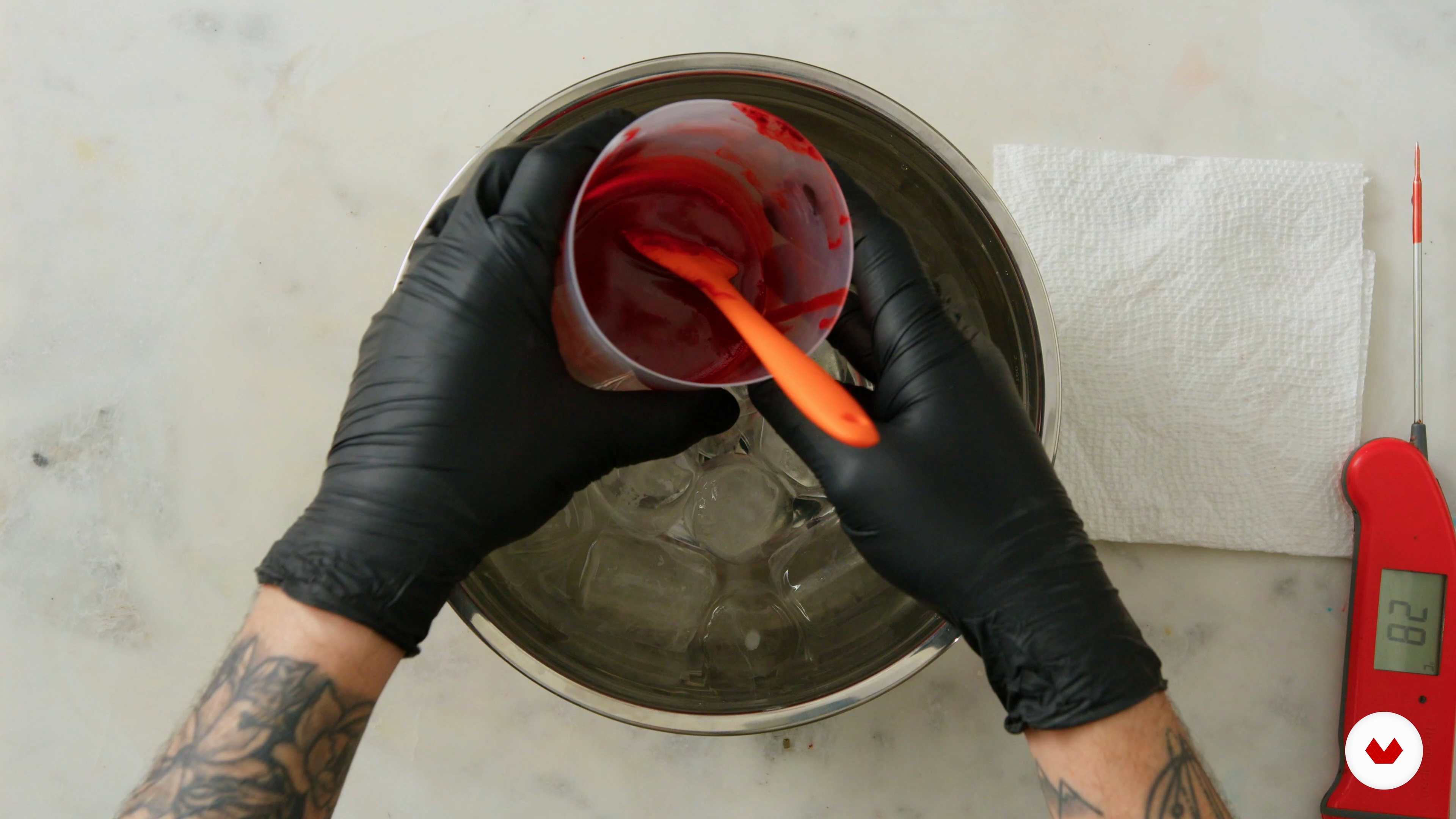
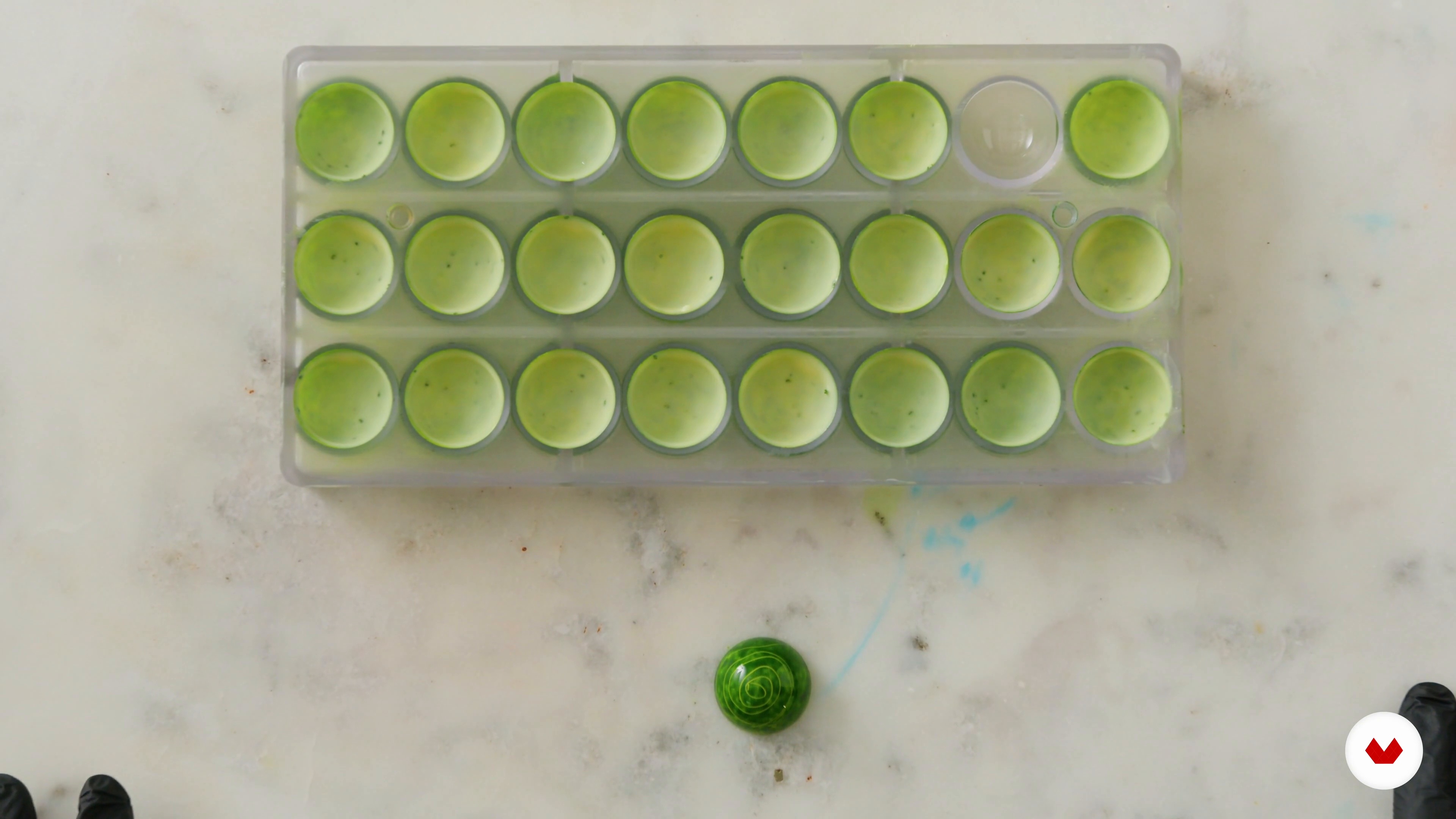
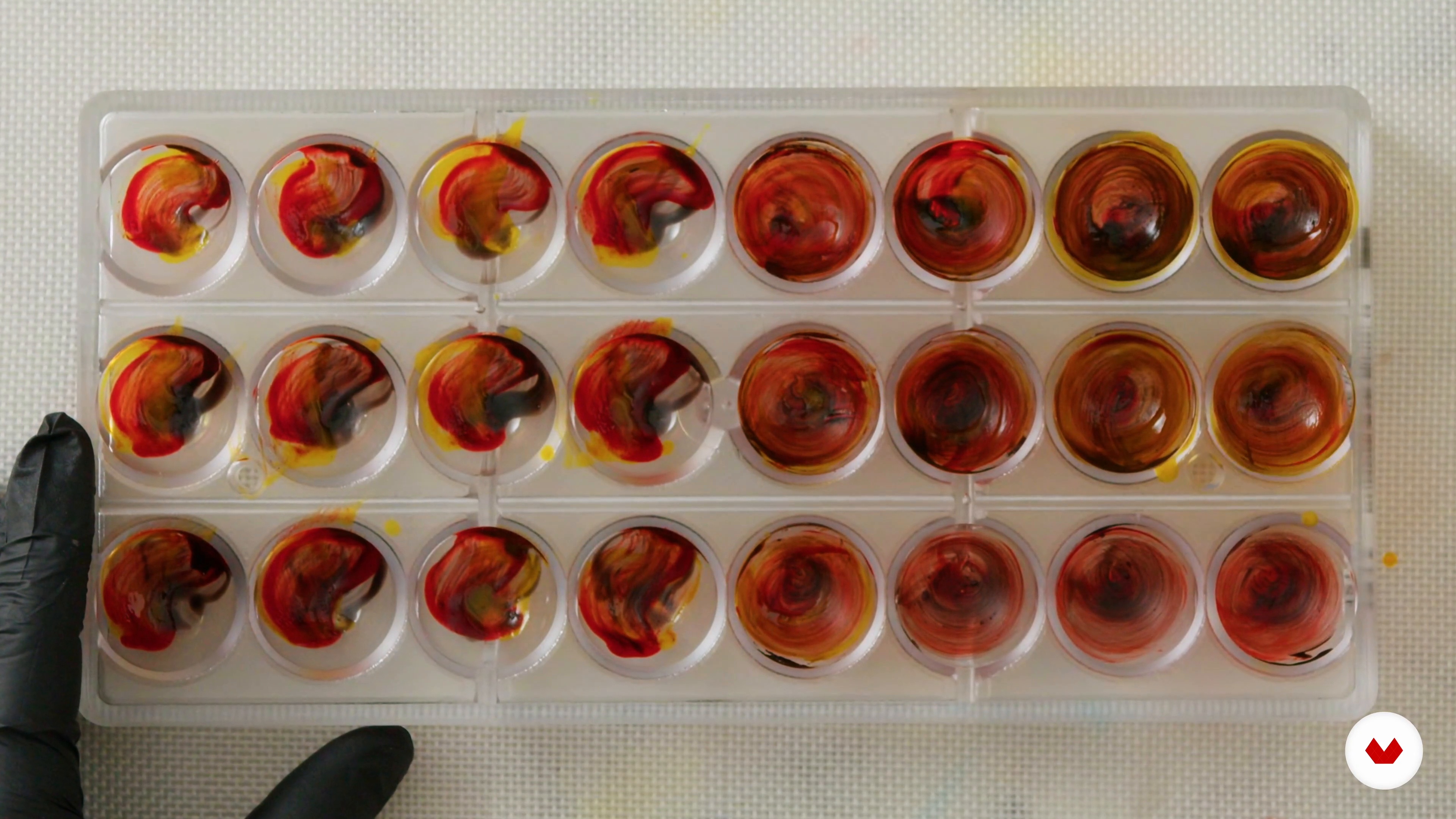
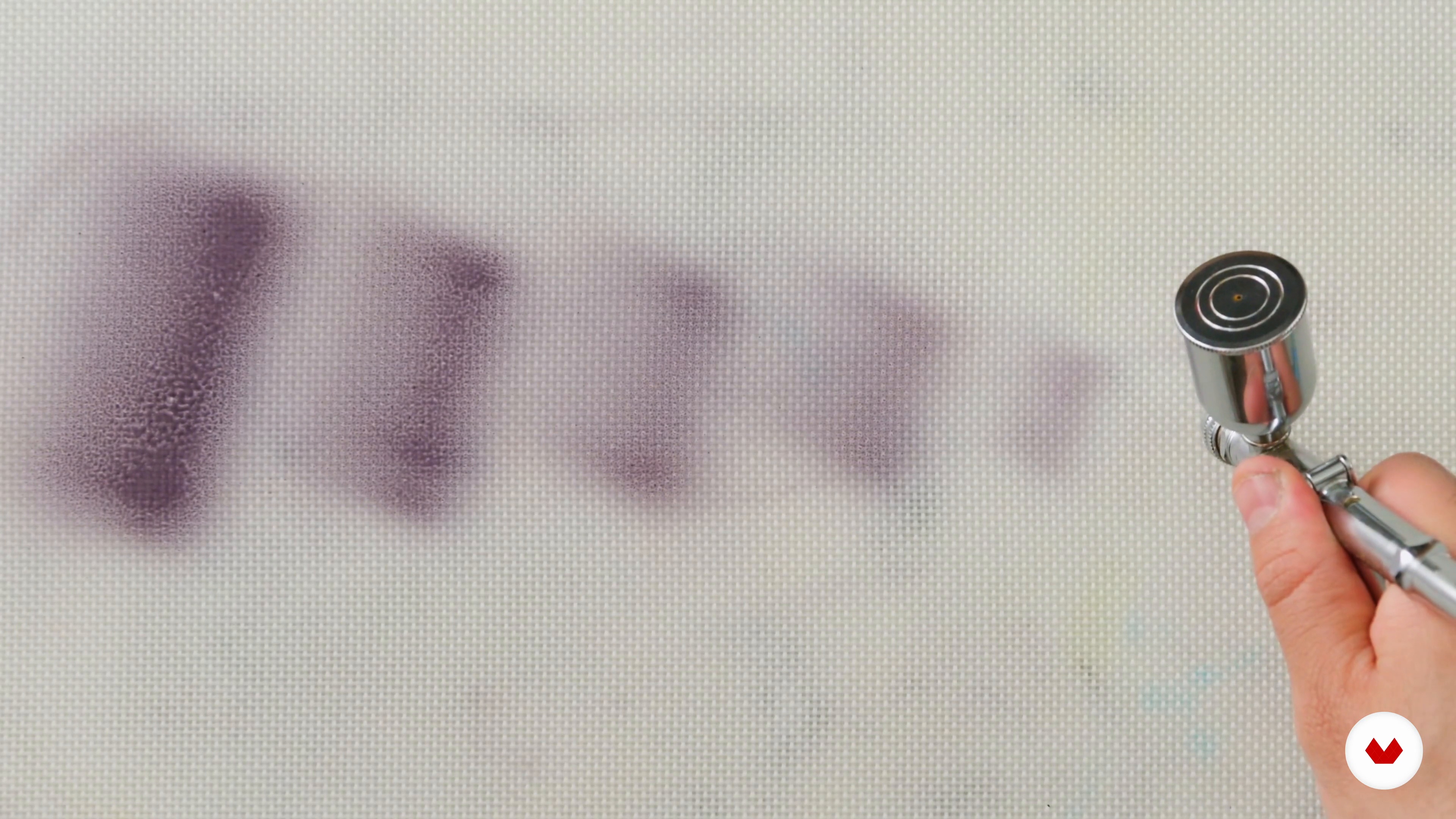
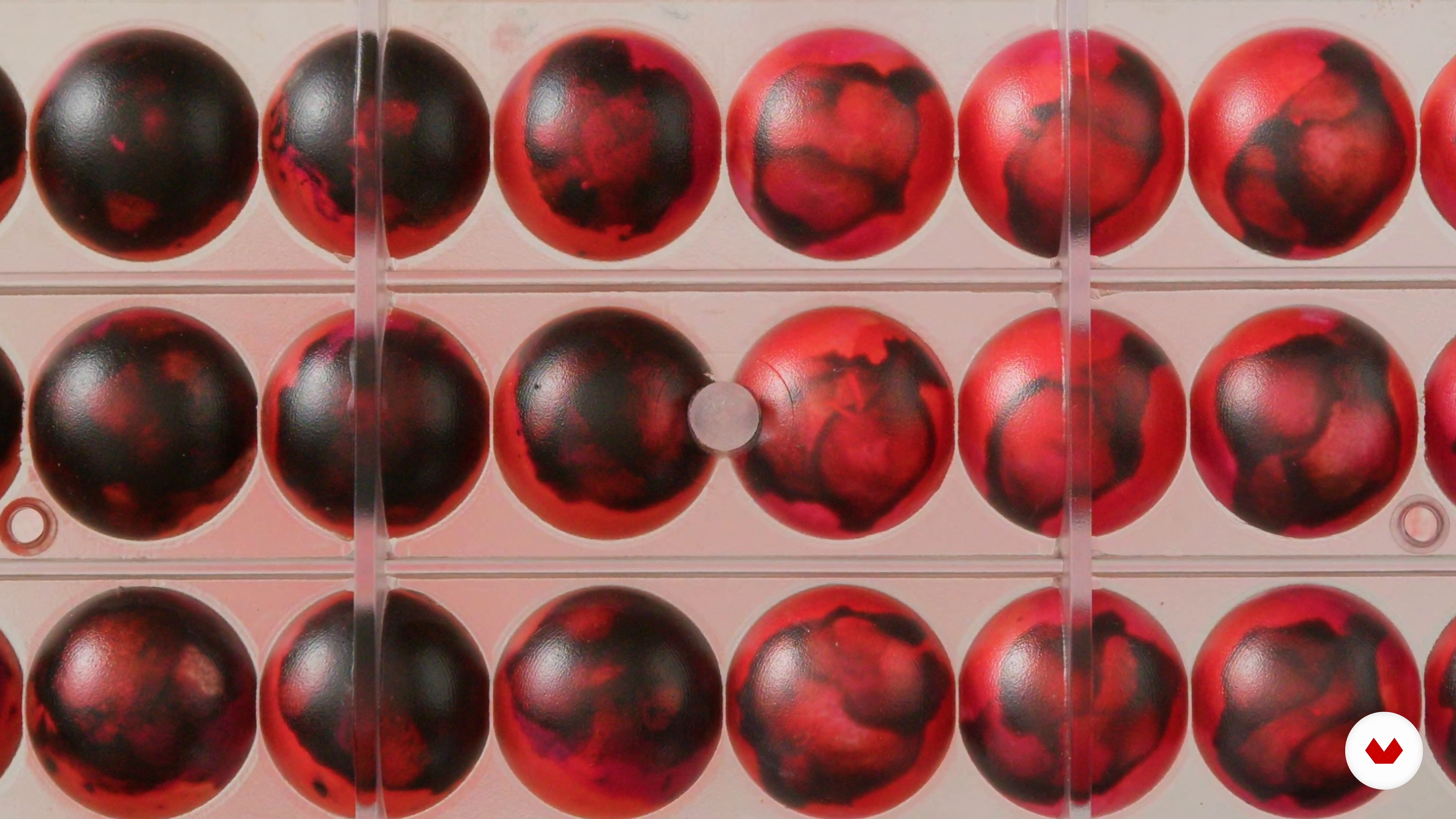
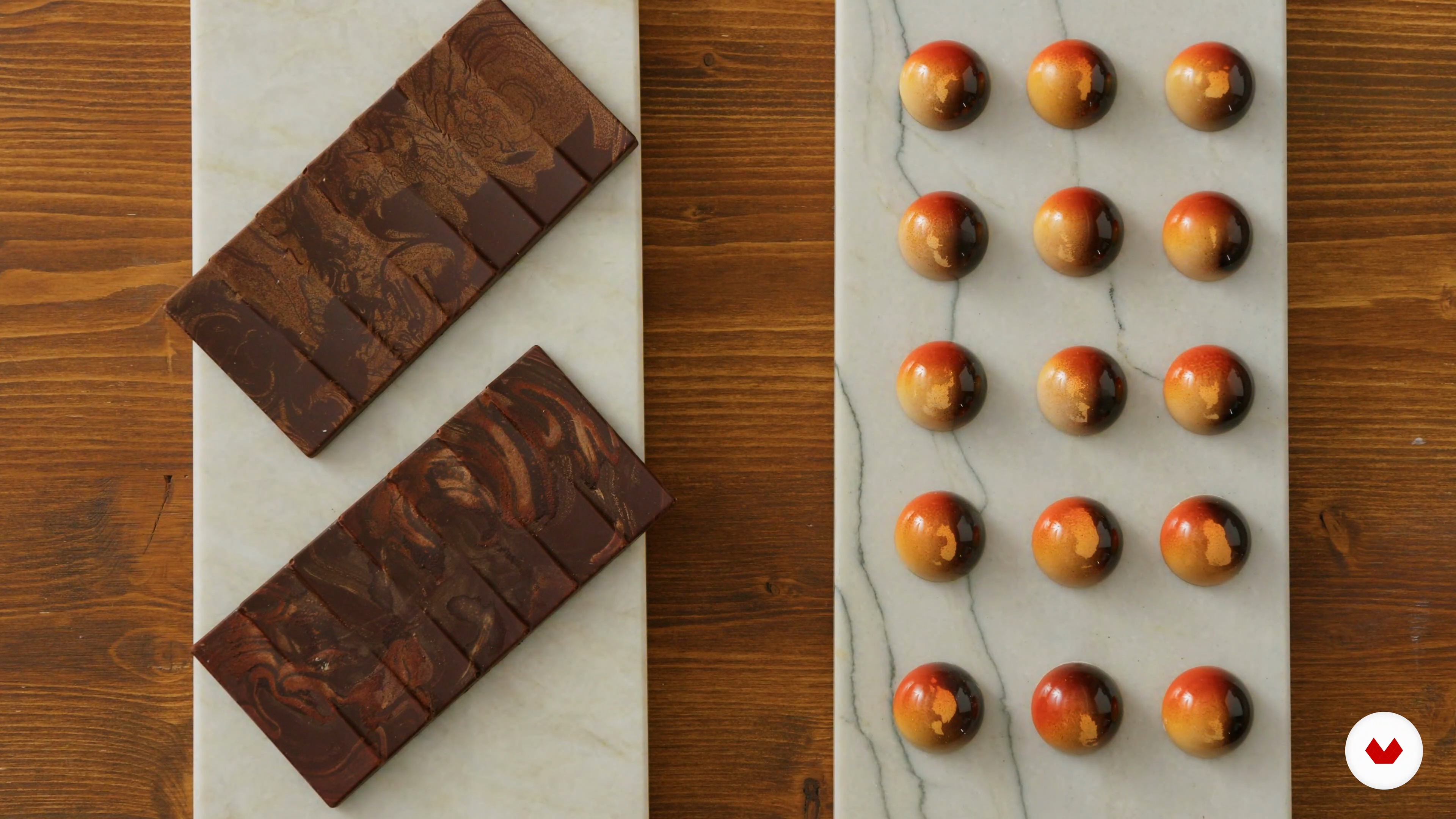
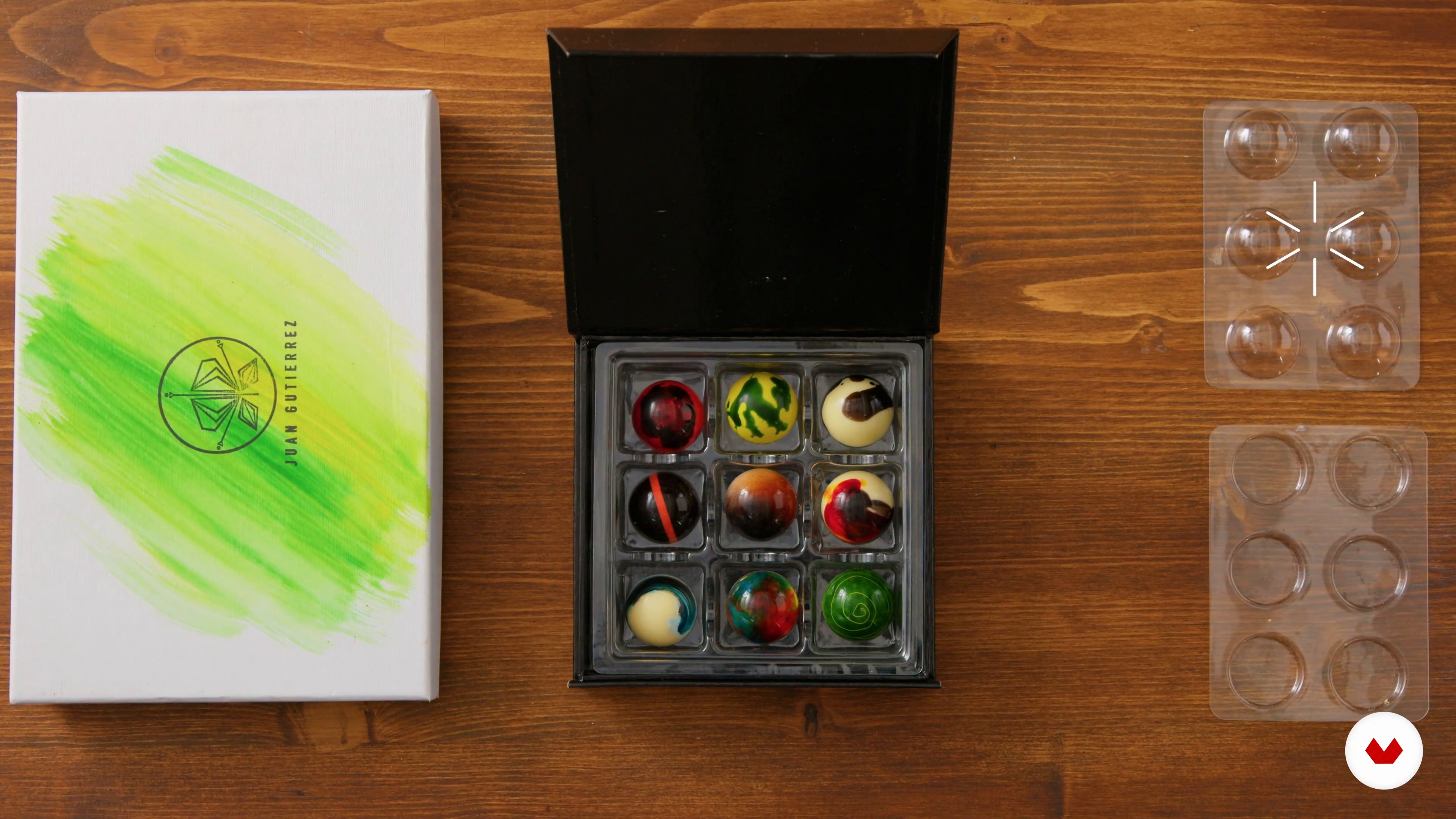
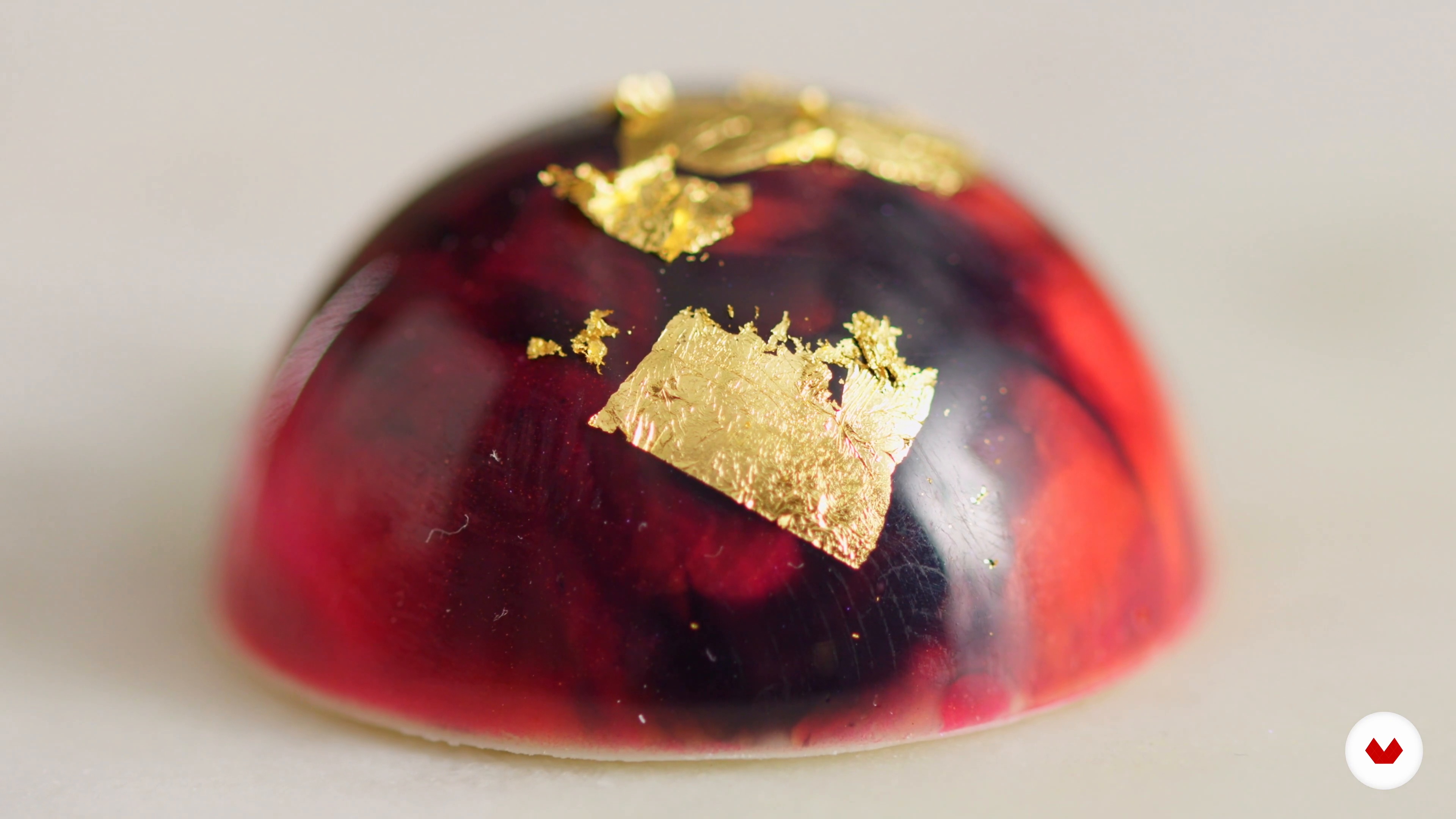

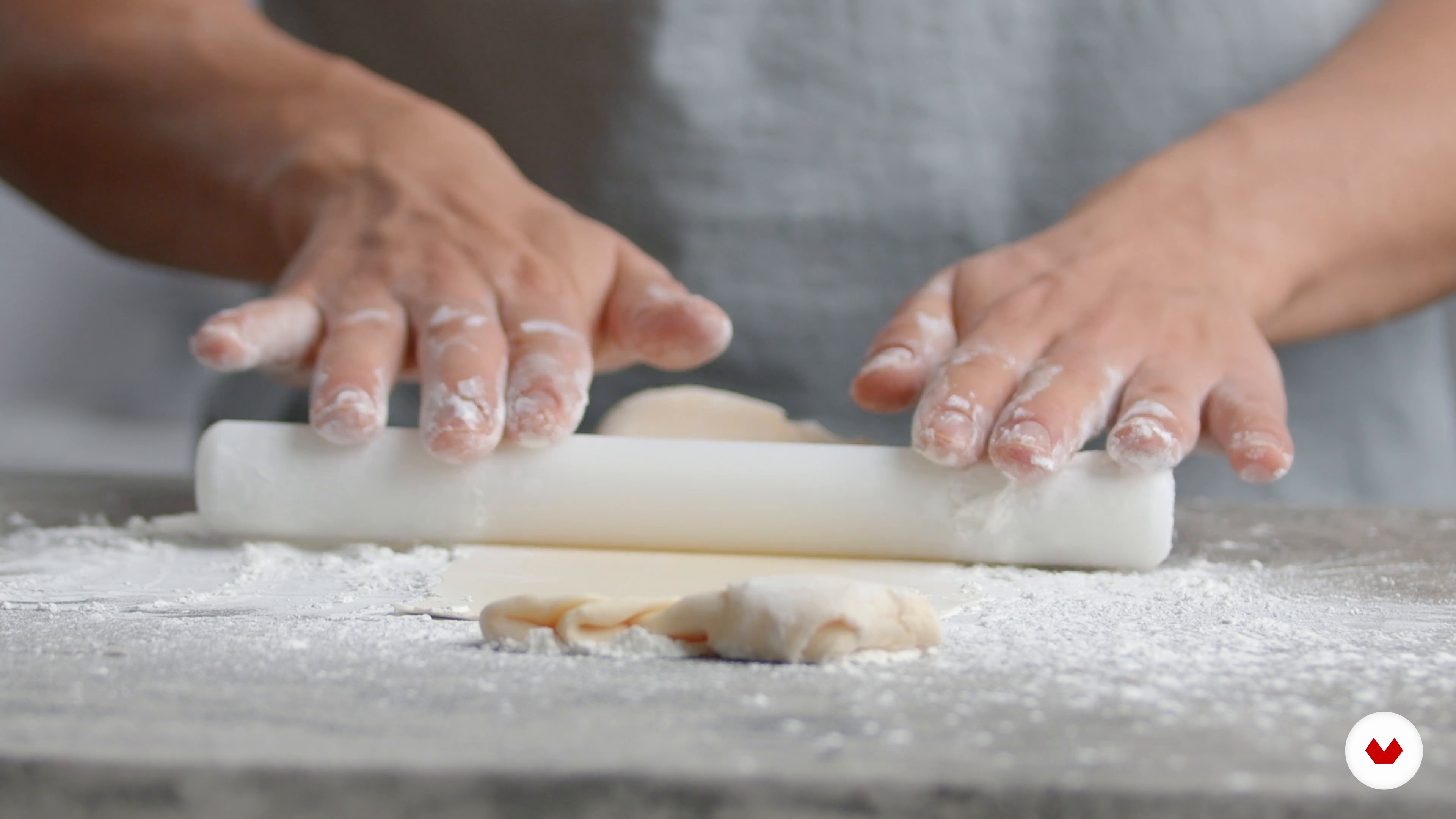
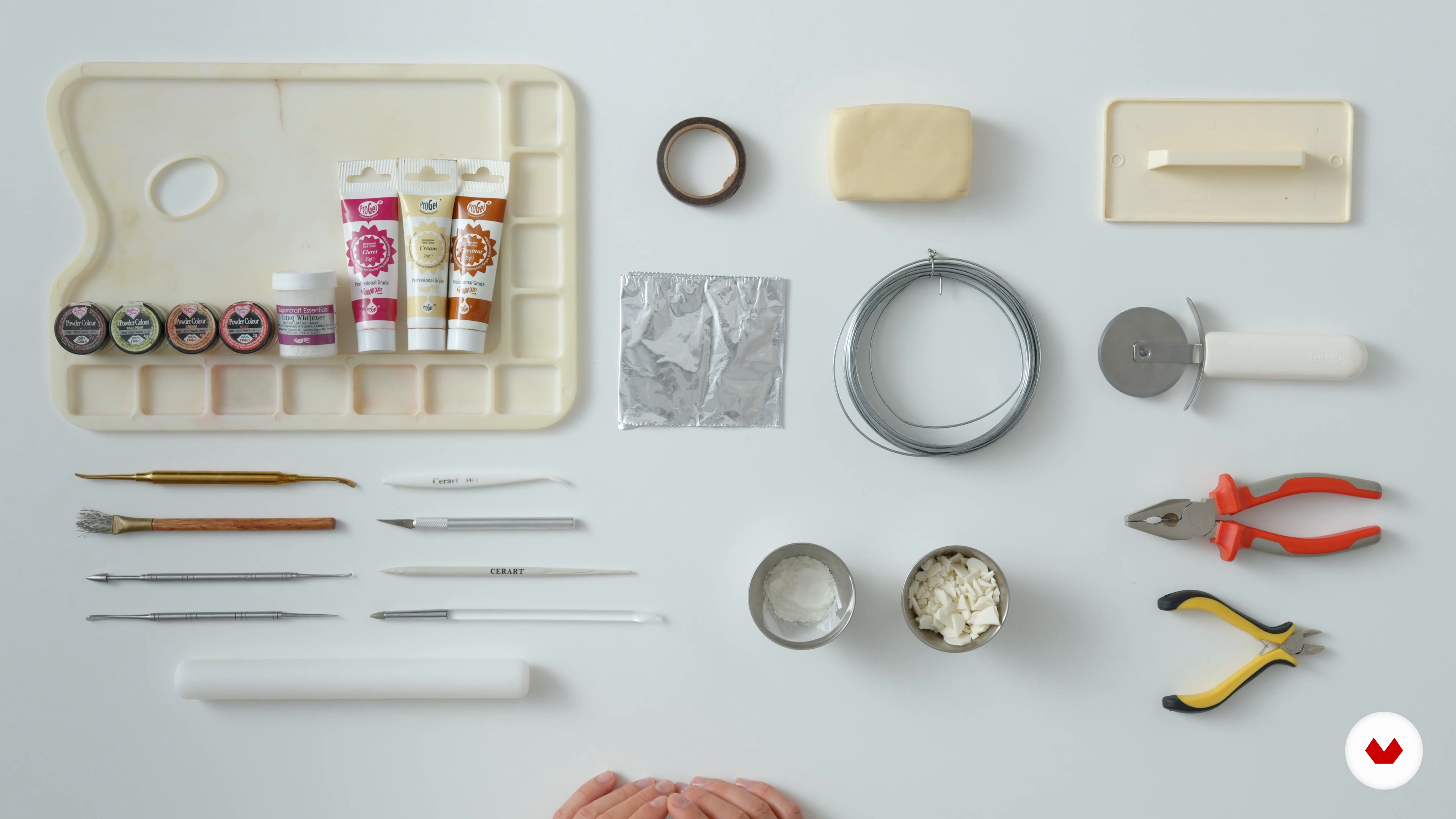
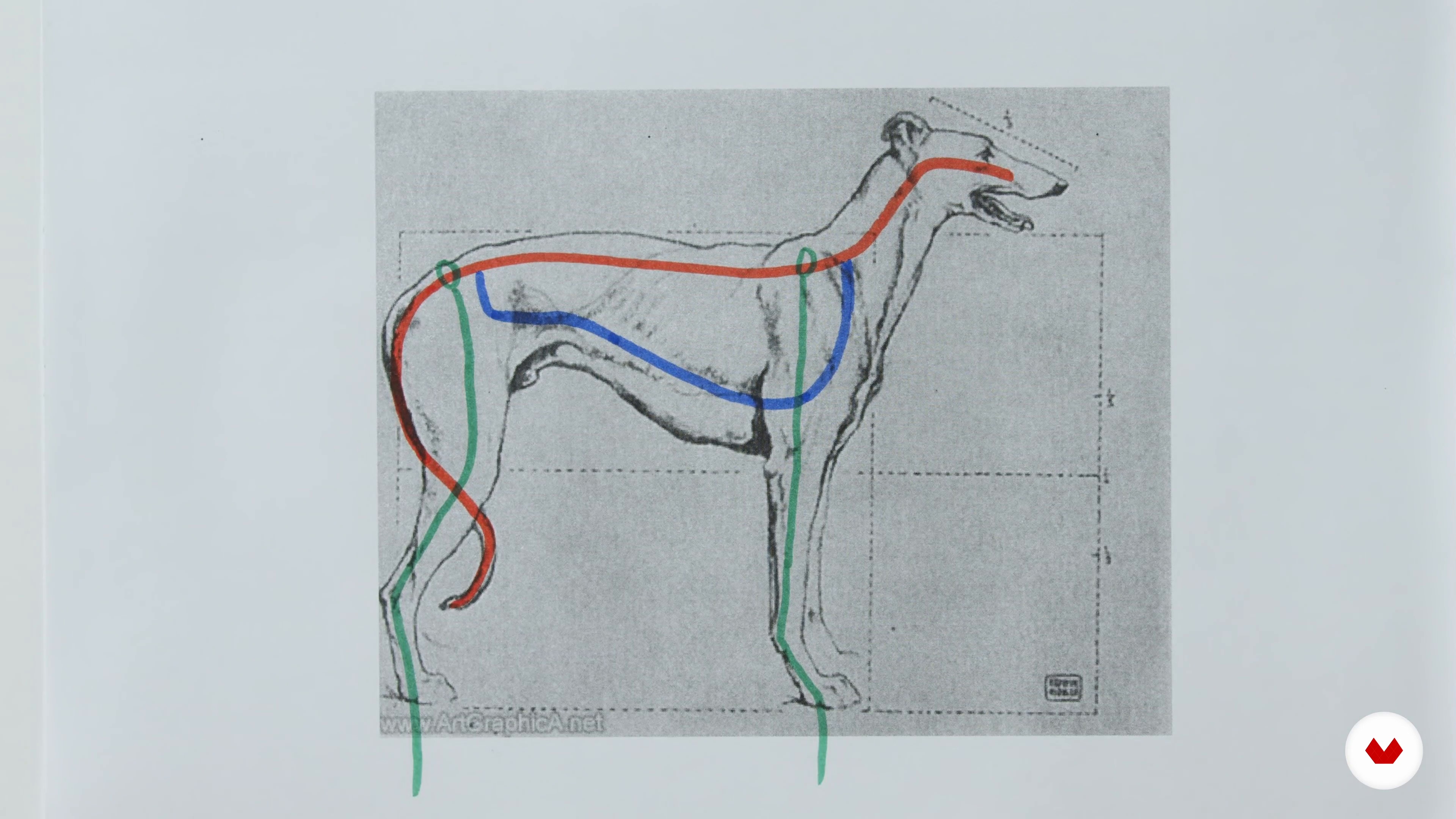
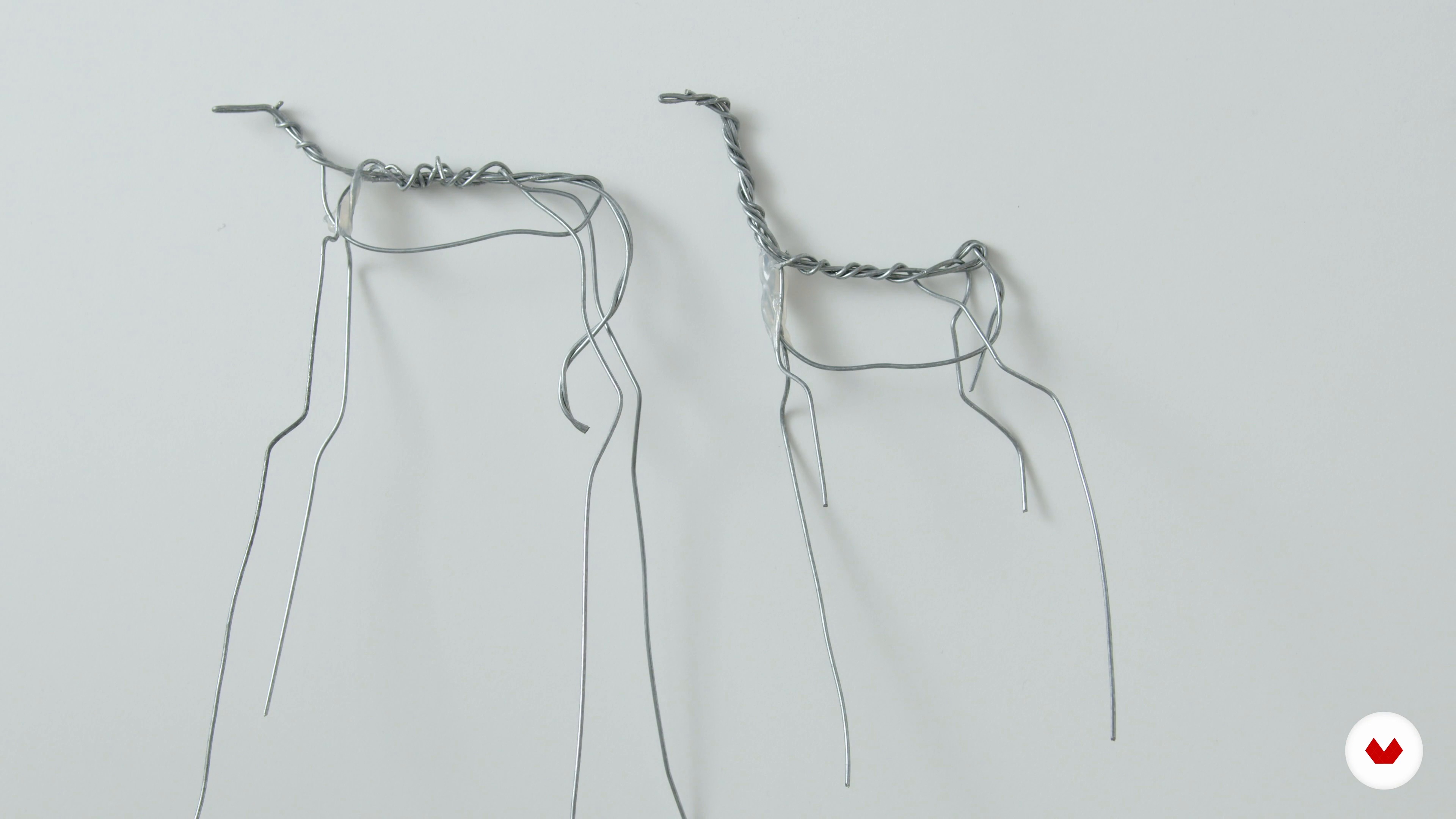
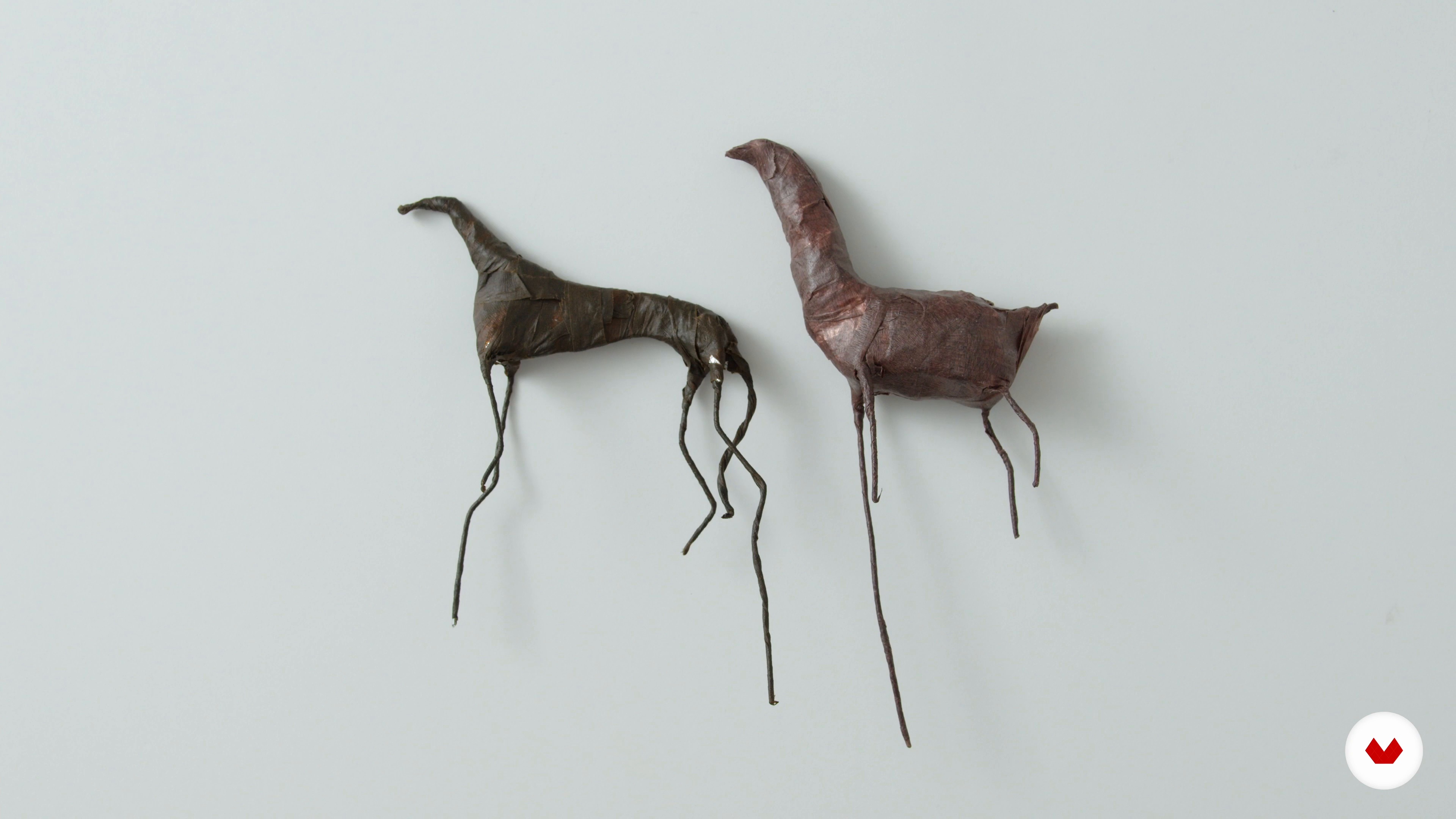
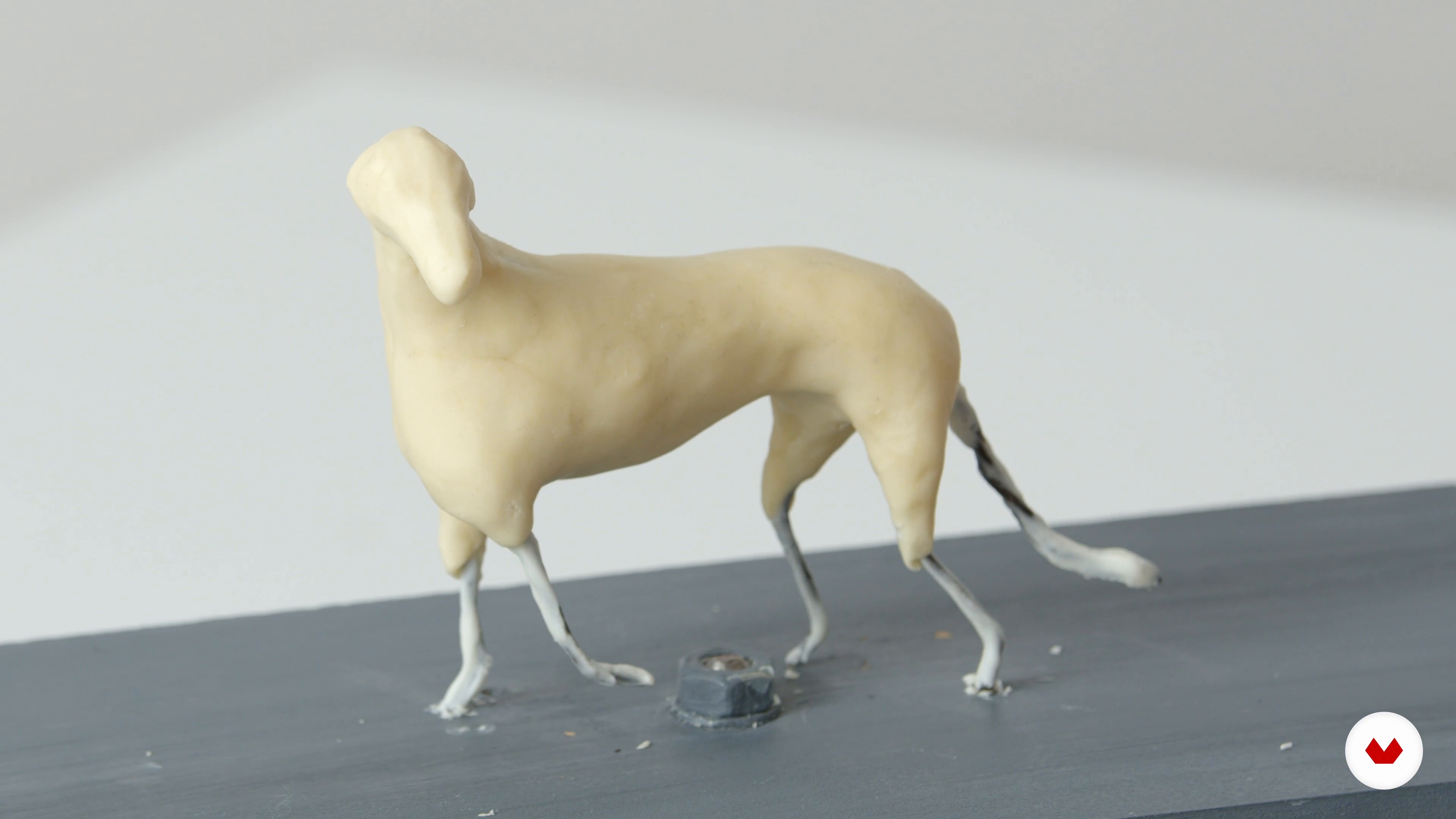
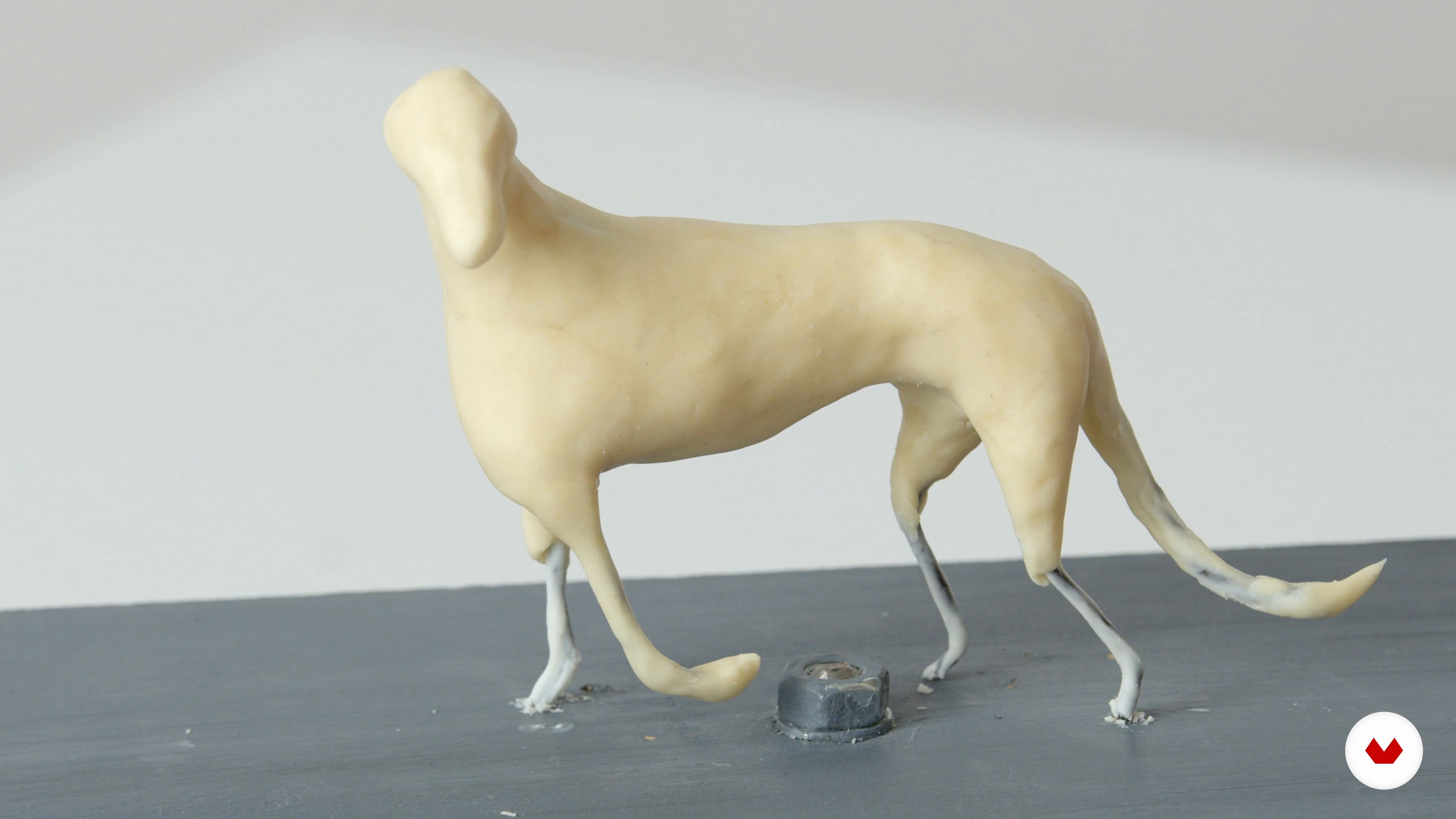
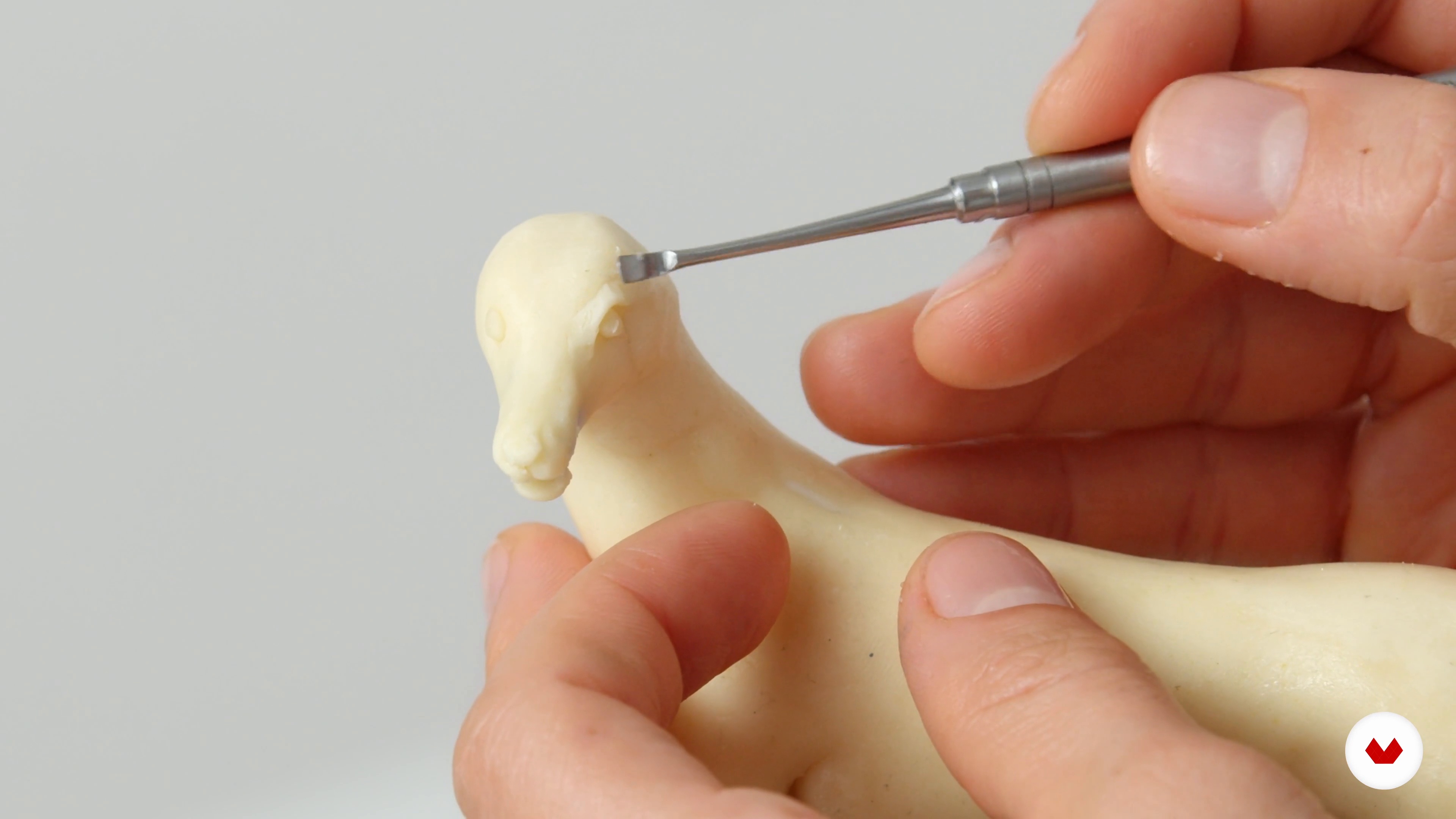
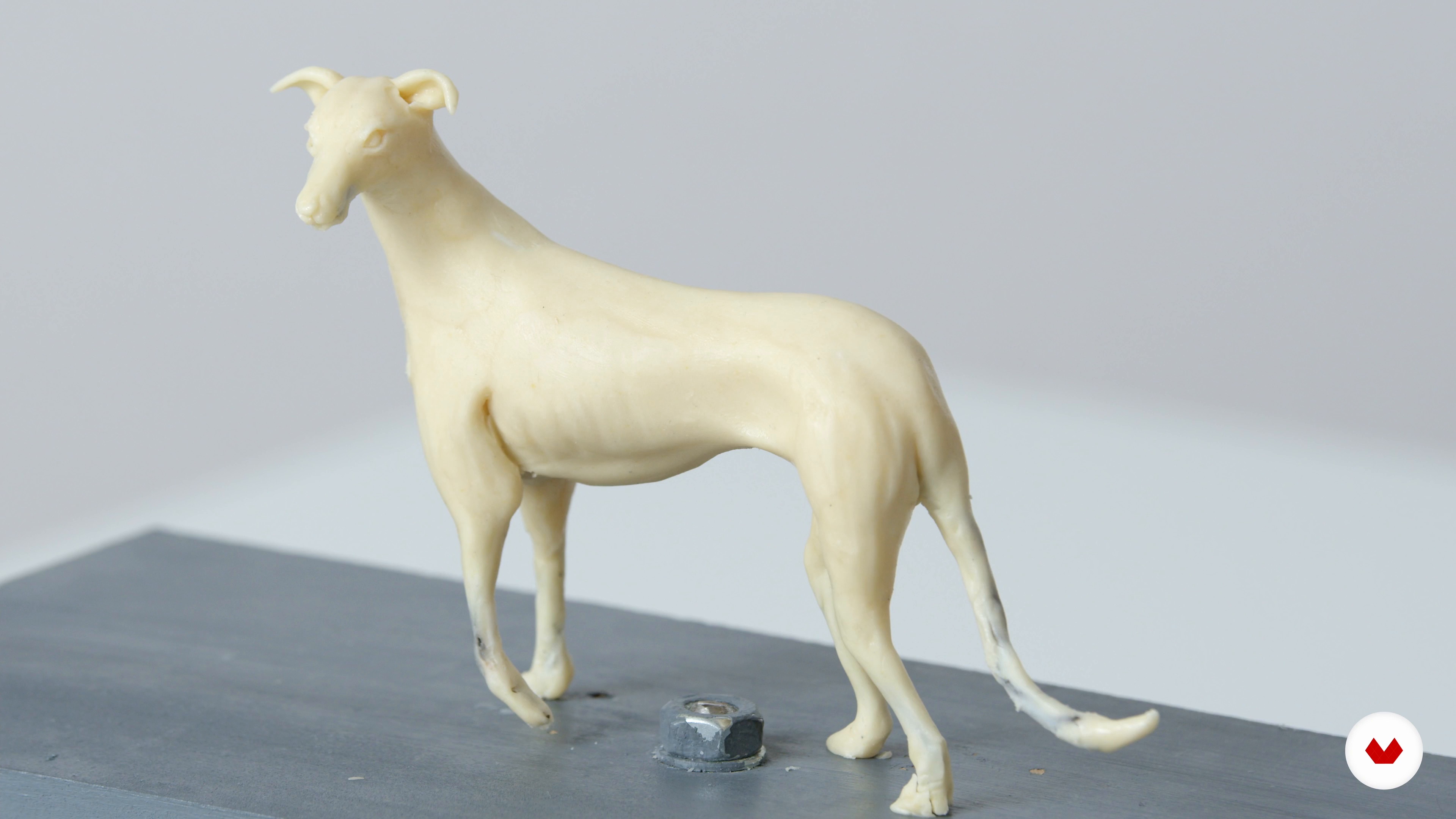
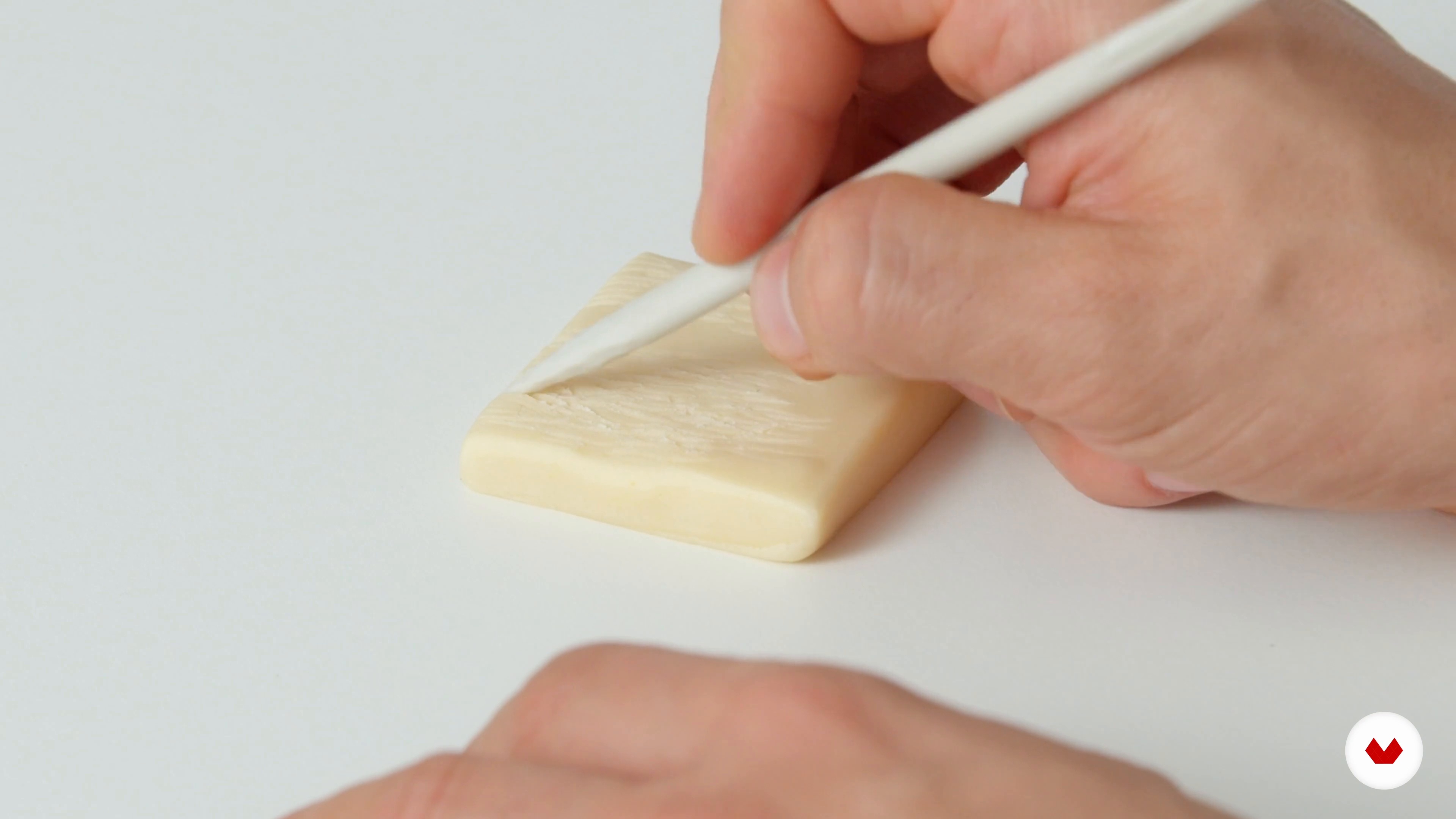
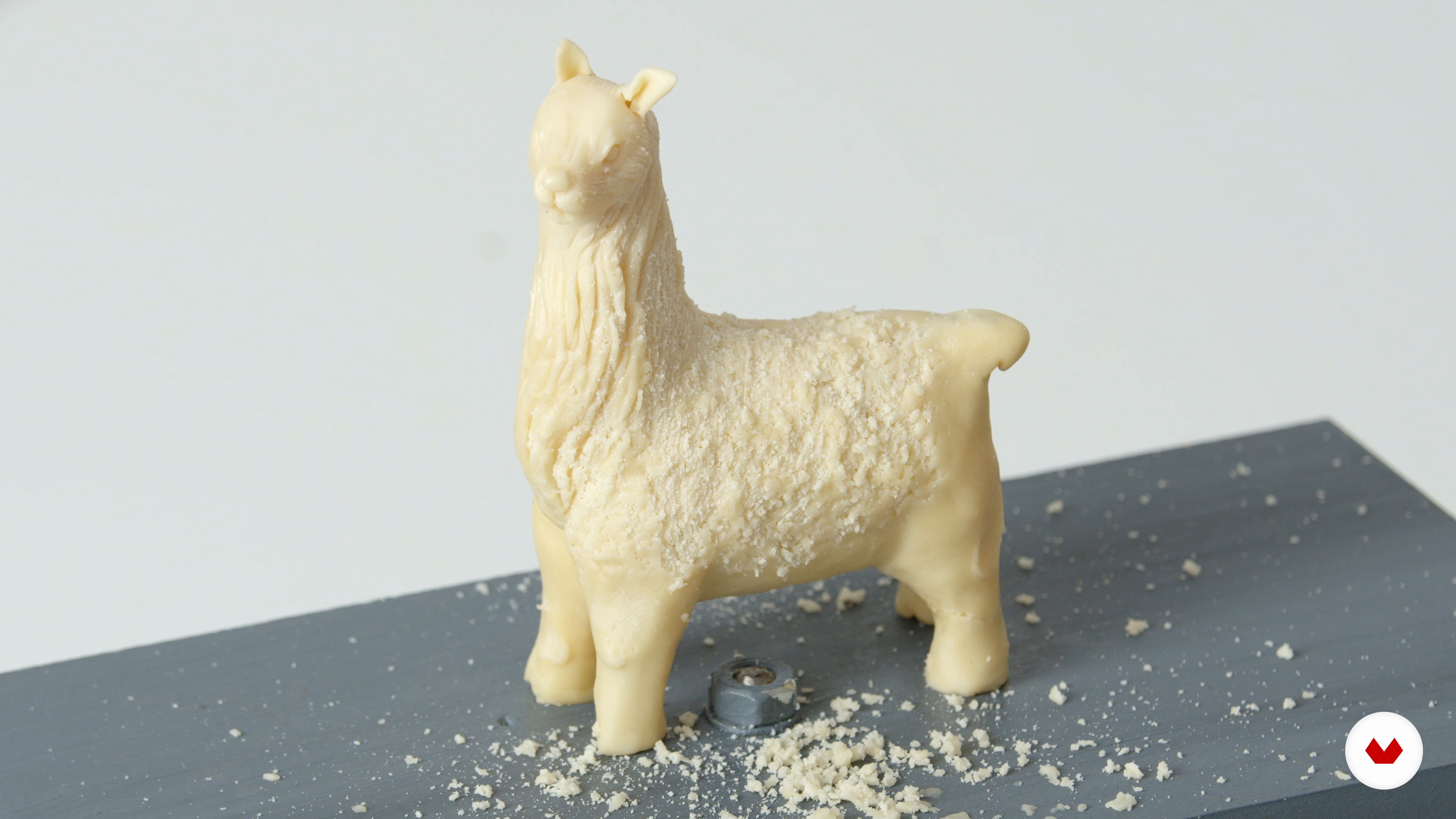
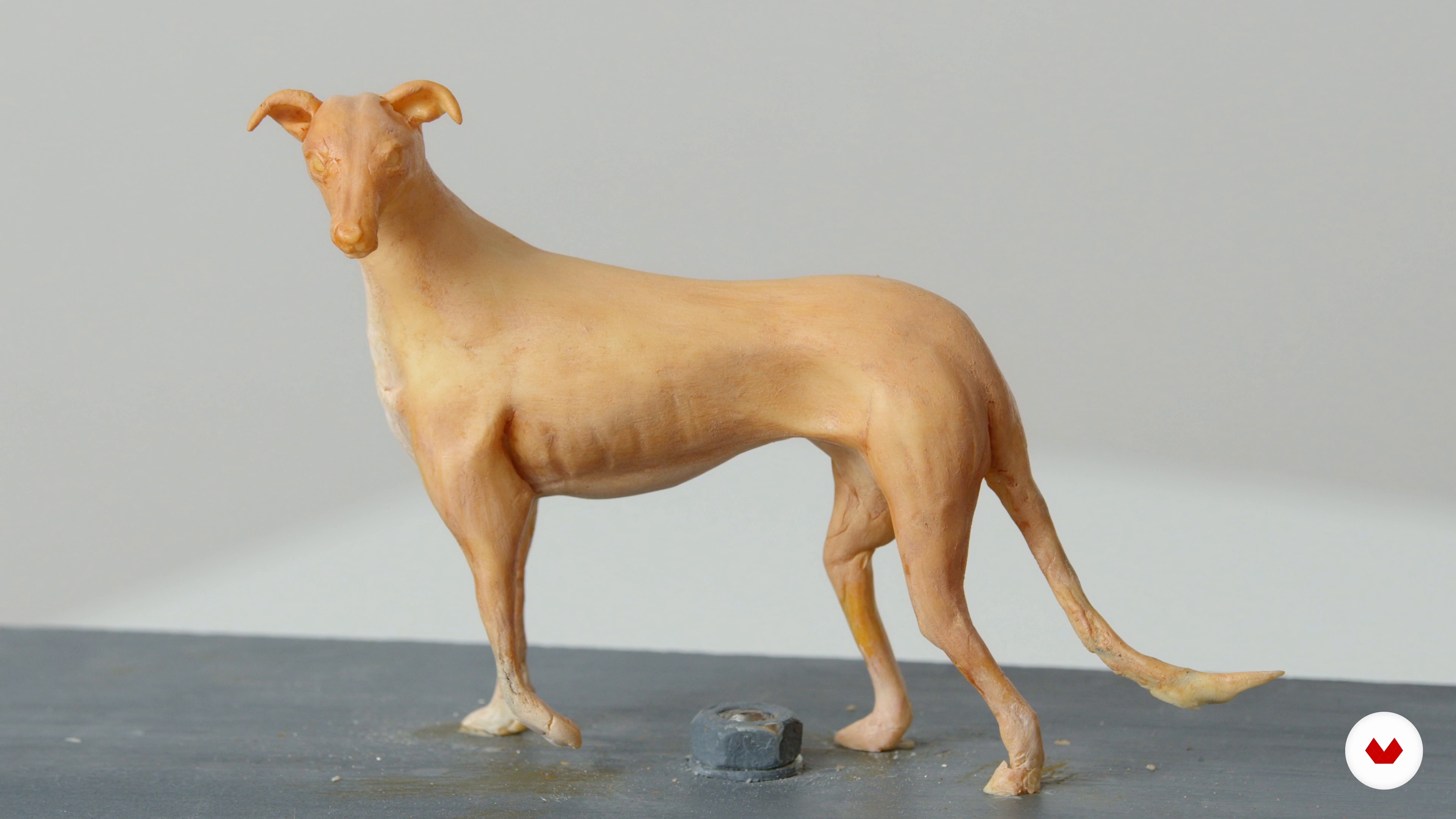
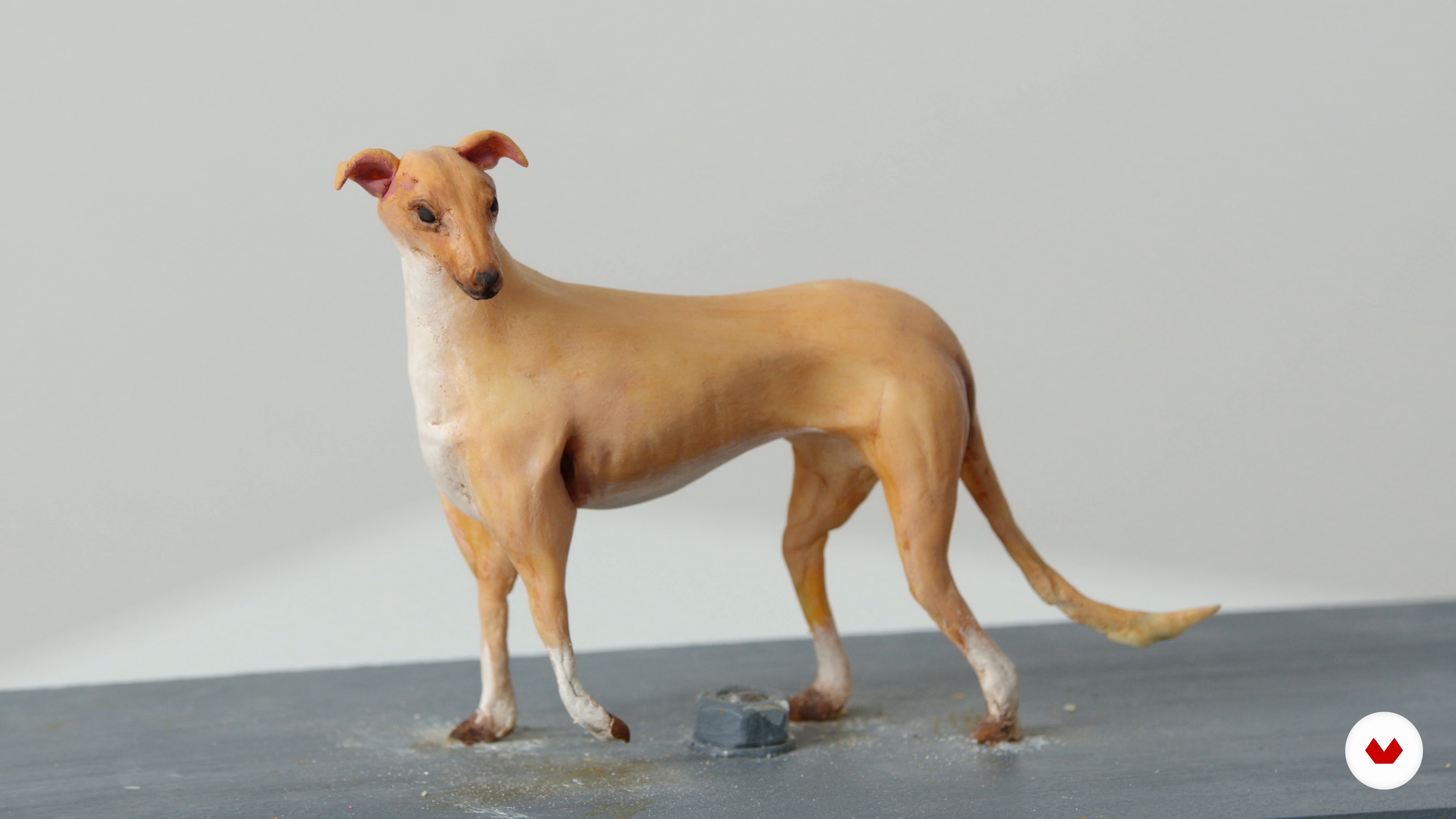
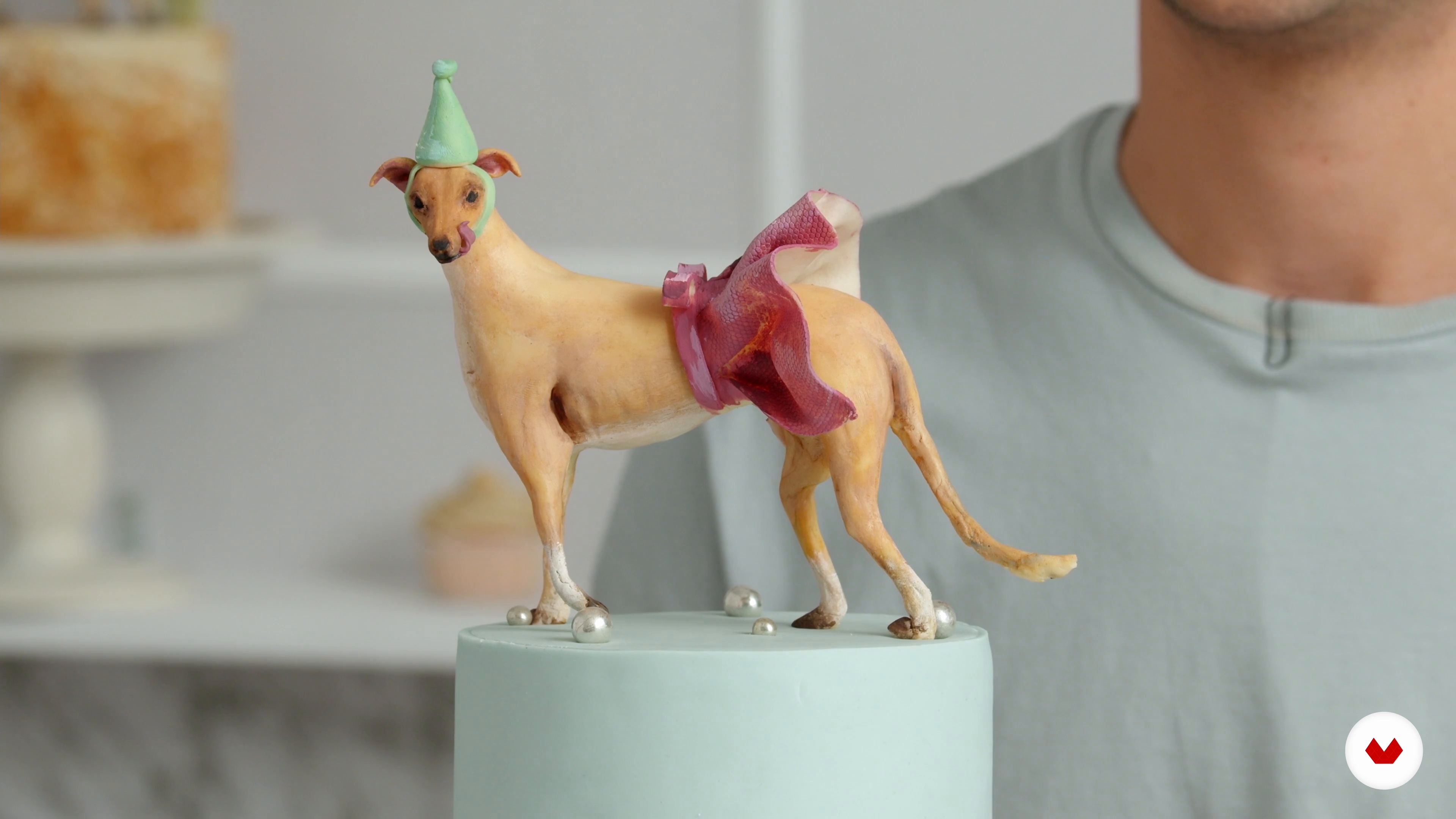

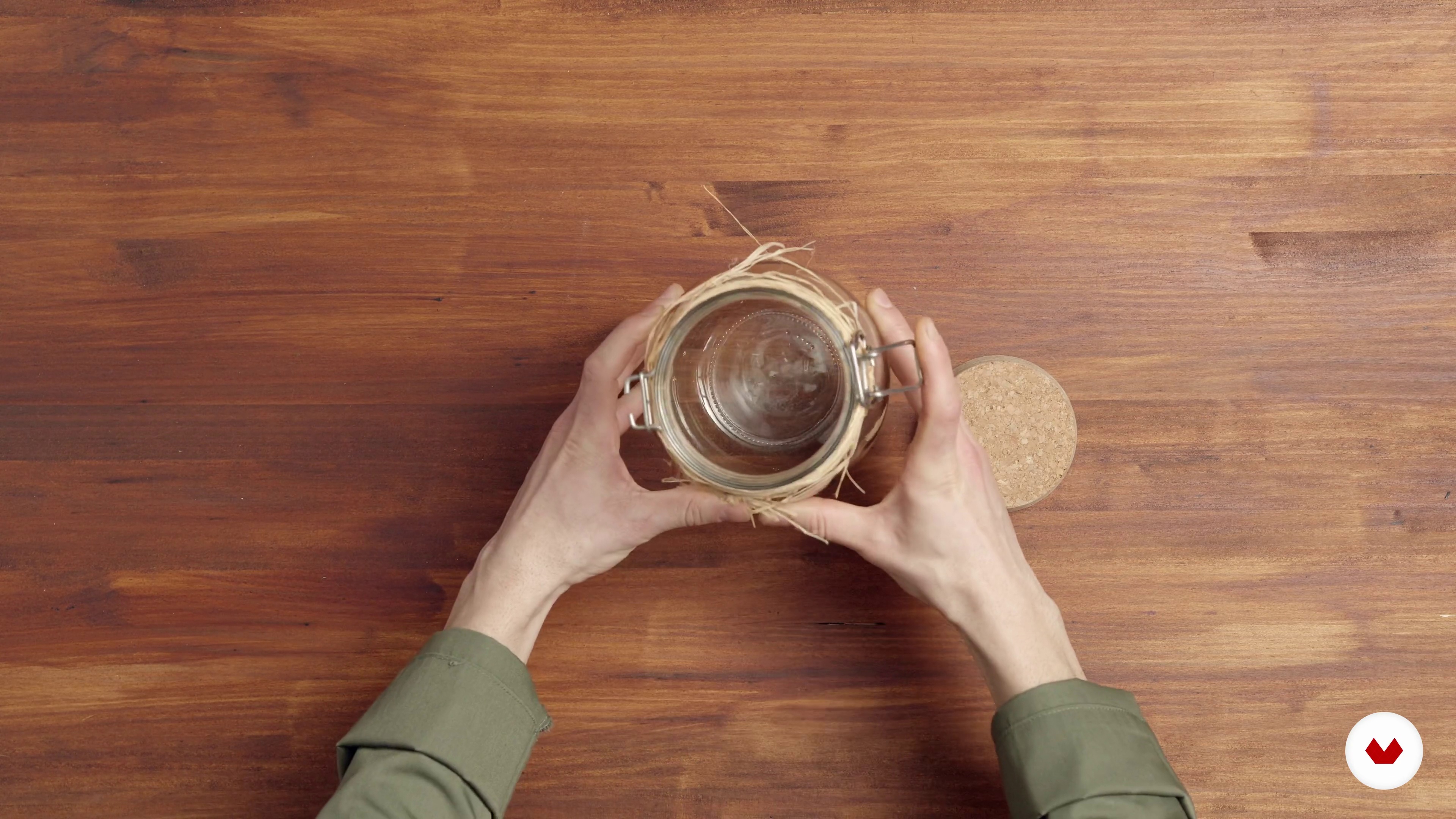
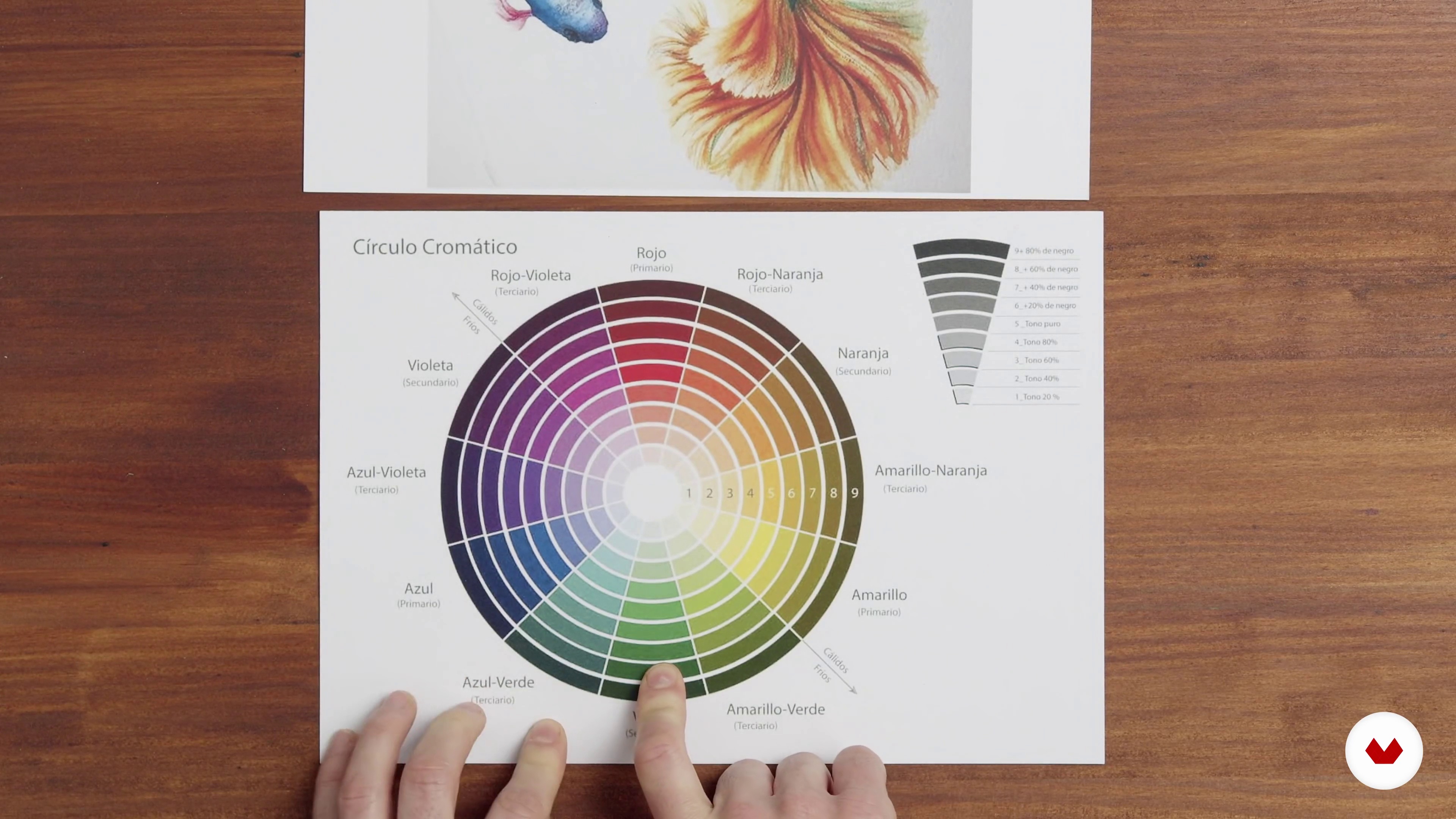
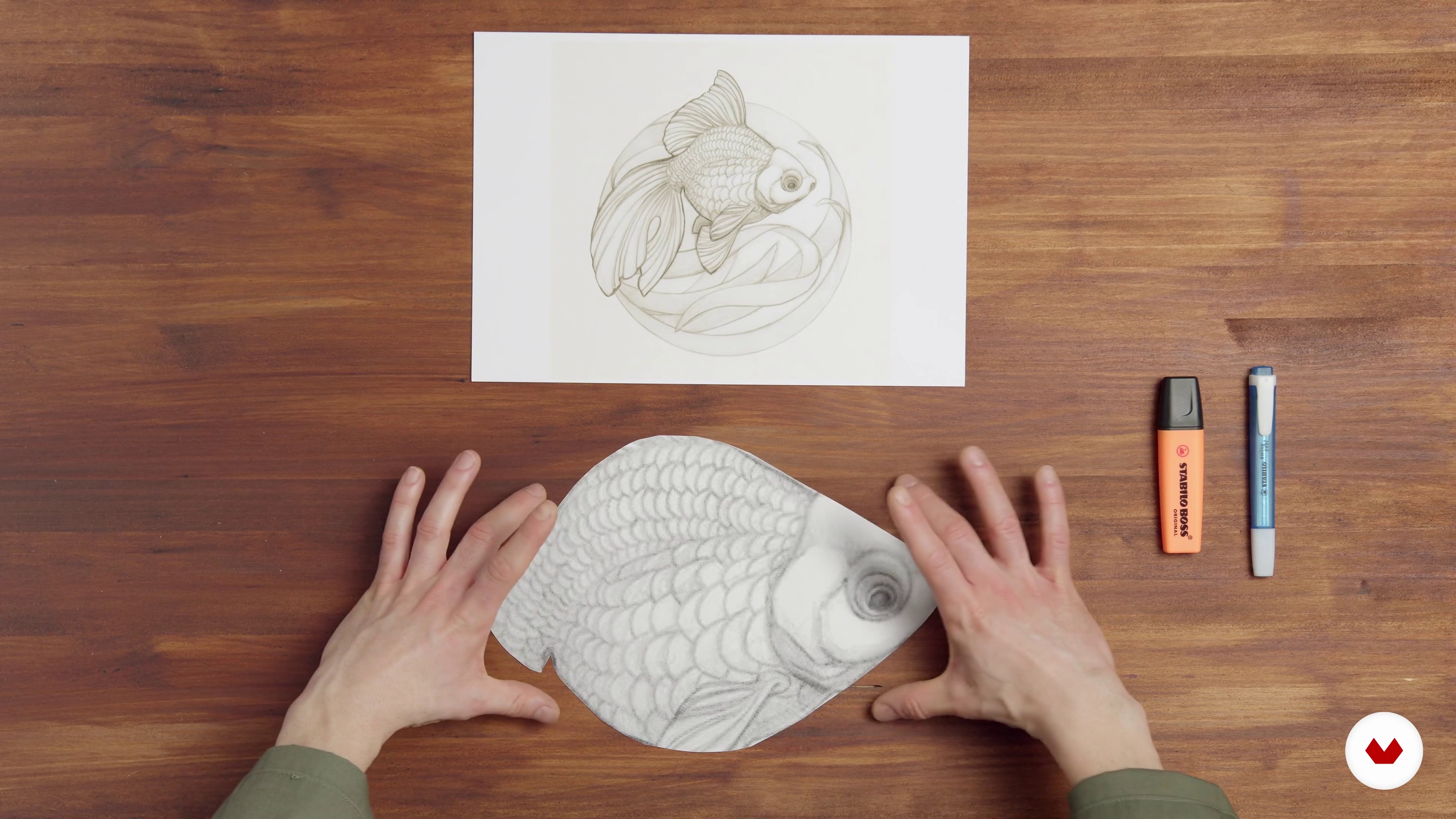
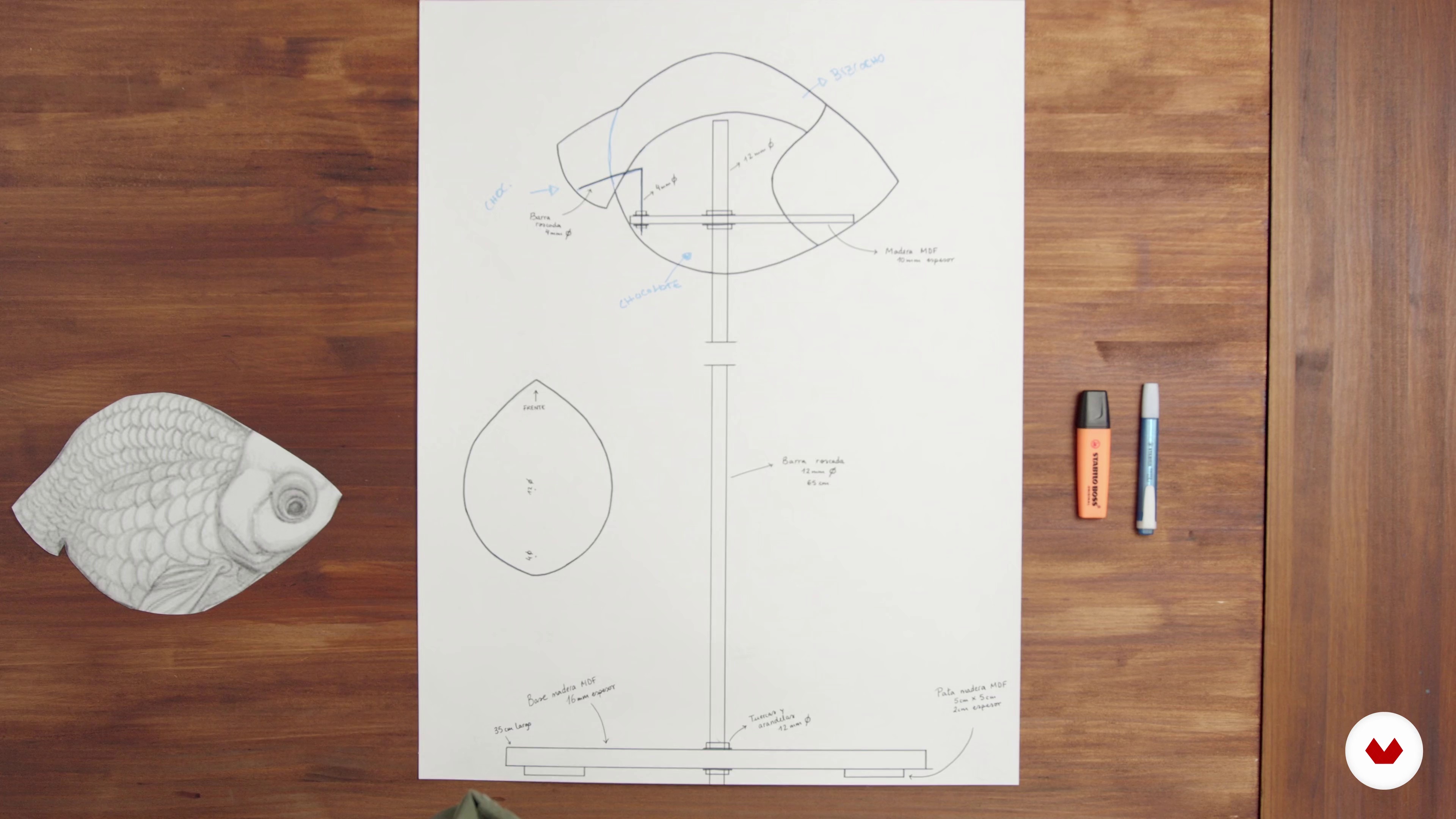
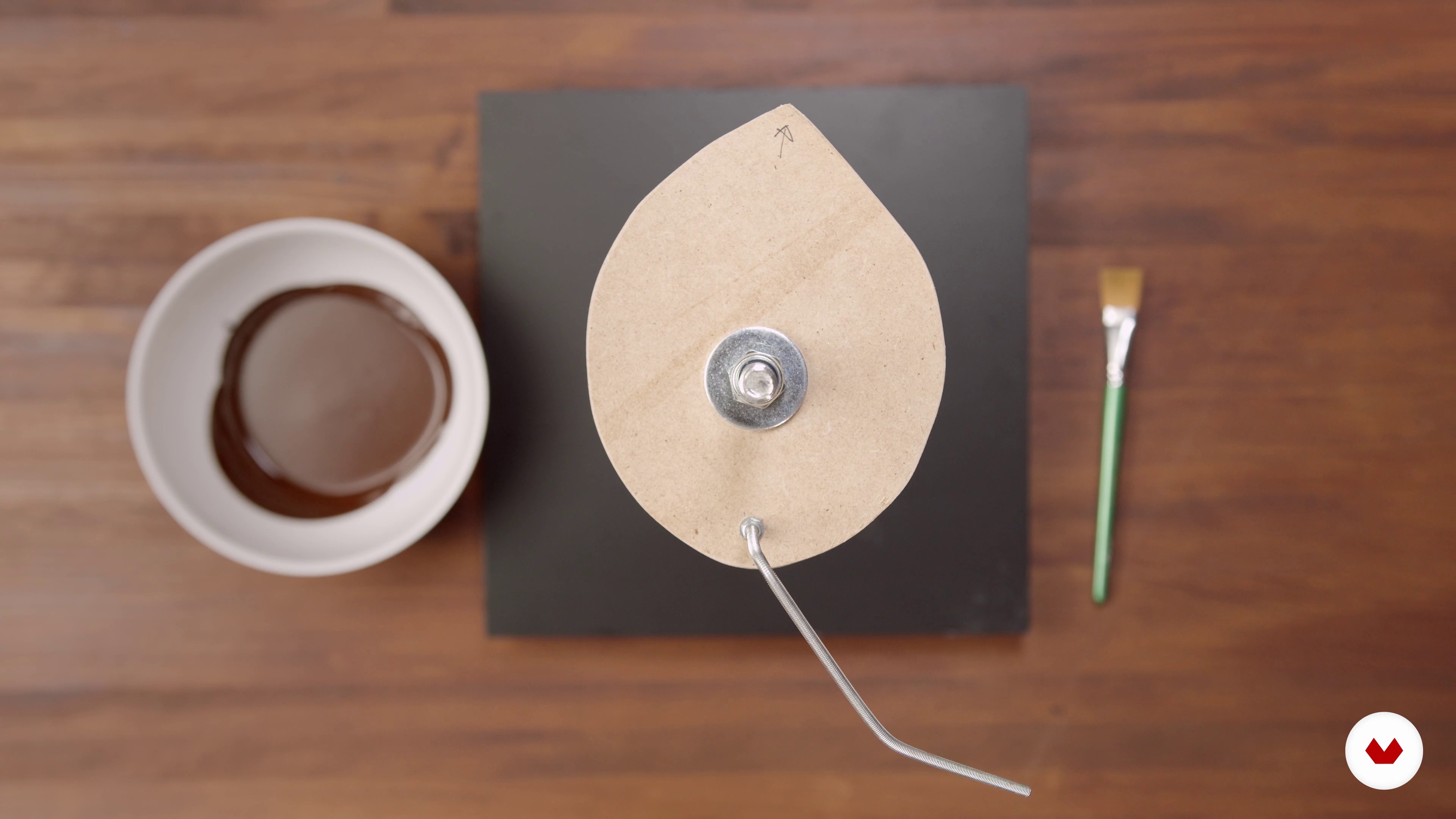
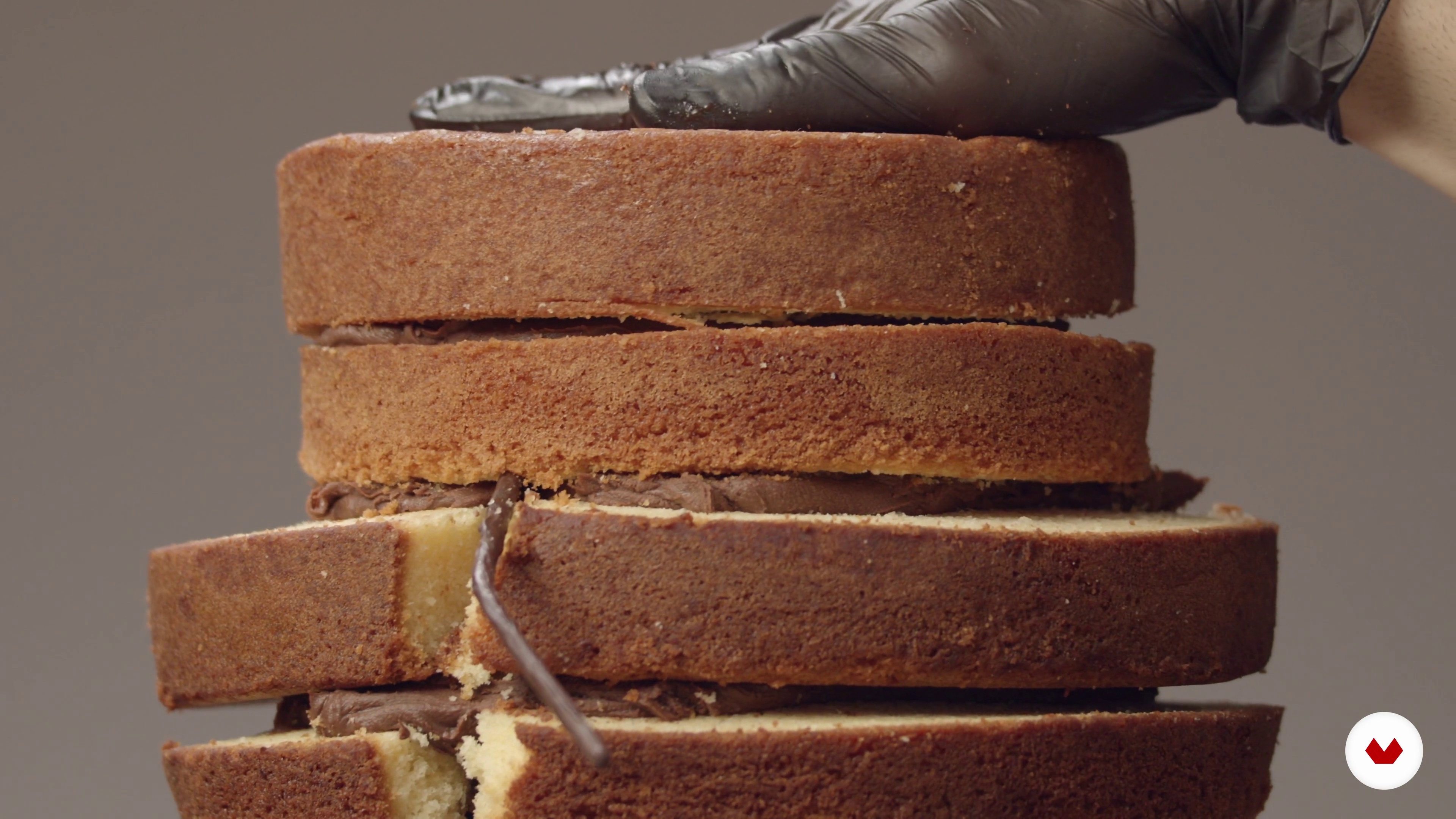
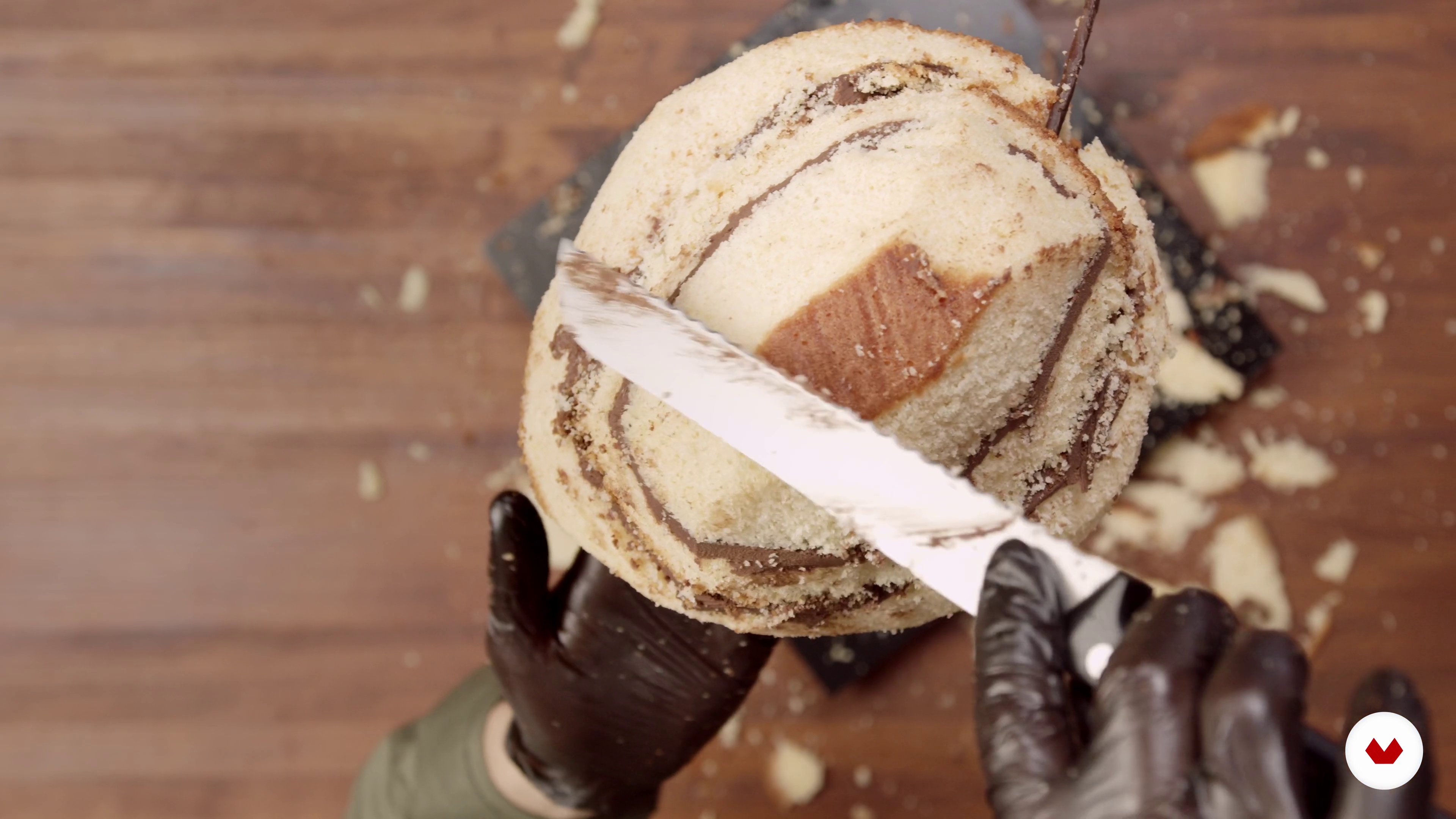
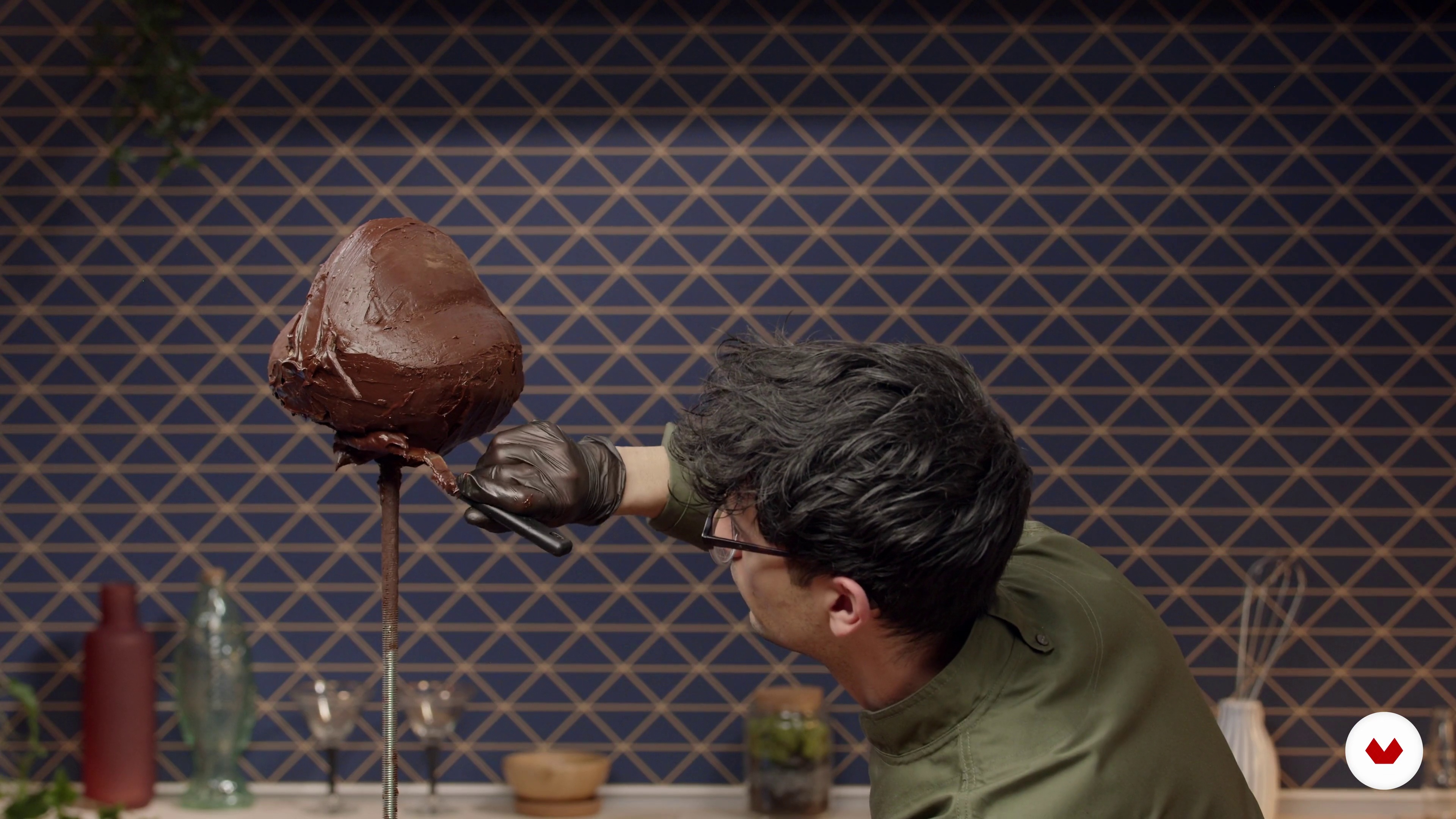
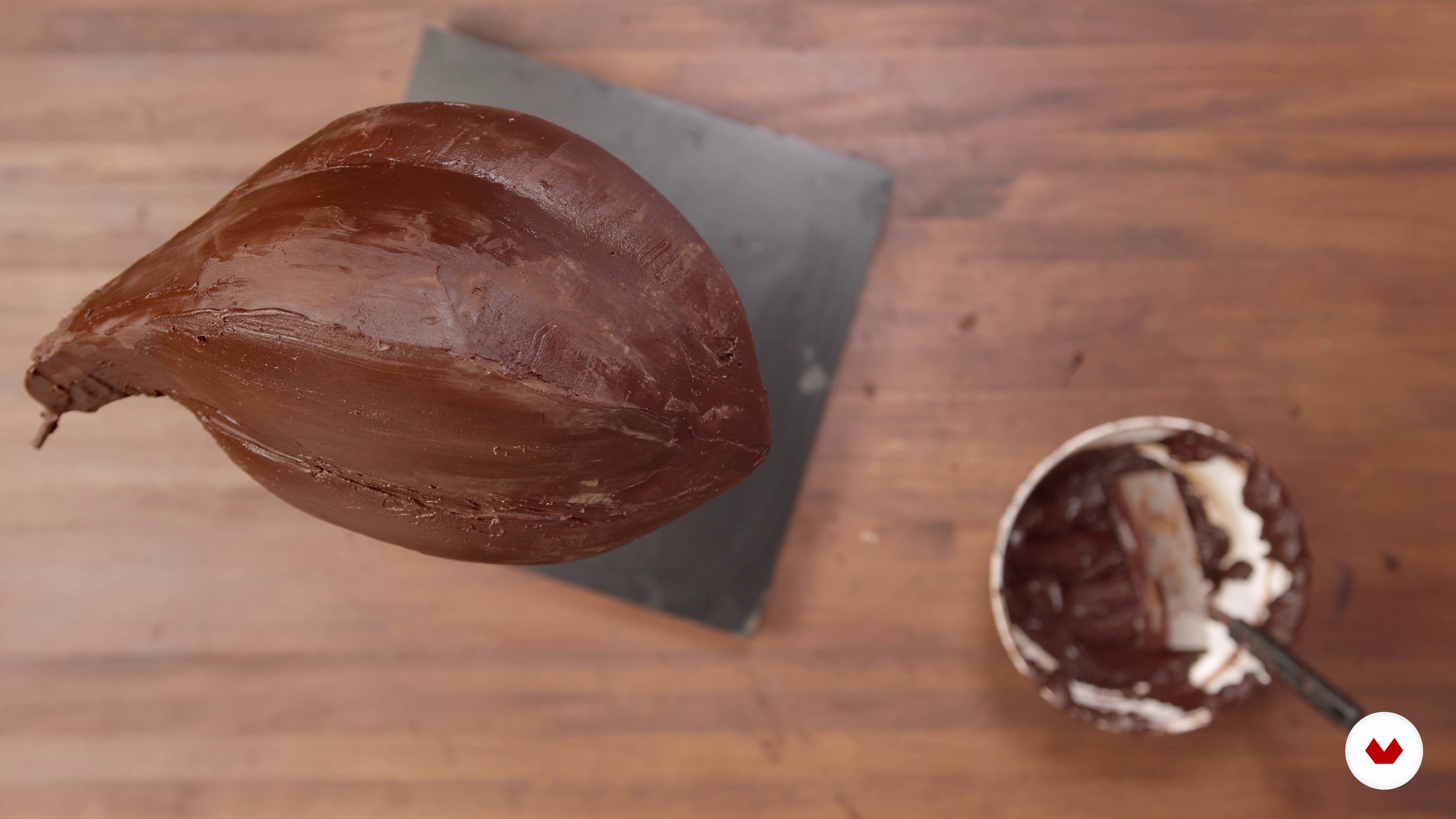
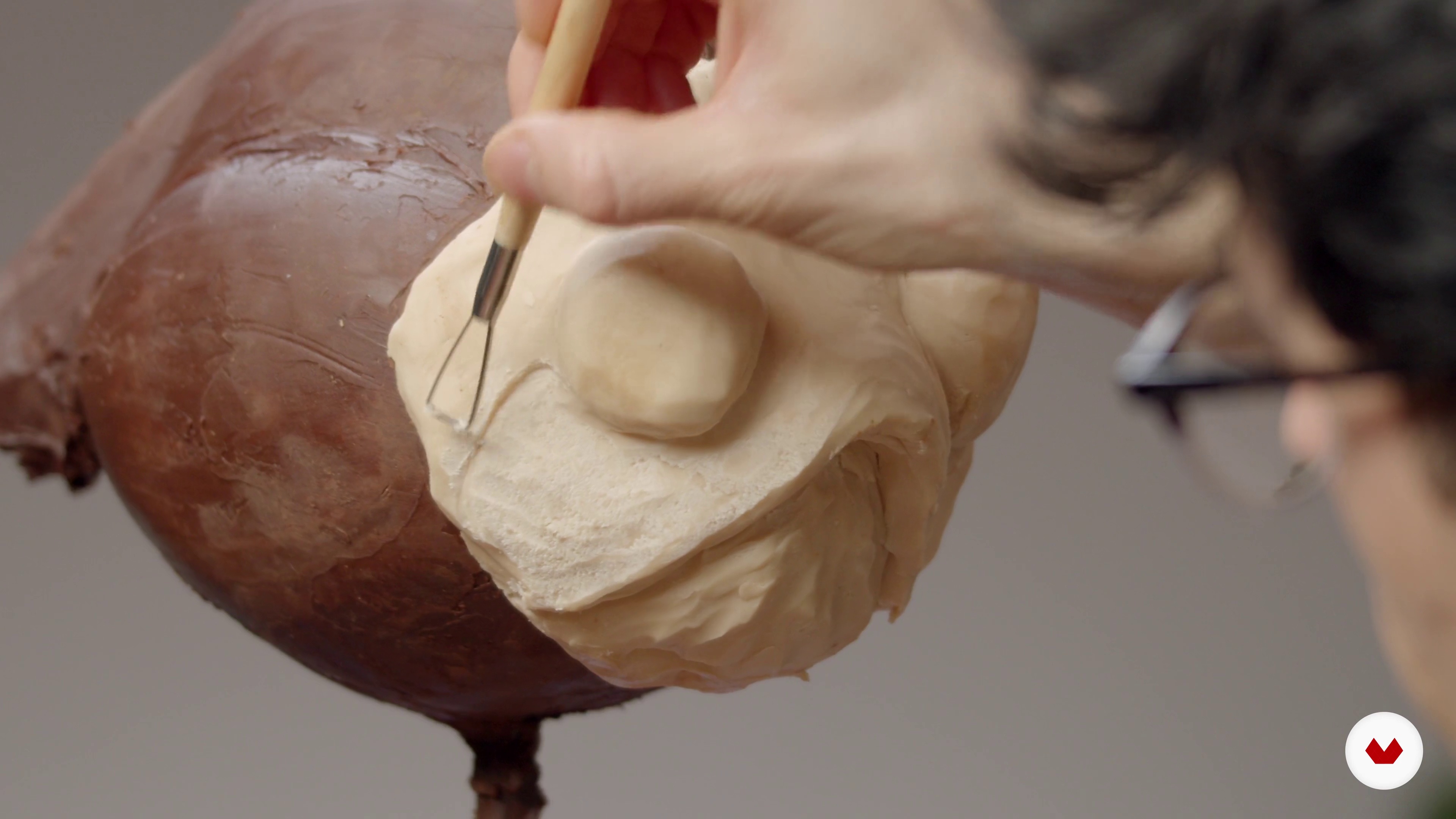
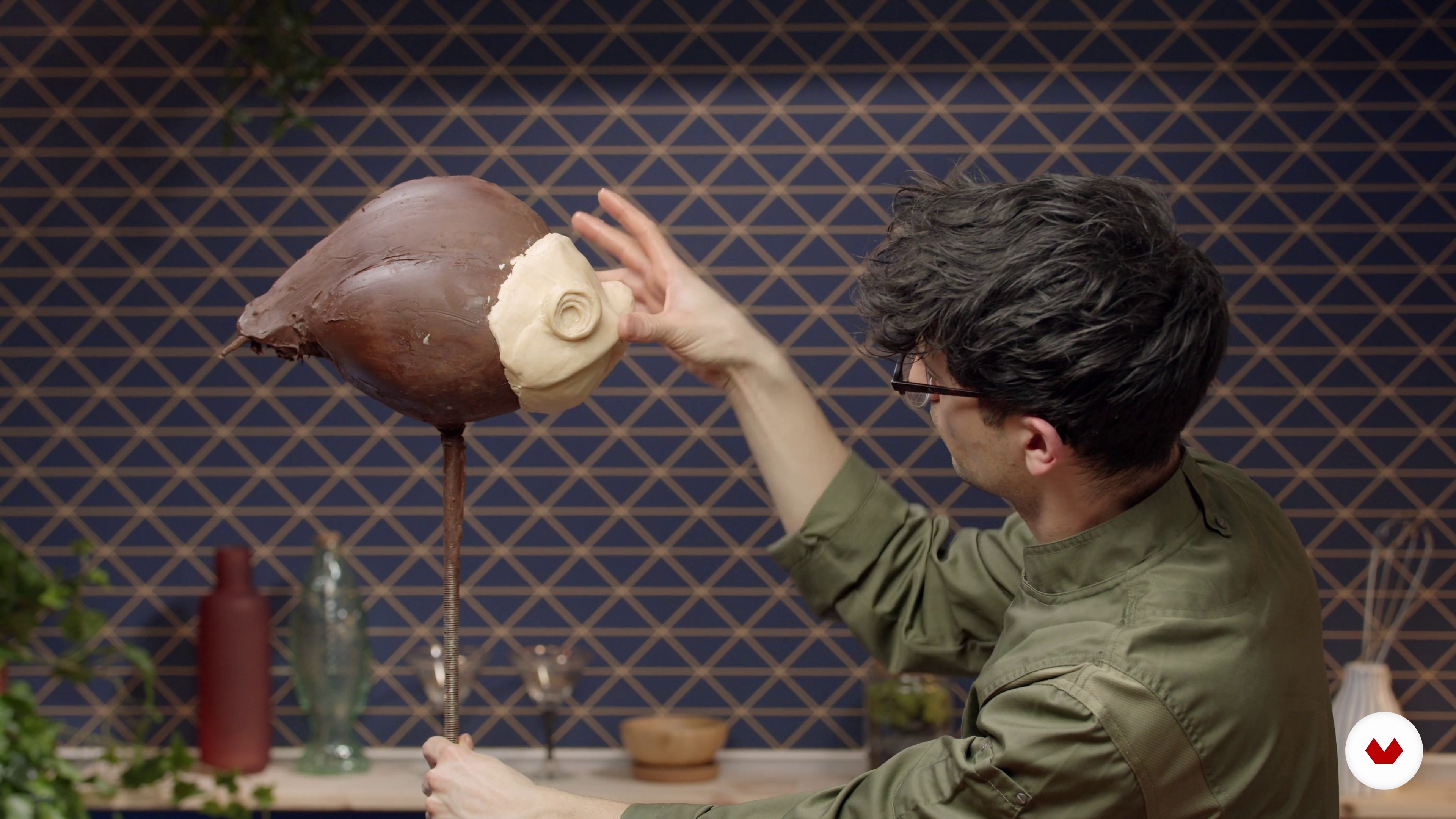
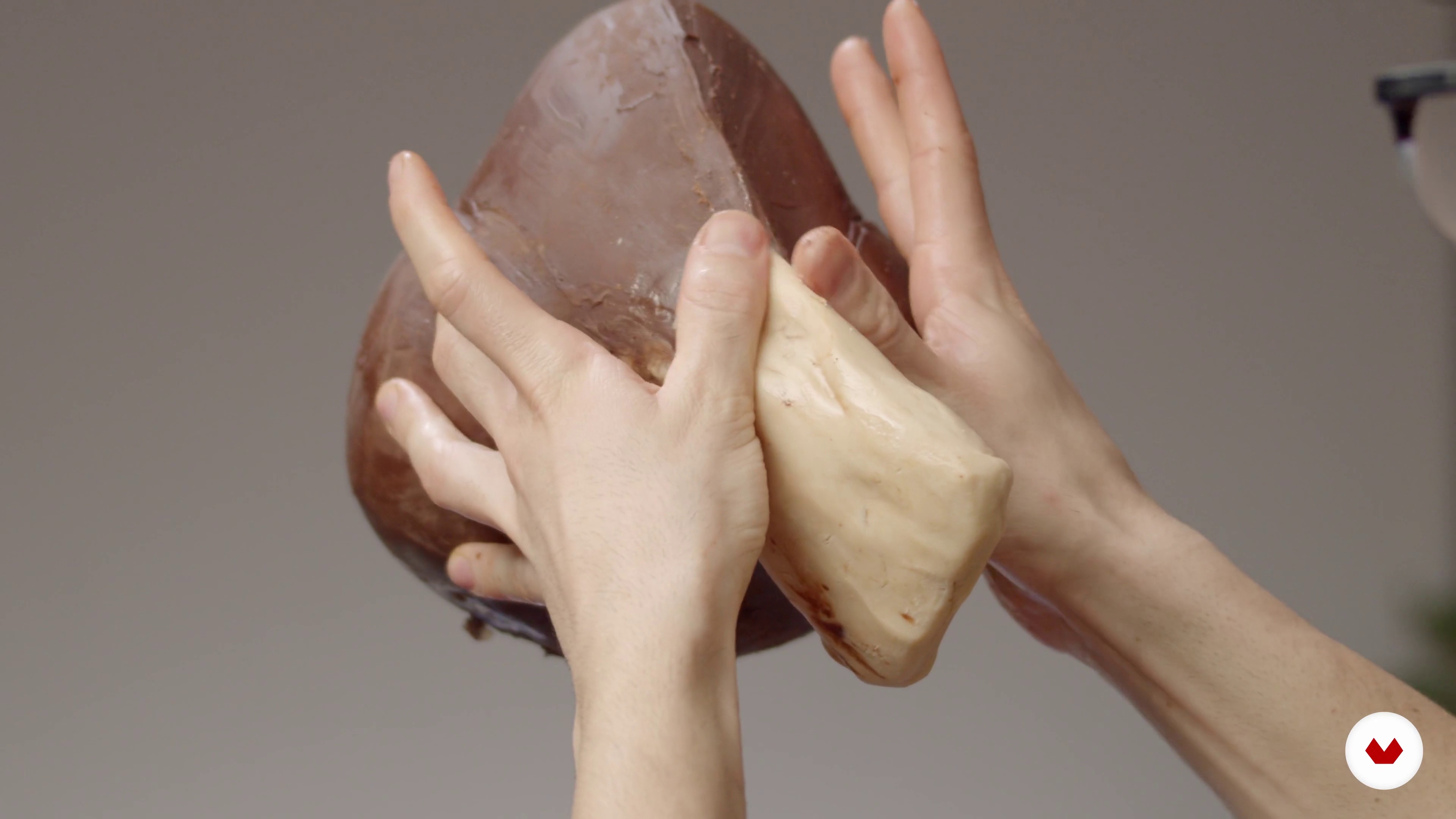
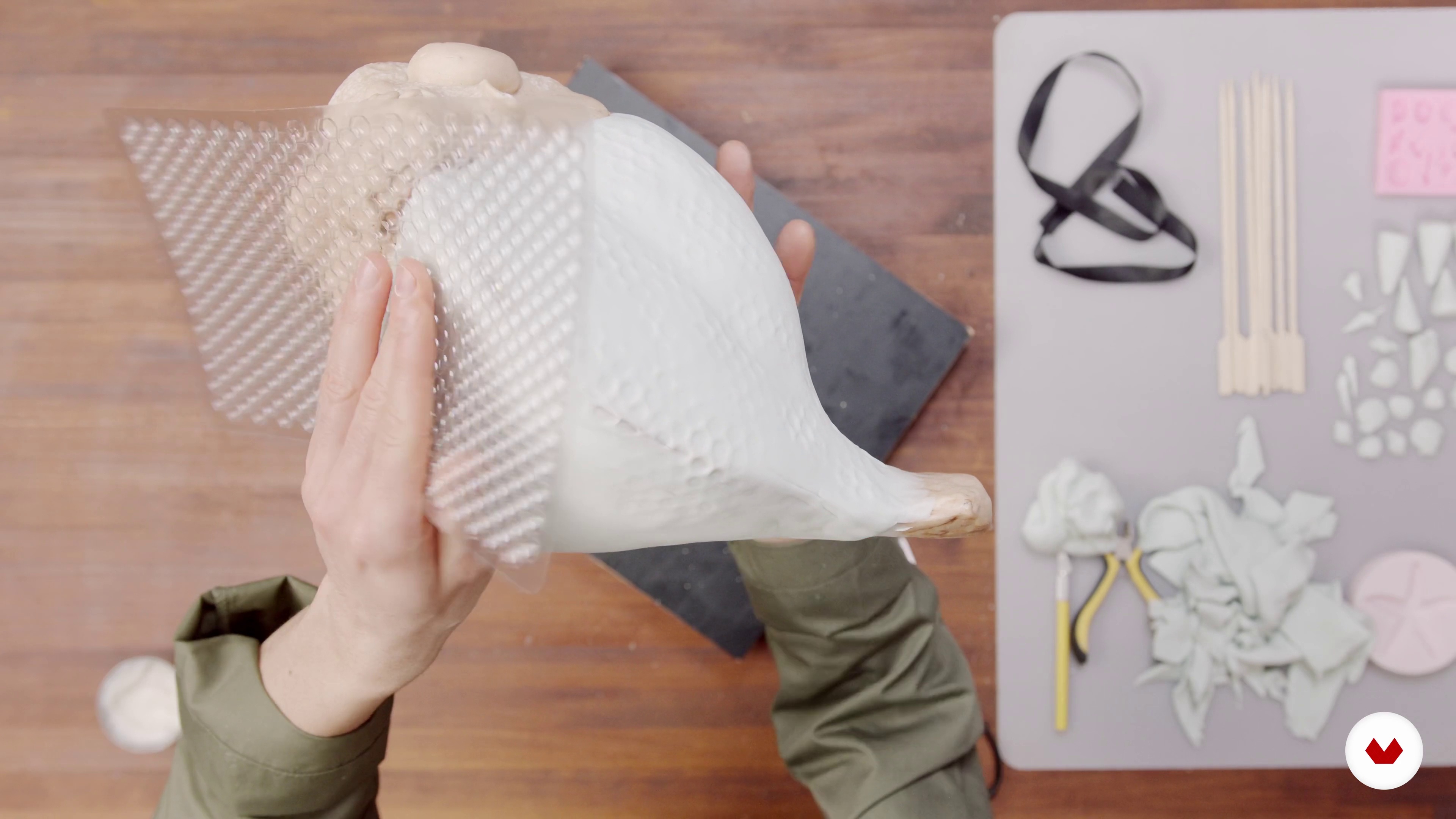
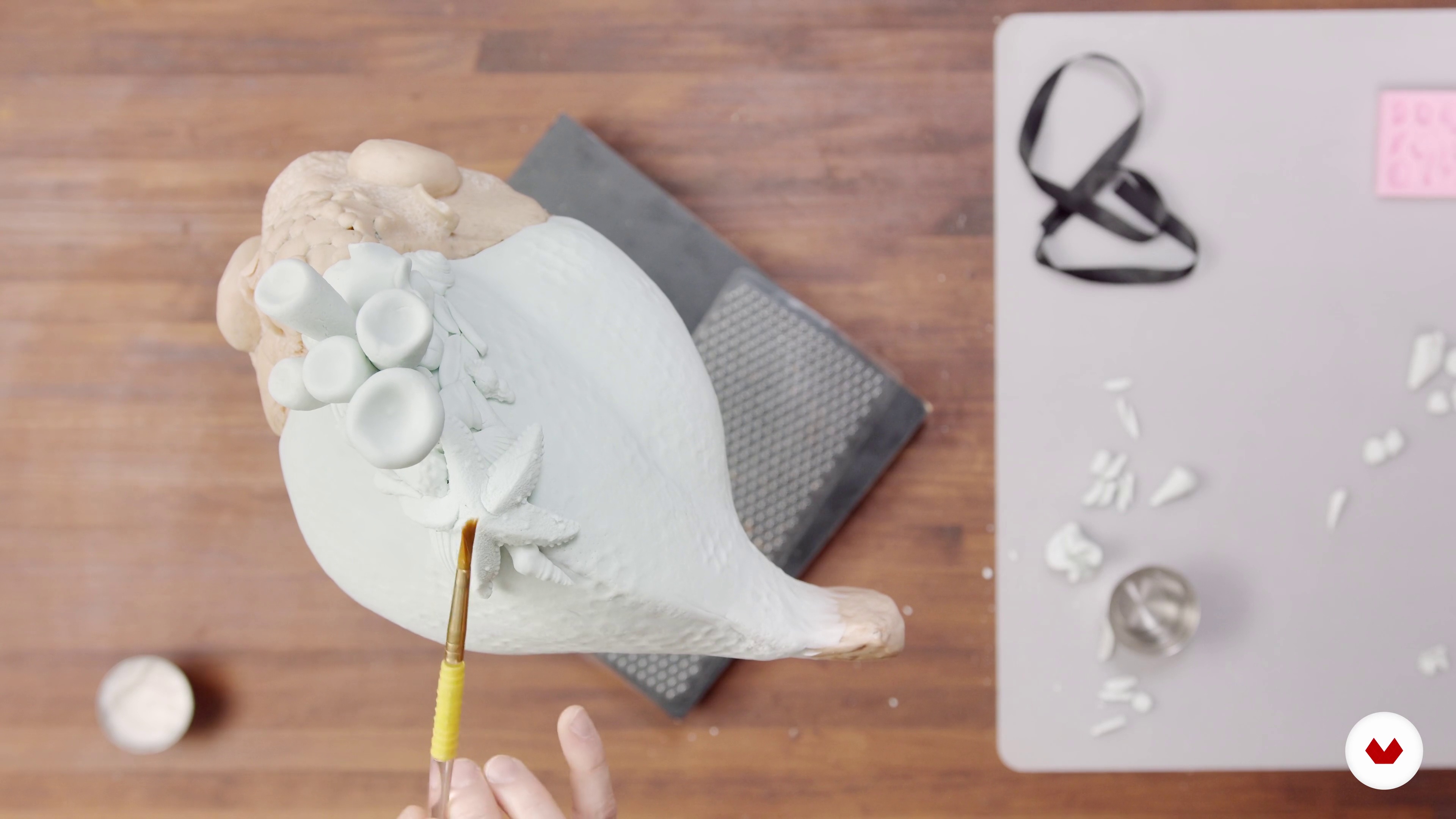
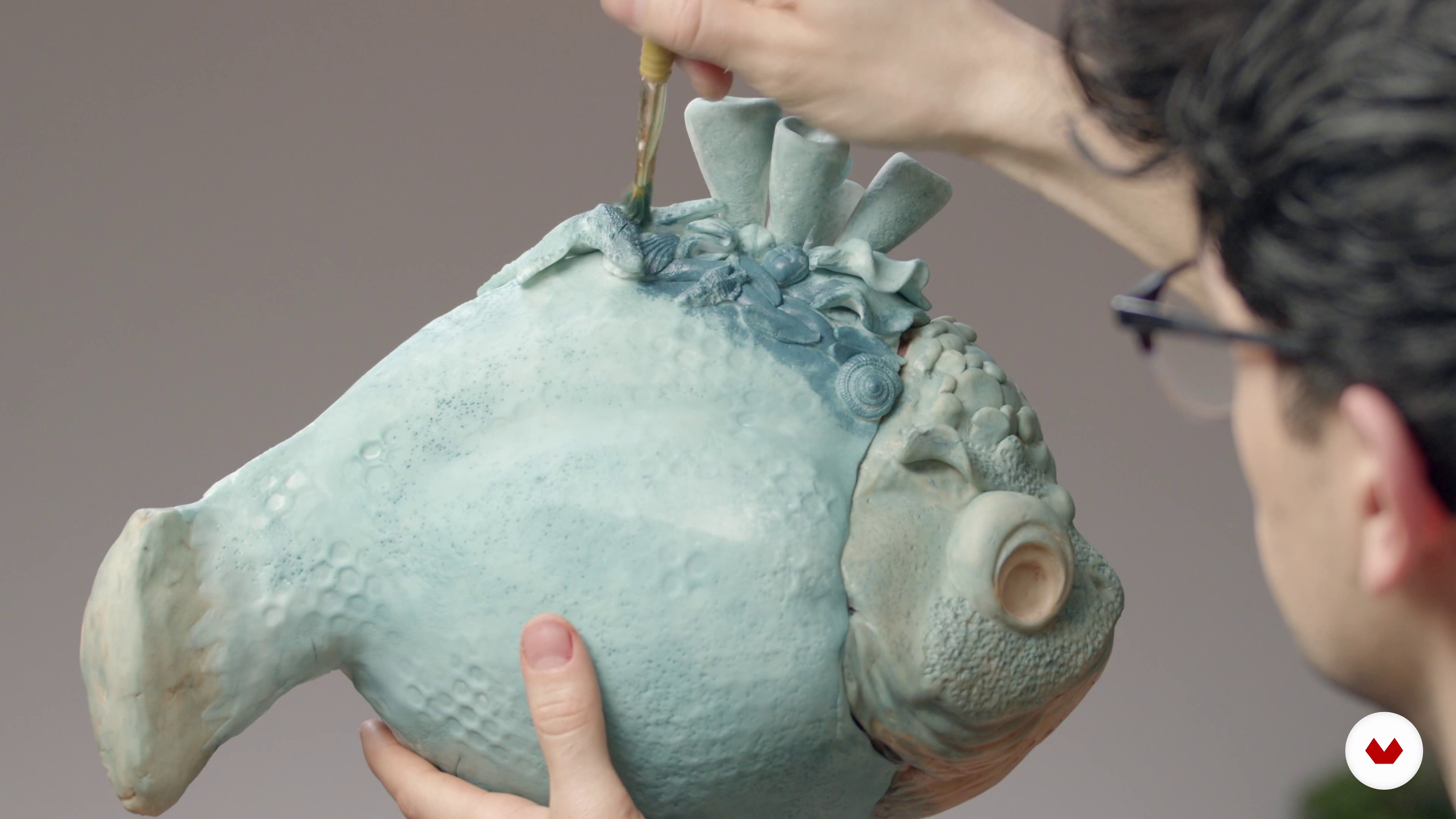
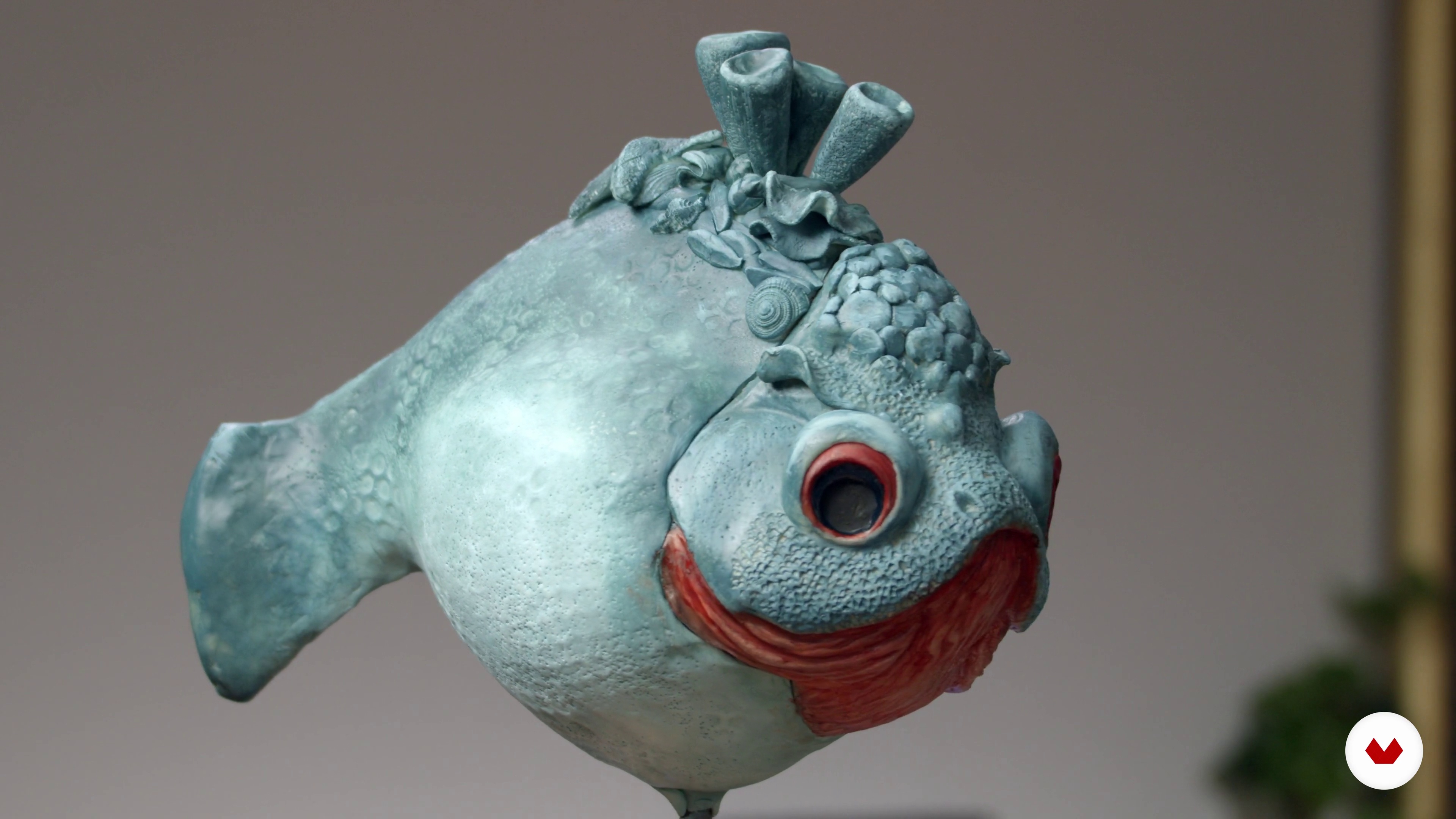
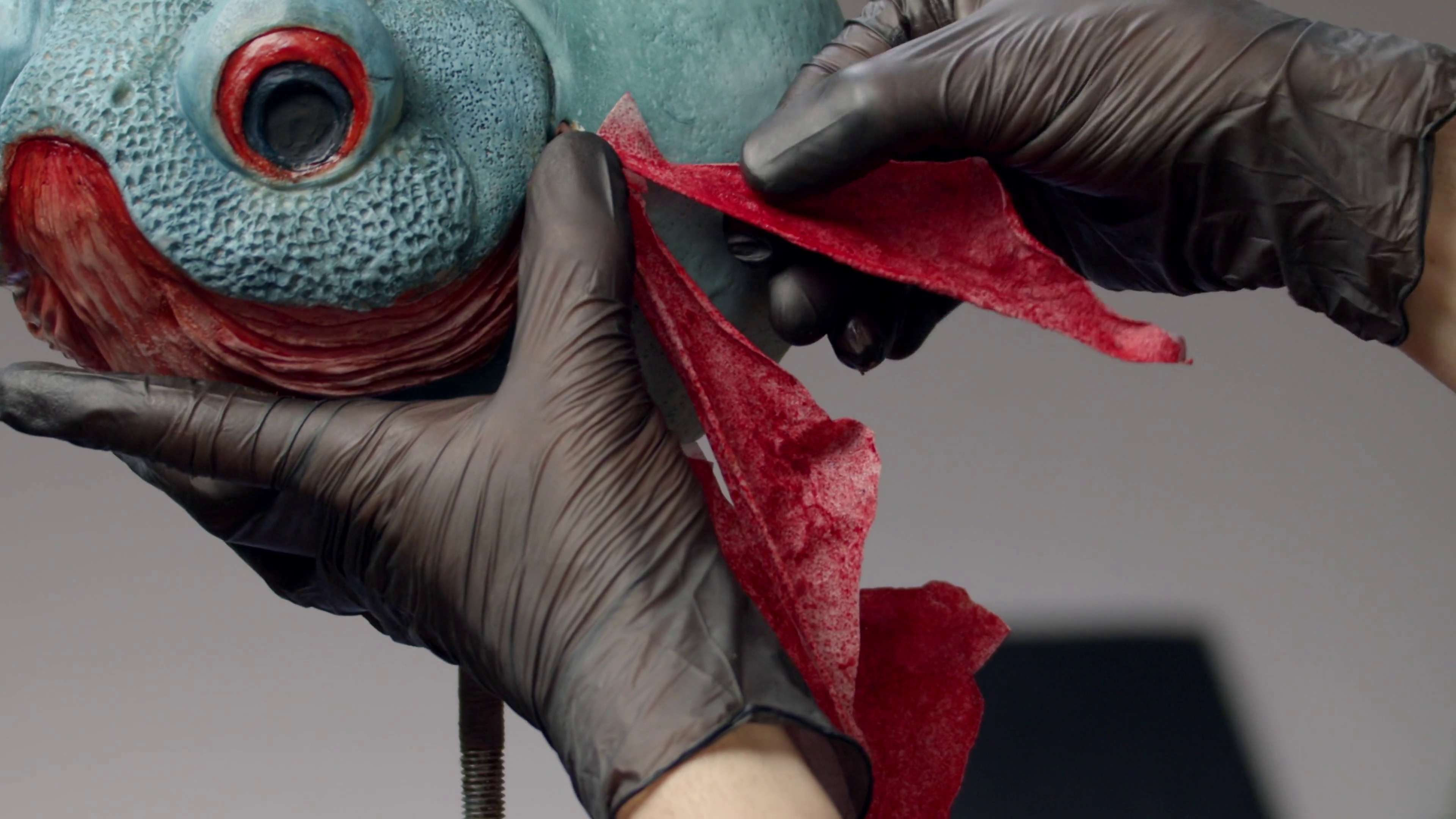
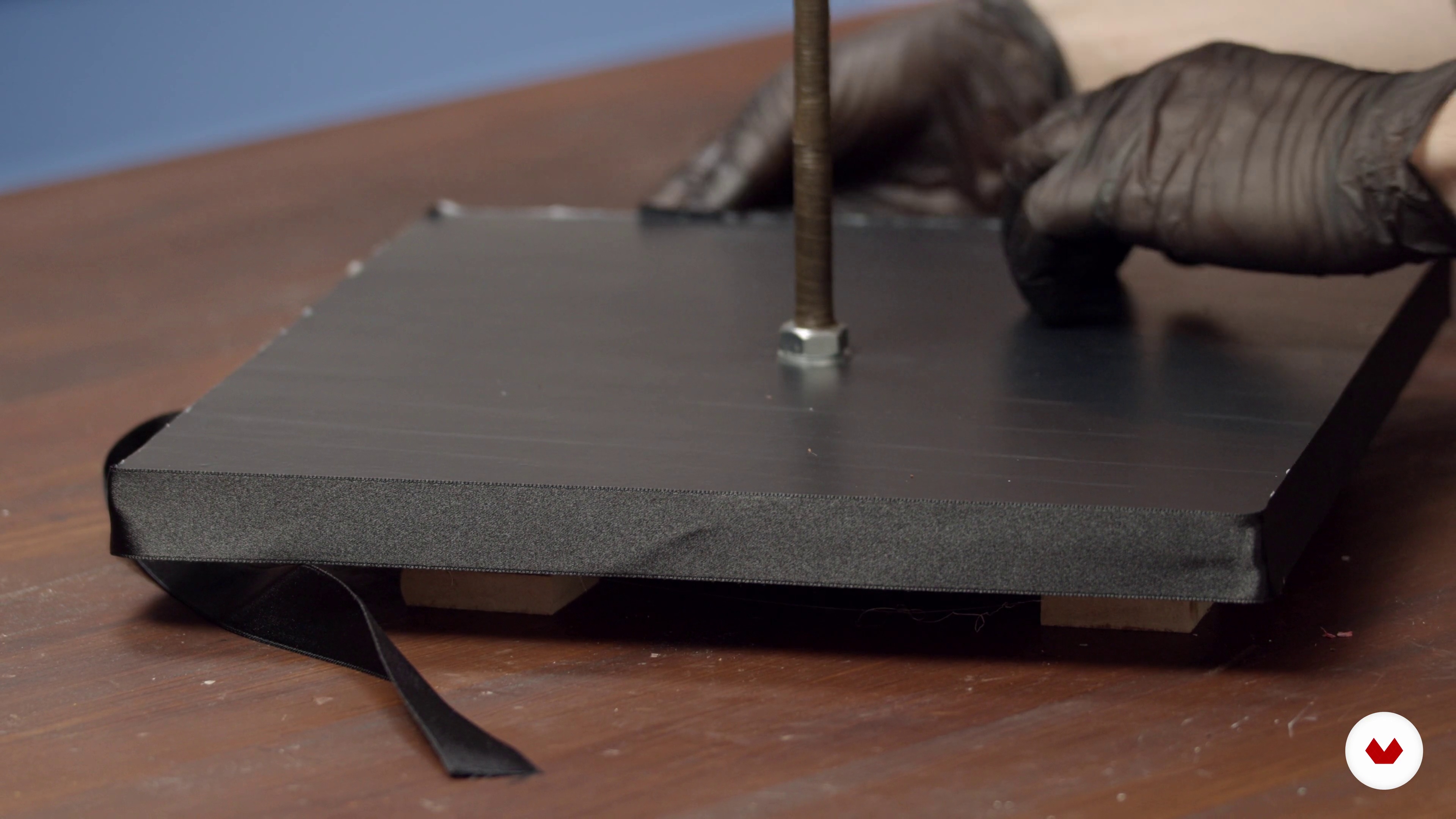
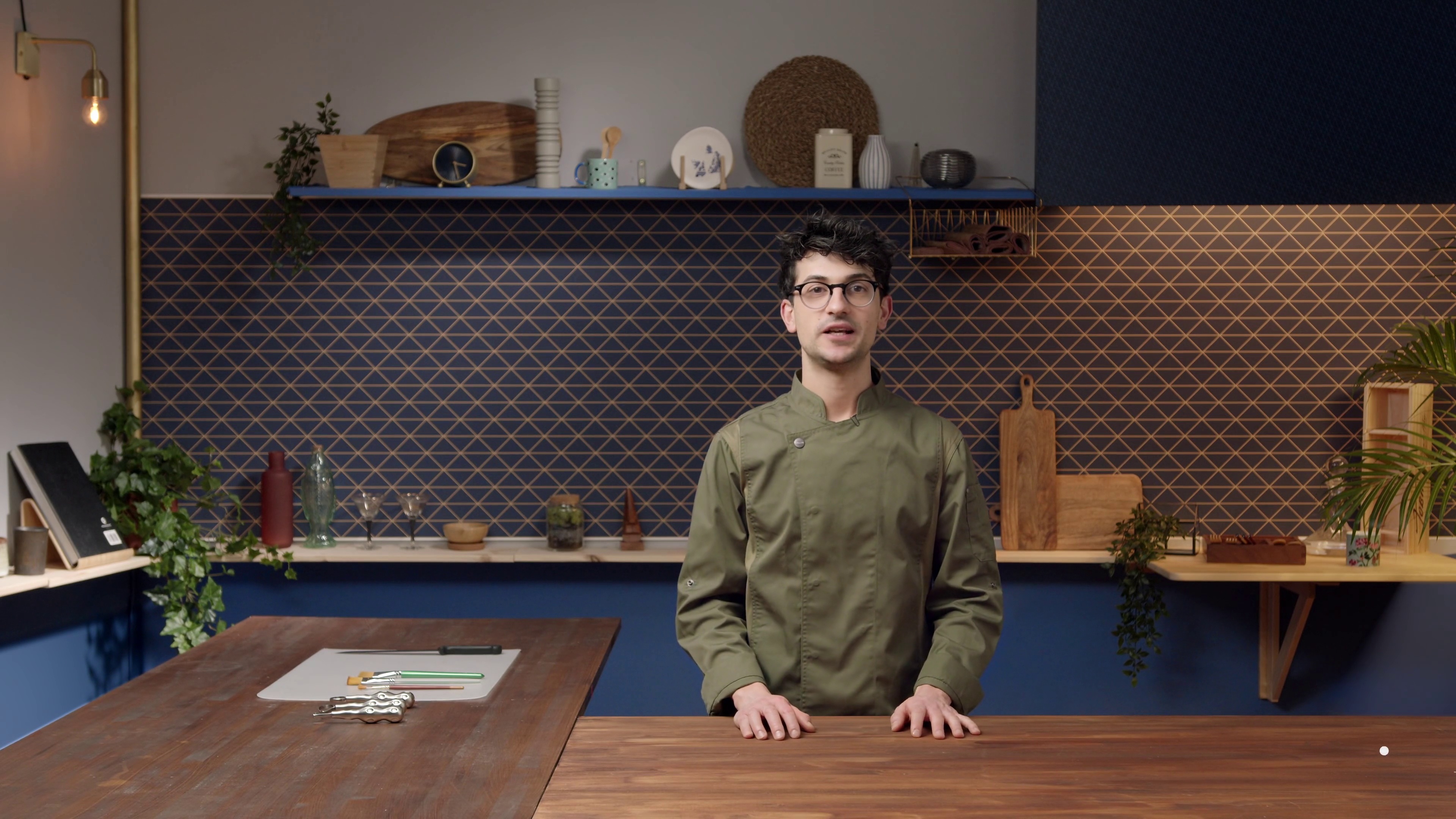

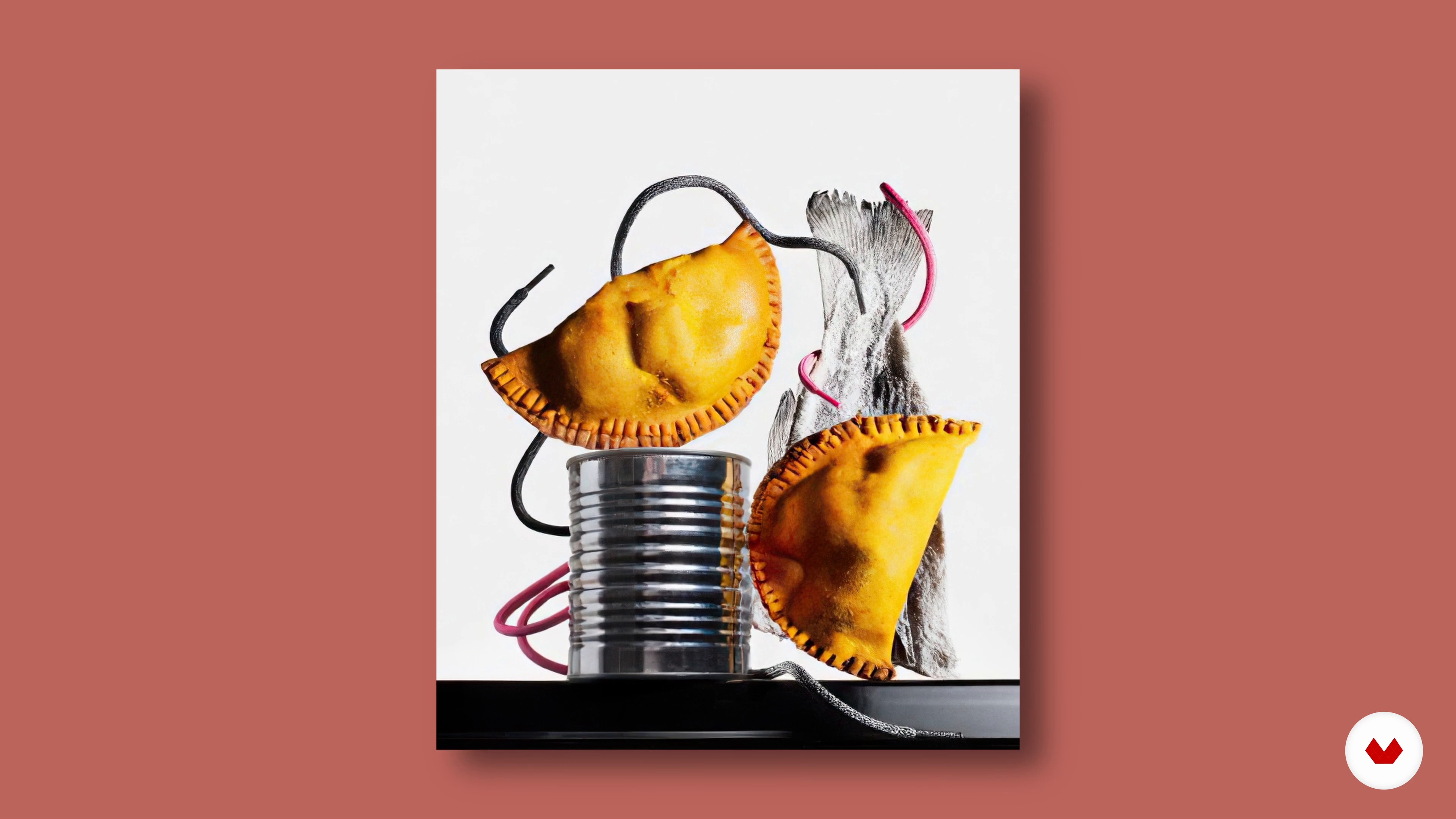

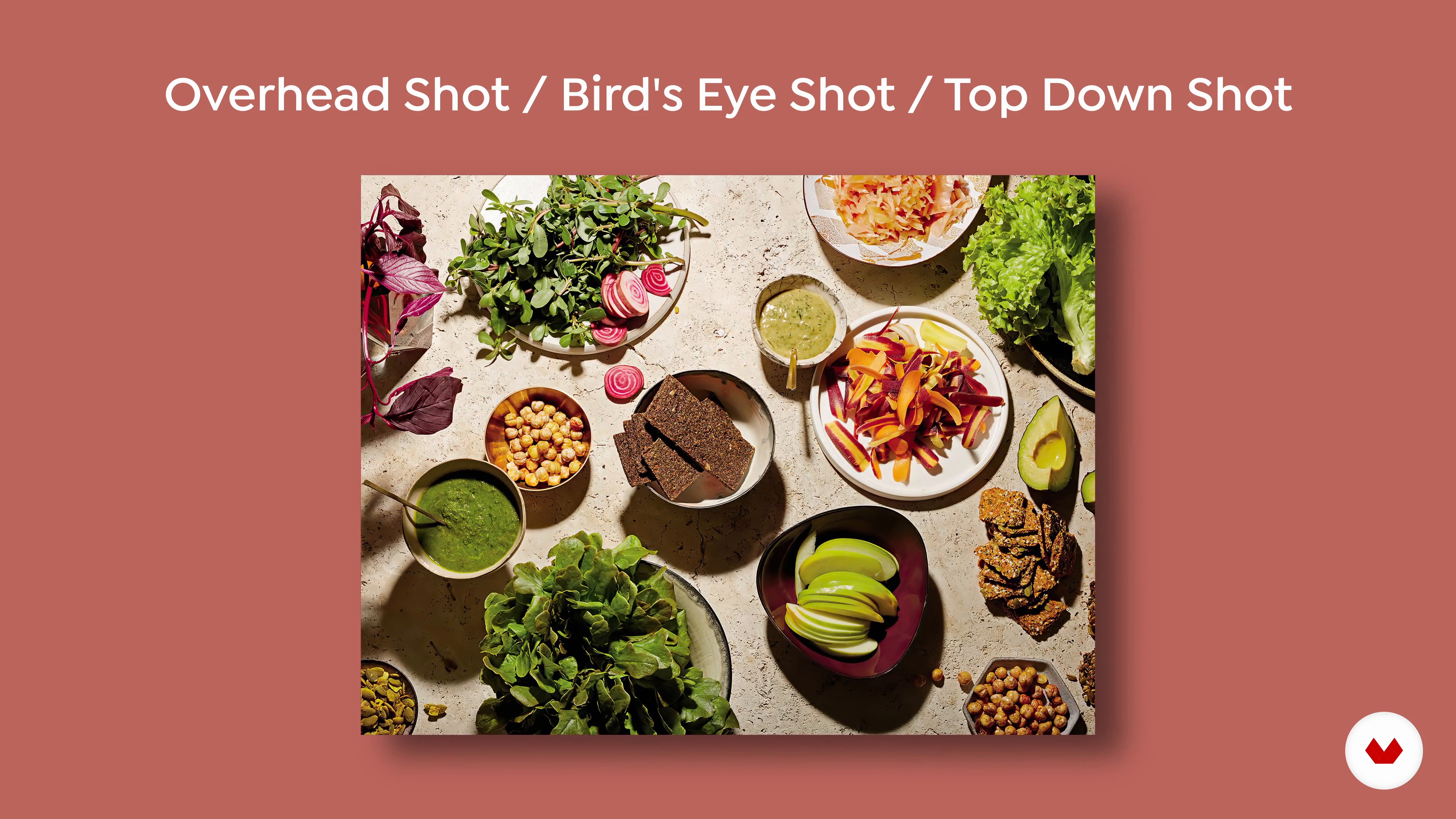
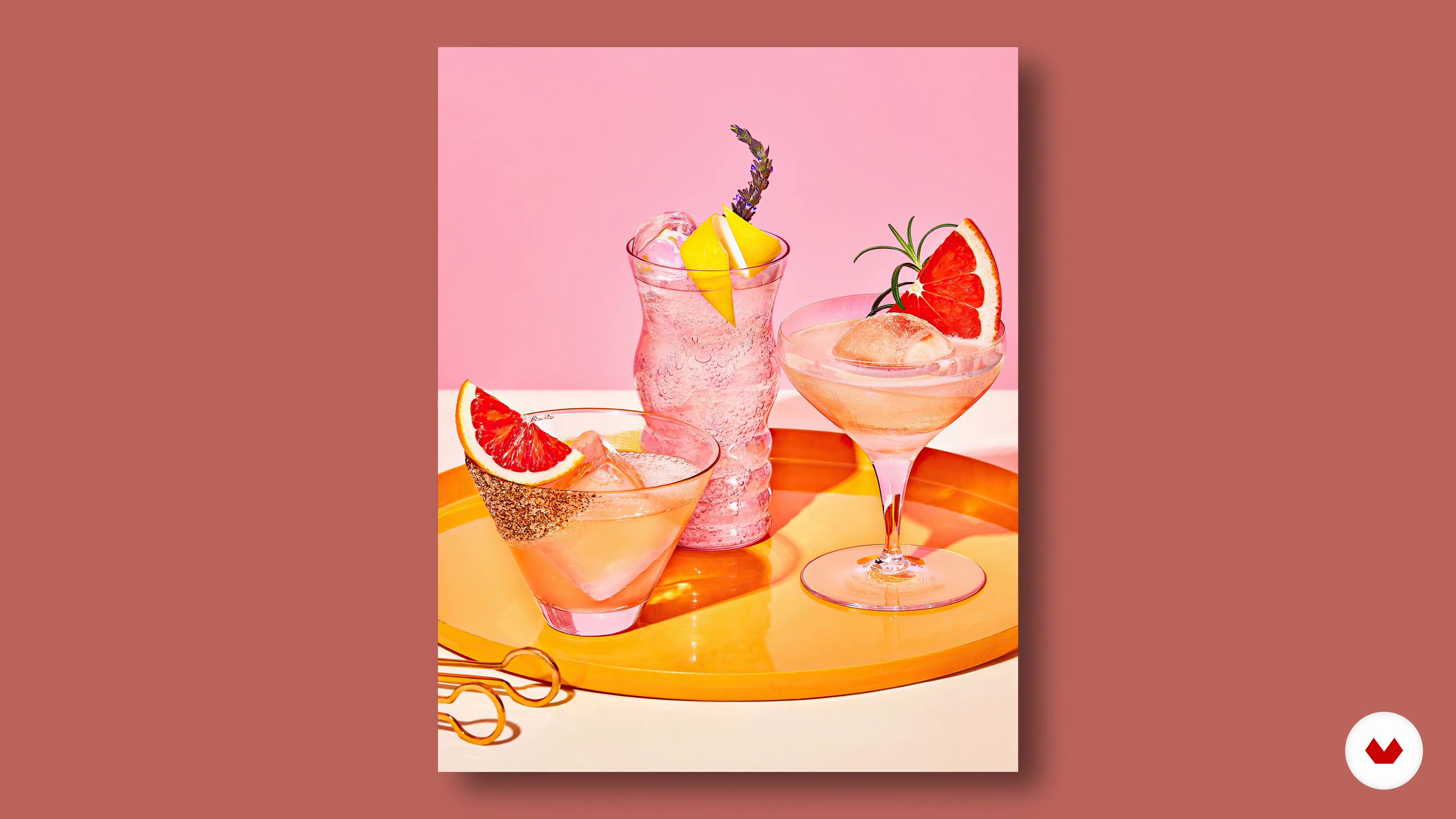
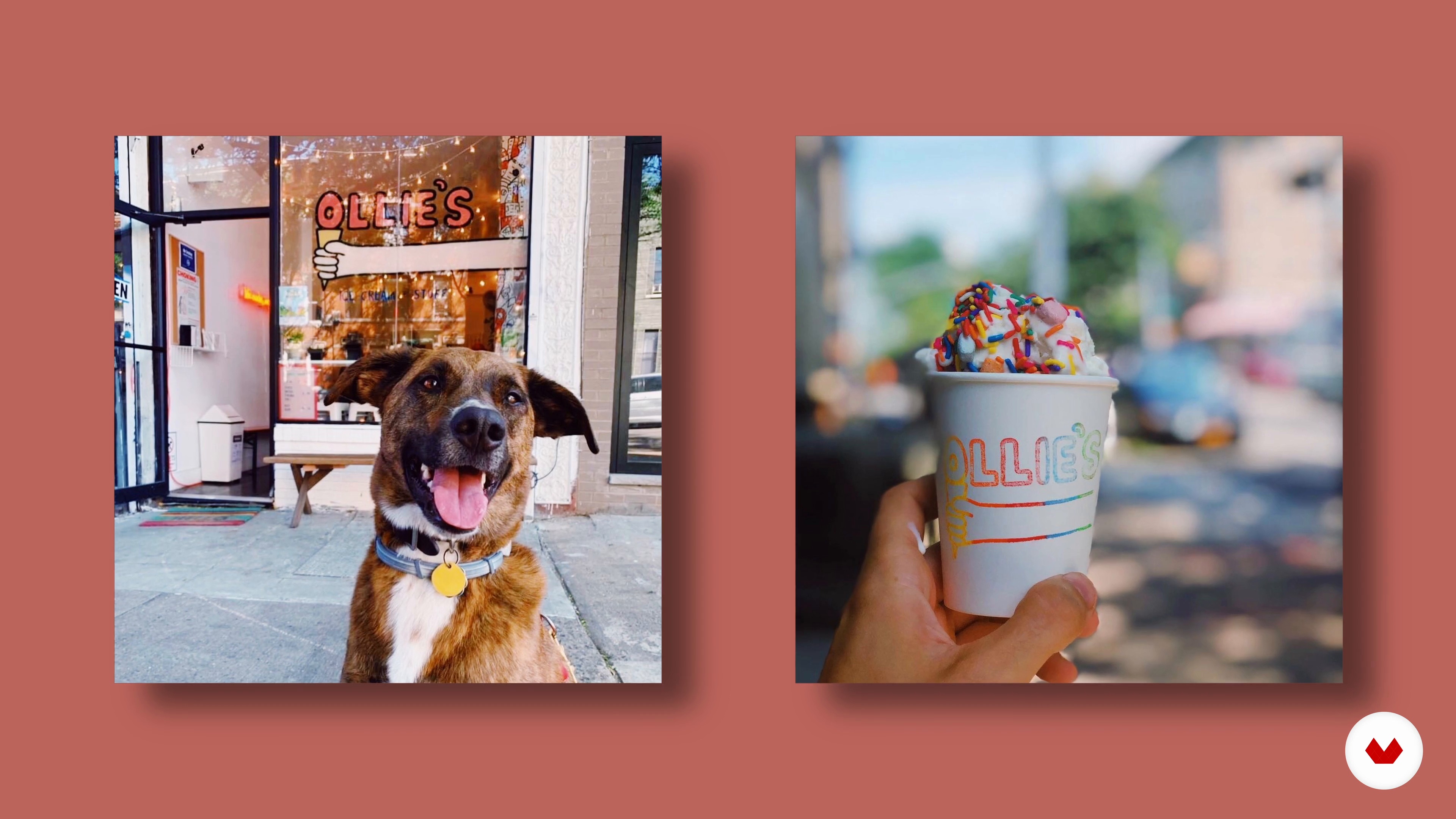
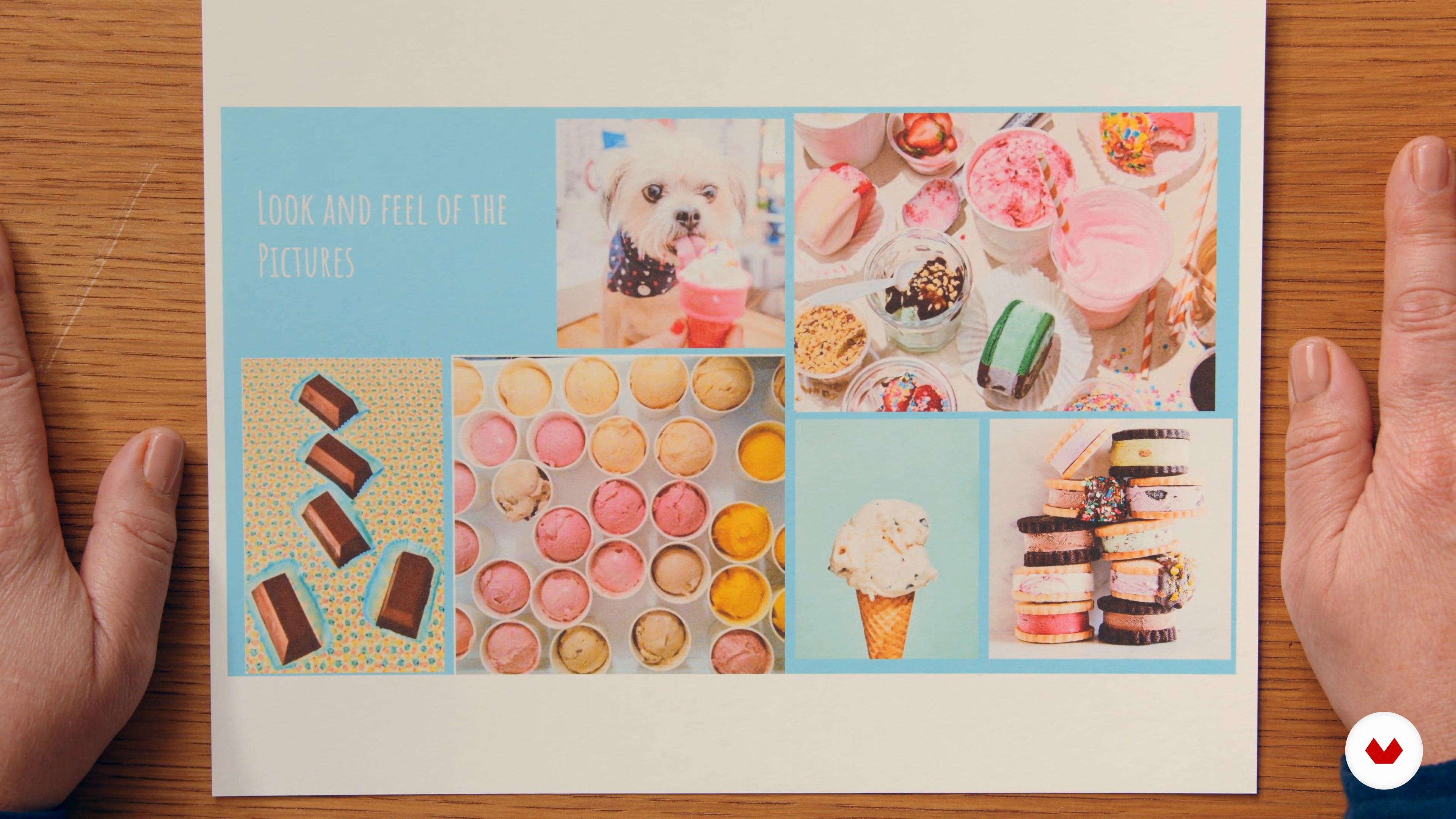
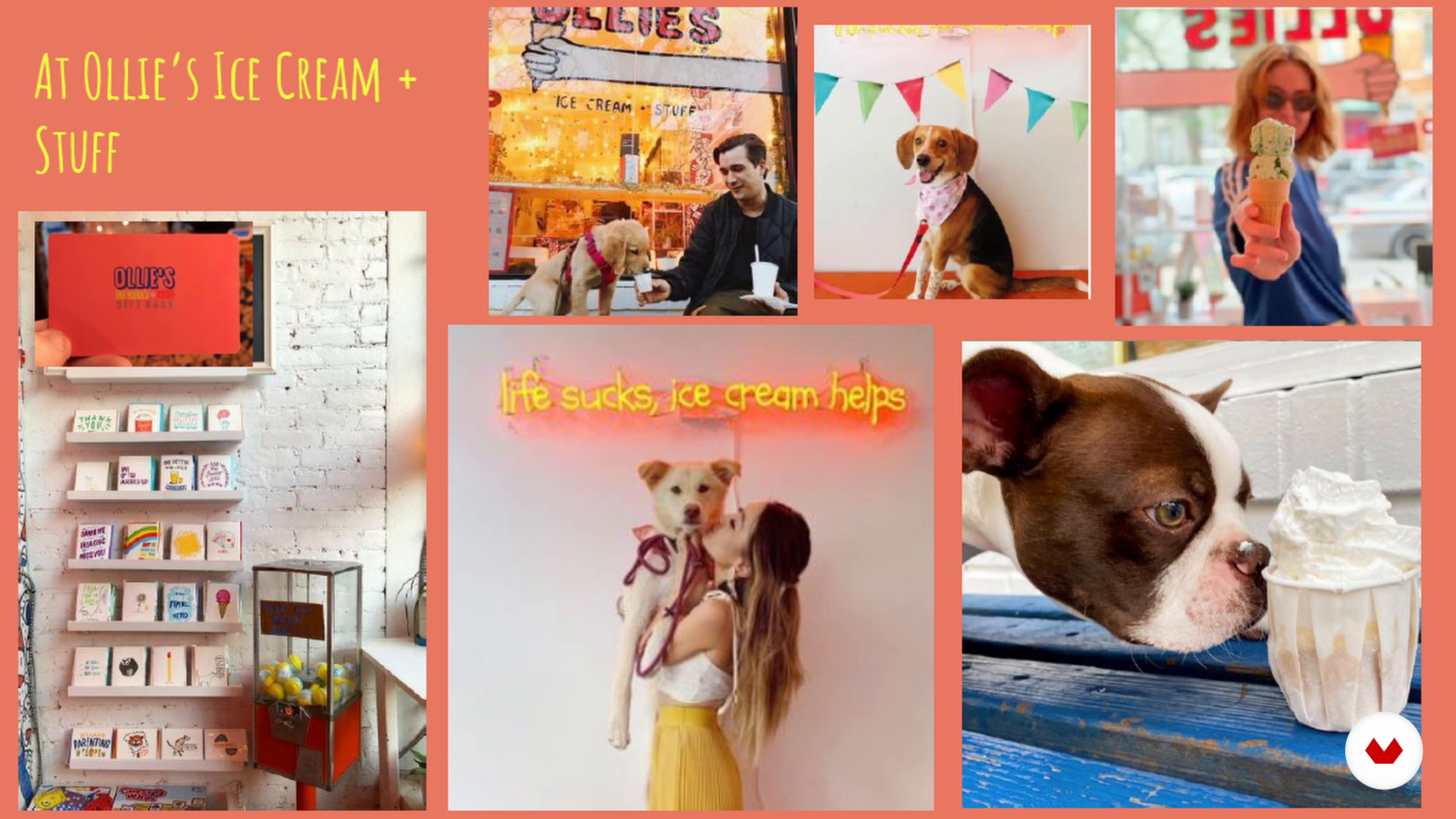
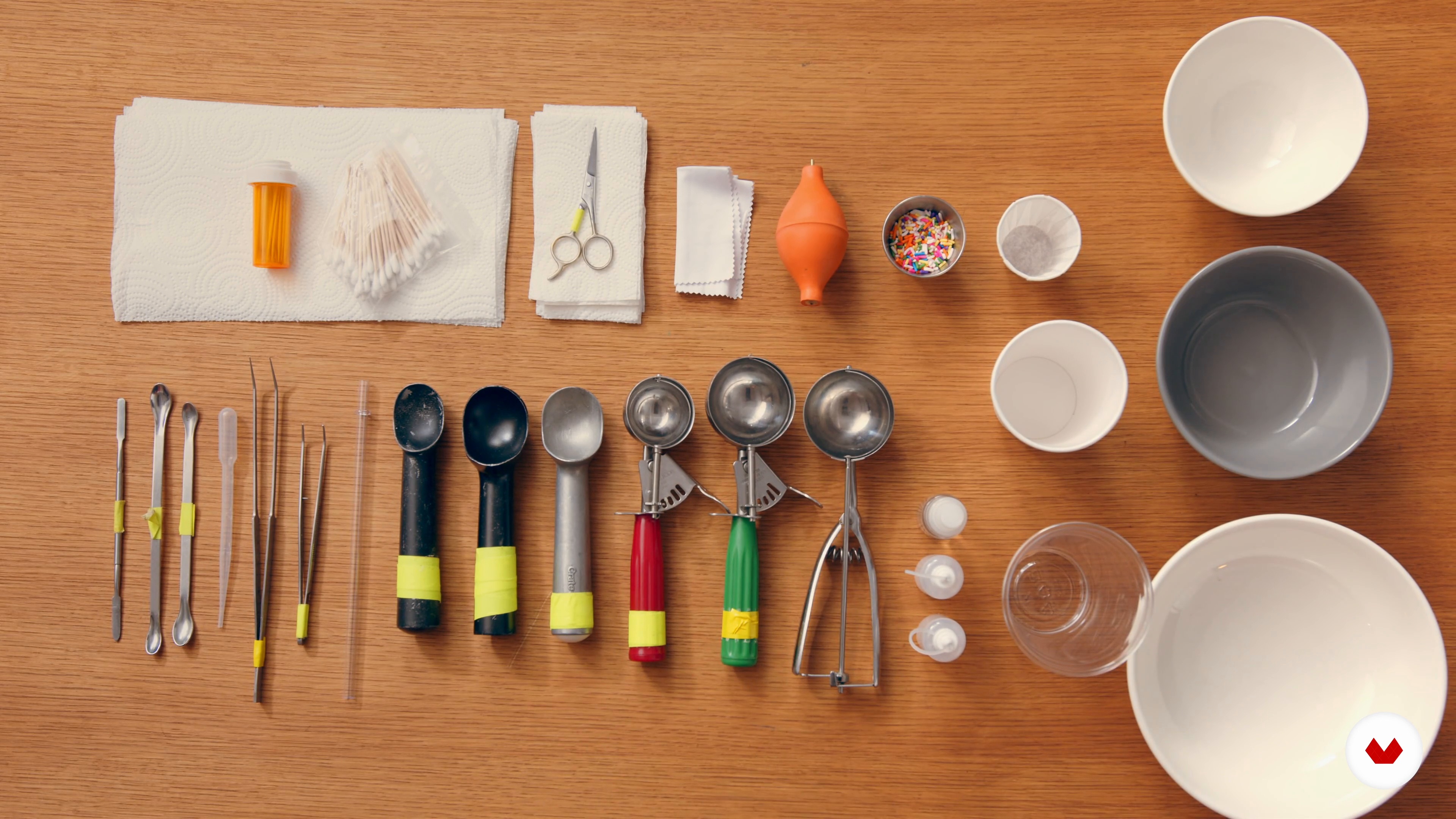
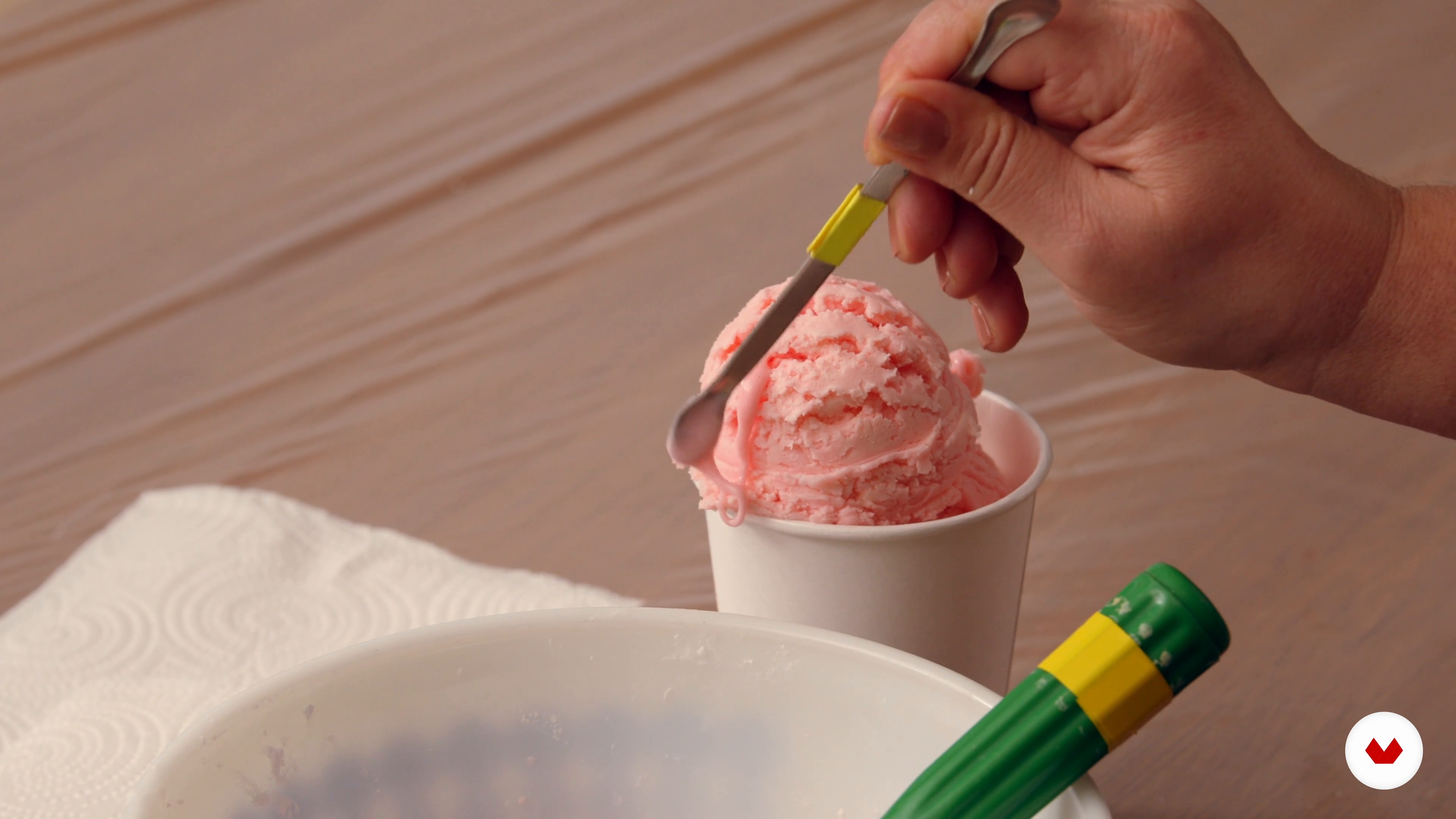

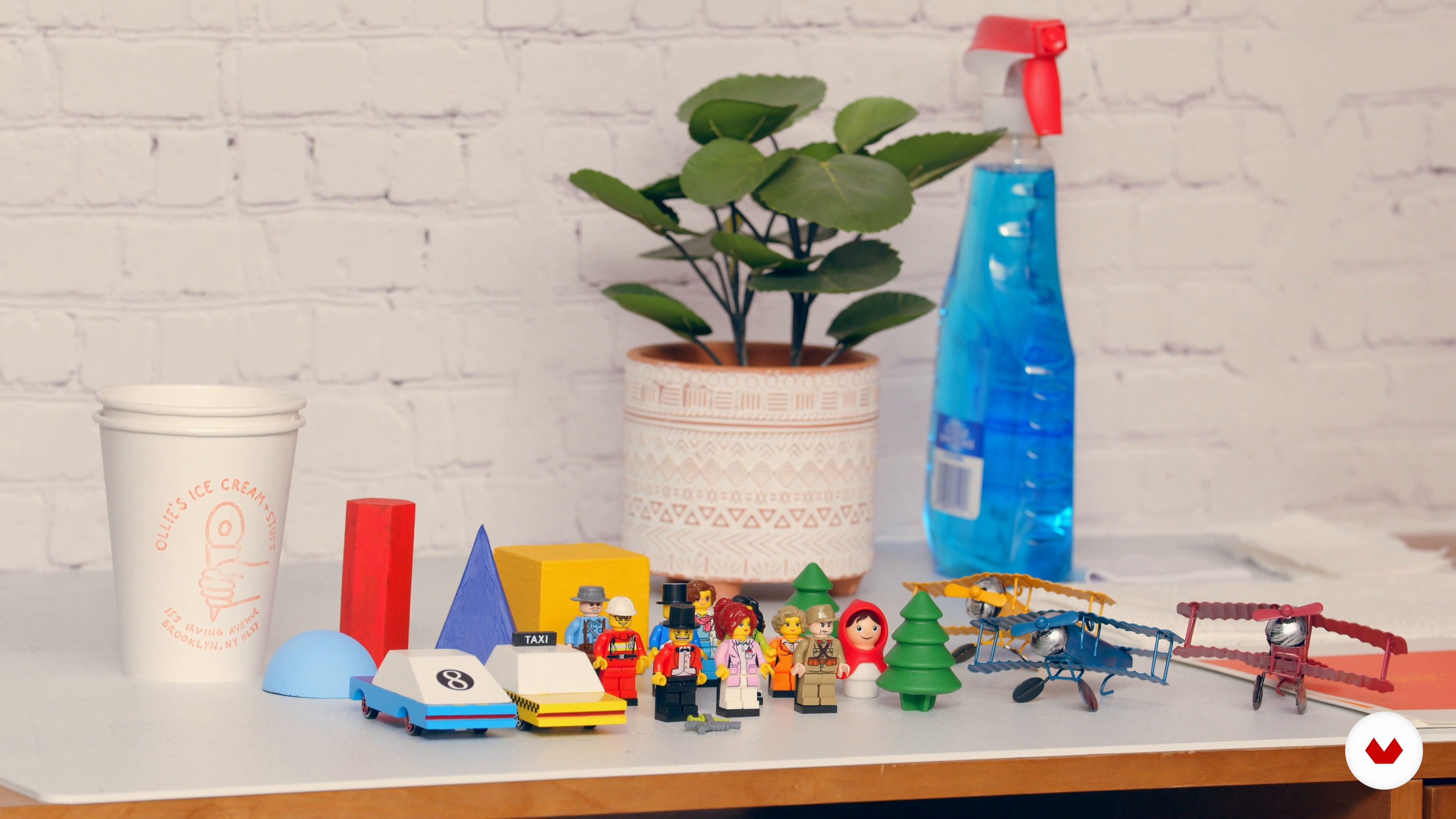
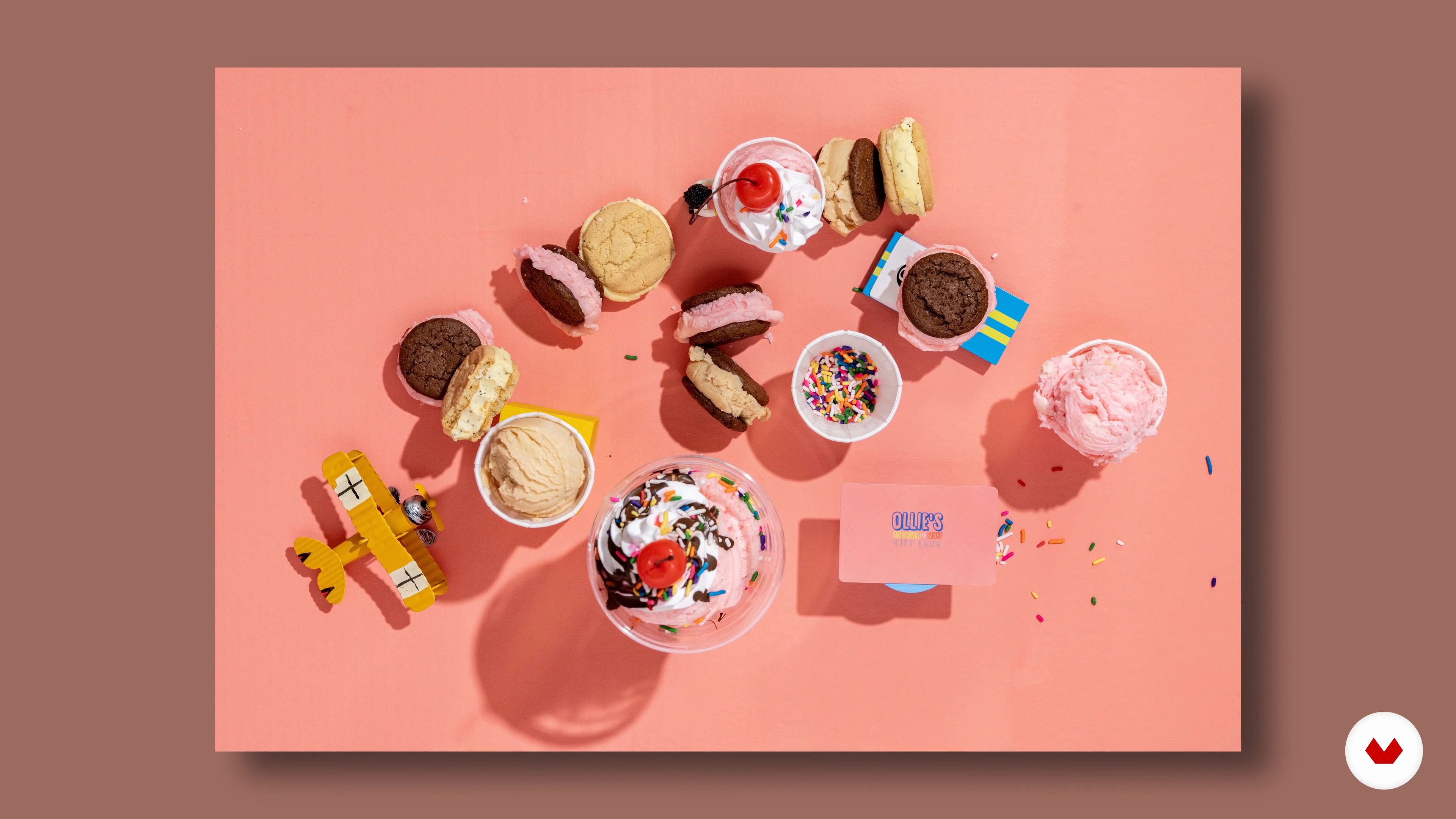
- 57 students
- 74 lessons (13h 29m)
- 99 additional resources (39 files)
- Online and at your own pace
- Audio: Spanish, German, English, French, Italian, Dutch, Polish, Portuguese, Turkish
- Spanish · English · Portuguese · German · French · Italian · Polish · Dutch · Turkish
- Level: Beginner
- Unlimited access forever
What is this course's project?
You'll develop a collection of artisanal chocolates with unique flavor combinations and visually striking designs, using texture techniques to create pieces that stand out for their creativity and visual appeal in the world of chocolate.
Who is this specialization for?
Chocolate lovers and design professionals alike seek to master the art of transforming cocoa into unique creations. Ideal for those who wish to explore innovative textures, surprising flavors, and advanced modeling techniques, taking their passion for chocolate to a professional artistic level.
Requirements and materials
No extensive prior knowledge is required, but basic food handling skills and adequate kitchen space are important. Common baking tools, quality chocolate, molds, spatulas, and measuring utensils are required.

What to expect from this specialization course
-
Learn at your own pace
Enjoy learning from home without a set schedule and with an easy-to-follow method. You set your own pace.
-
Learn from the best professionals
Learn valuable methods and techniques explained by top experts in the creative sector.
-
Meet expert teachers
Each expert teaches what they do best, with clear guidelines, true passion, and professional insight in every lesson.
-
Certificates
PlusIf you're a Plus member, get a custom certificate for every specialization course. Share it on your portfolio, social media, or wherever you like.
-
Get front-row seats
Videos of the highest quality, so you don't miss a single detail. With unlimited access, you can watch them as many times as you need to perfect your technique.
-
Share knowledge and ideas
Ask questions, request feedback, or offer solutions. Share your learning experience with other students in the community who are as passionate about creativity as you are.
-
Connect with a global creative community
The community is home to millions of people from around the world who are curious and passionate about exploring and expressing their creativity.
-
Watch professionally produced courses
Domestika curates its teacher roster and produces every course in-house to ensure a high-quality online learning experience.
FAQs
What are Domestika's online courses?
Domestika courses are online classes that allow you to learn new skills and create incredible projects. All our courses include the opportunity to share your work with other students and/or teachers, creating an active learning community. We offer different formats:
Original Courses: Complete classes that combine videos, texts, and educational materials to complete a specific project from start to finish.
Basics Courses: Specialized training where you master specific software tools step by step.
Specialization Courses: Learning paths with various expert teachers on the same topic, perfect for becoming a specialist by learning from different approaches.
Guided Courses: Practical experiences ideal for directly acquiring specific skills.
Intensive Courses (Deep Dives): New creative processes based on artificial intelligence tools in an accessible format for in-depth and dynamic understanding.
When do the specialization courses start and when do they finish?
All specialization courses are 100% online, so once they're published, specialization courses start and finish whenever you want. You set the pace of the class. You can go back to review what interests you most and skip what you already know, ask questions, answer questions, share your projects, and more.
What do Domestika's specialization courses include?
The specialization courses are divided into different modules. Each one includes lessons, informational text, tasks, and practice exercises to help you carry out your project step by step, with additional complementary resources and downloads. You'll also have access to an exclusive forum where you can interact with other students, as well as share your work and your final project, creating a community around the specialization courses.
Have you been given a specialization courses?
You can redeem the specialization courses you received by accessing the redeeming page and entering your gift code.




